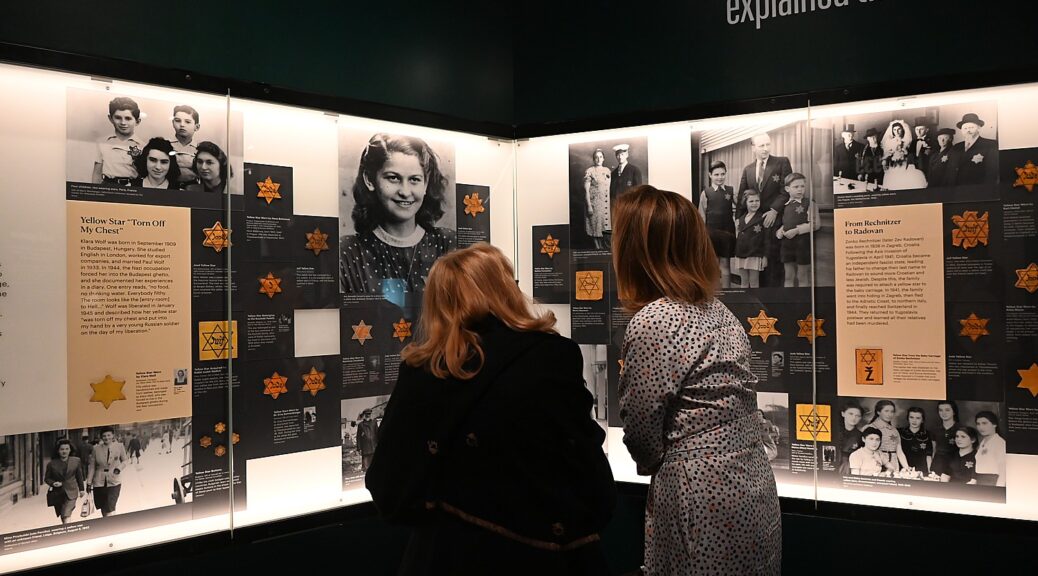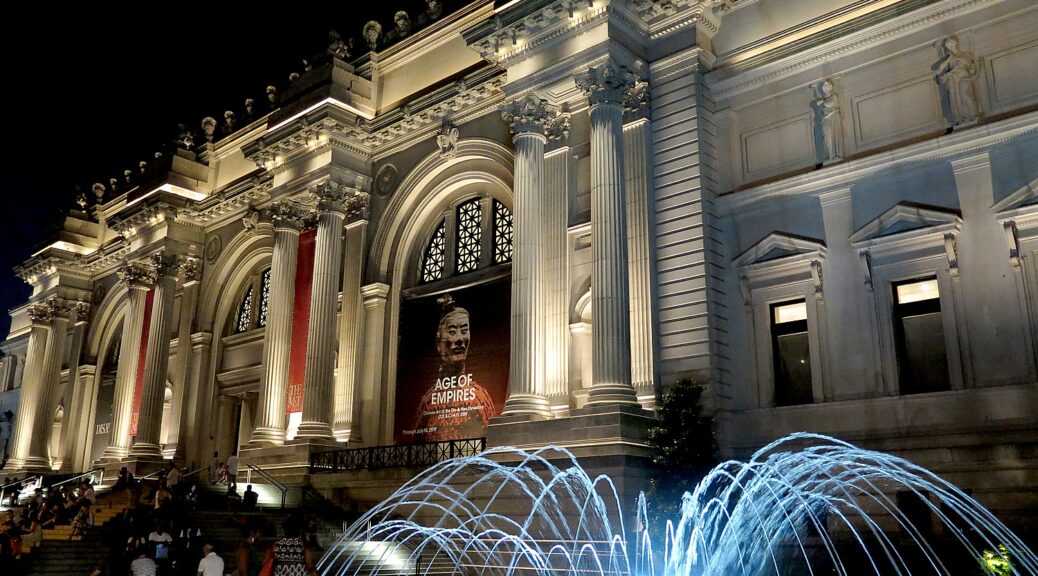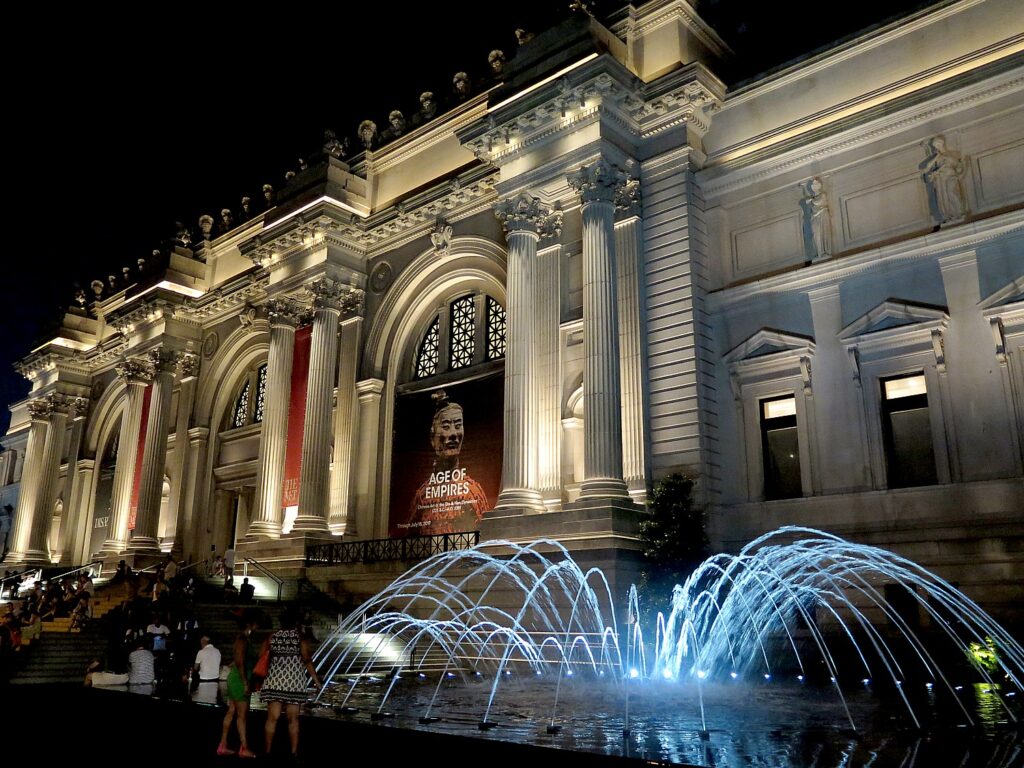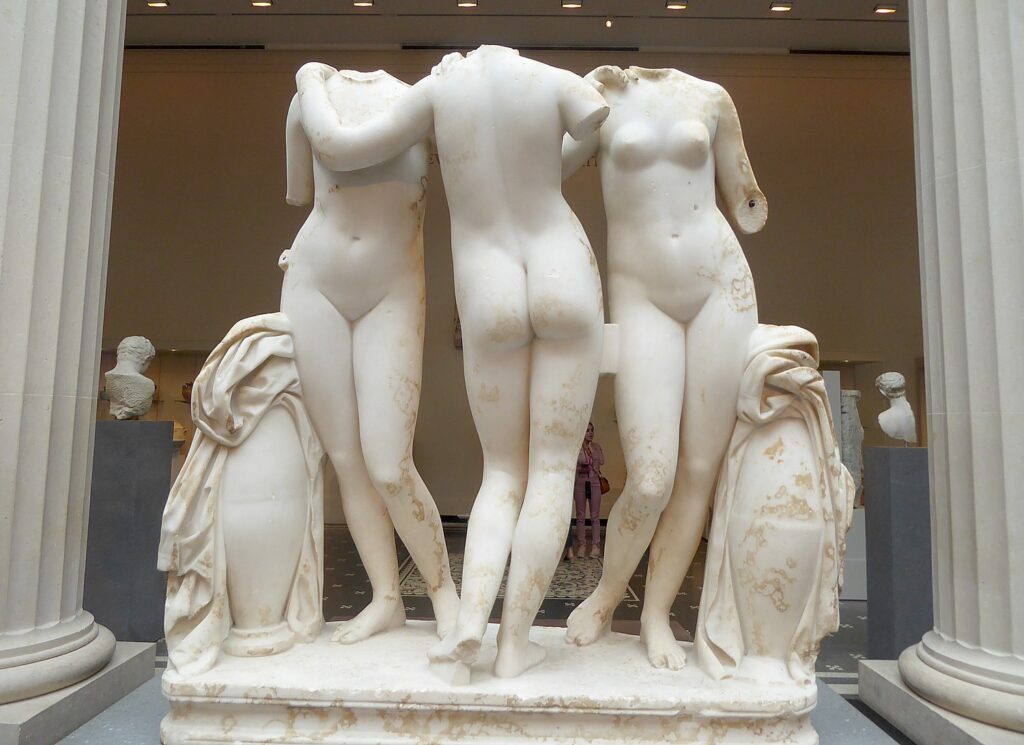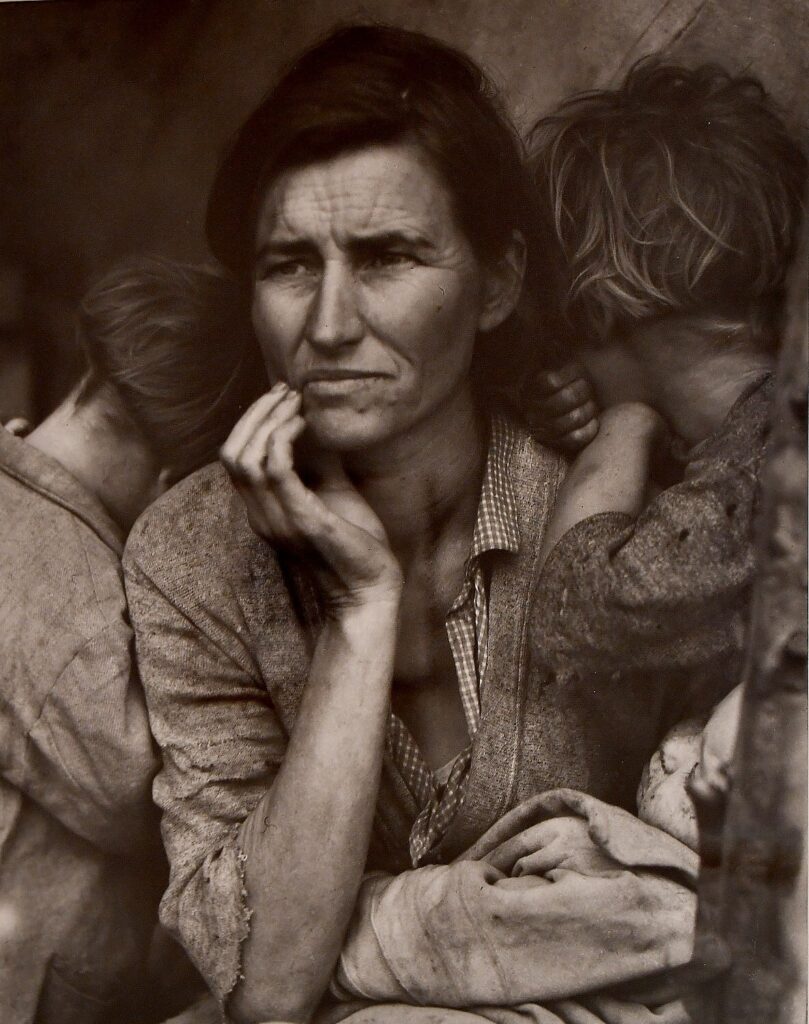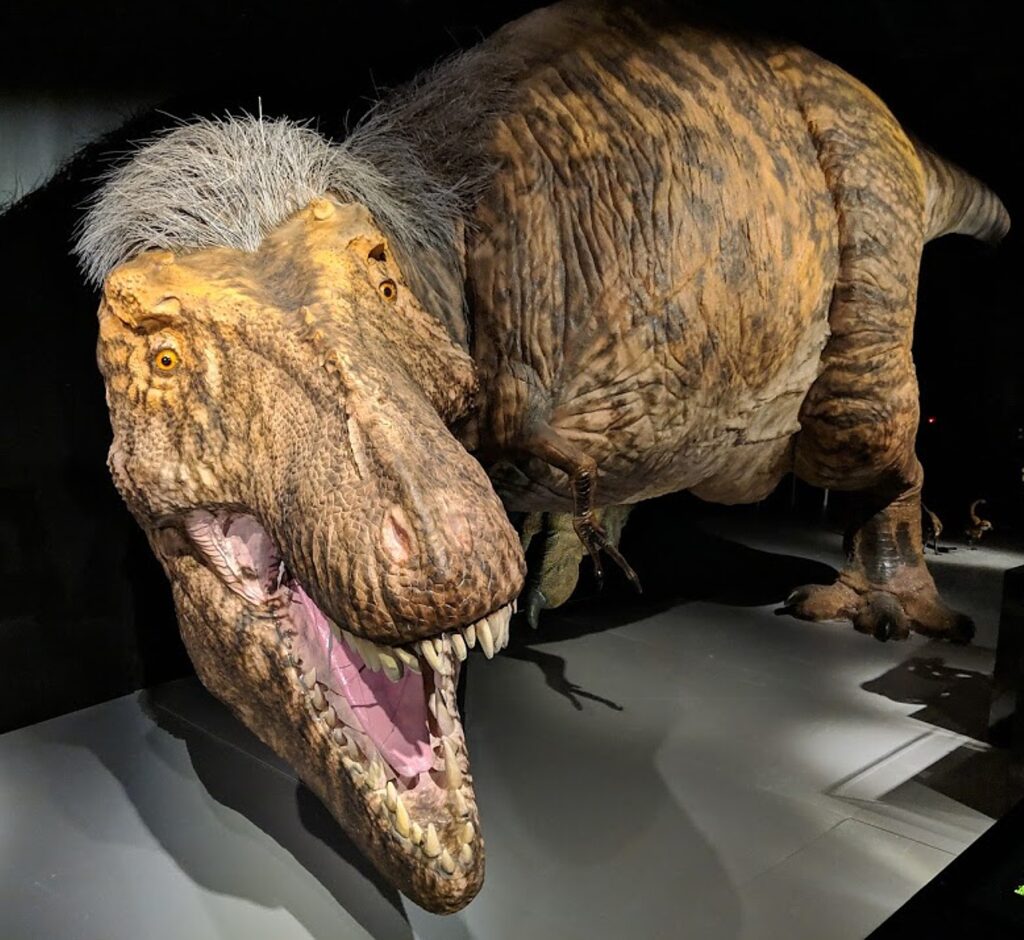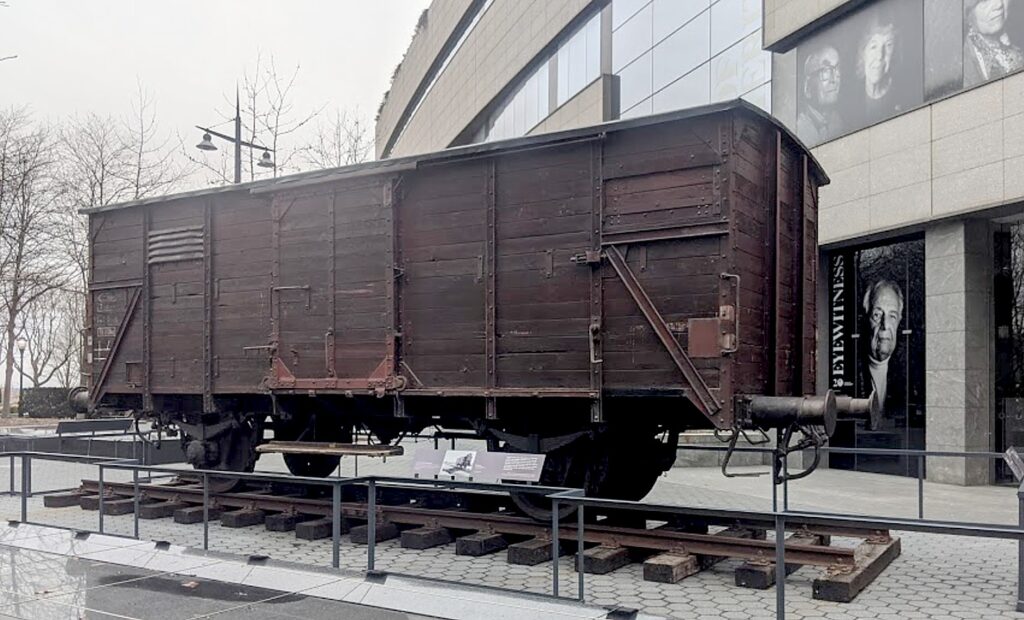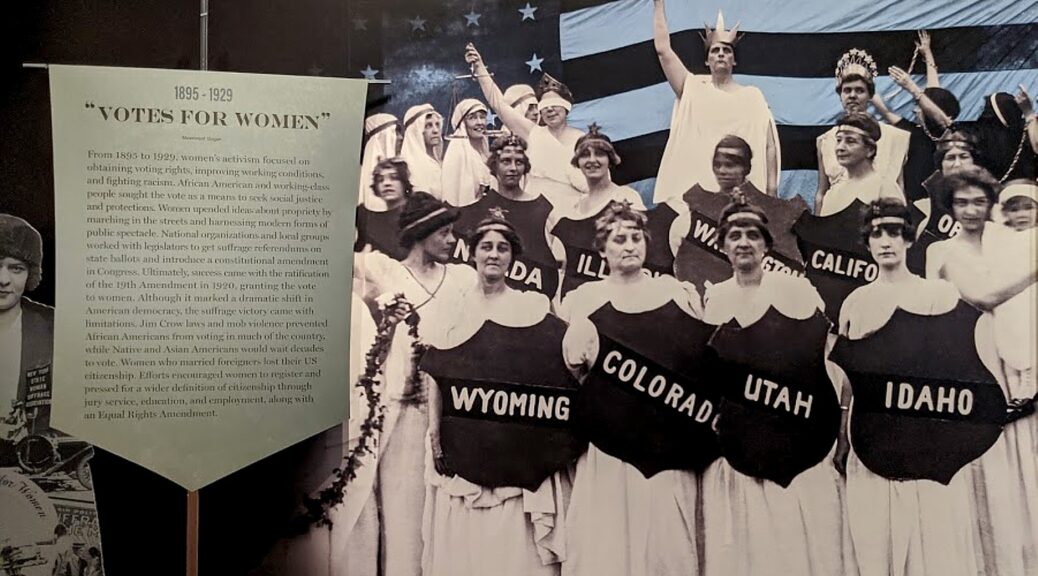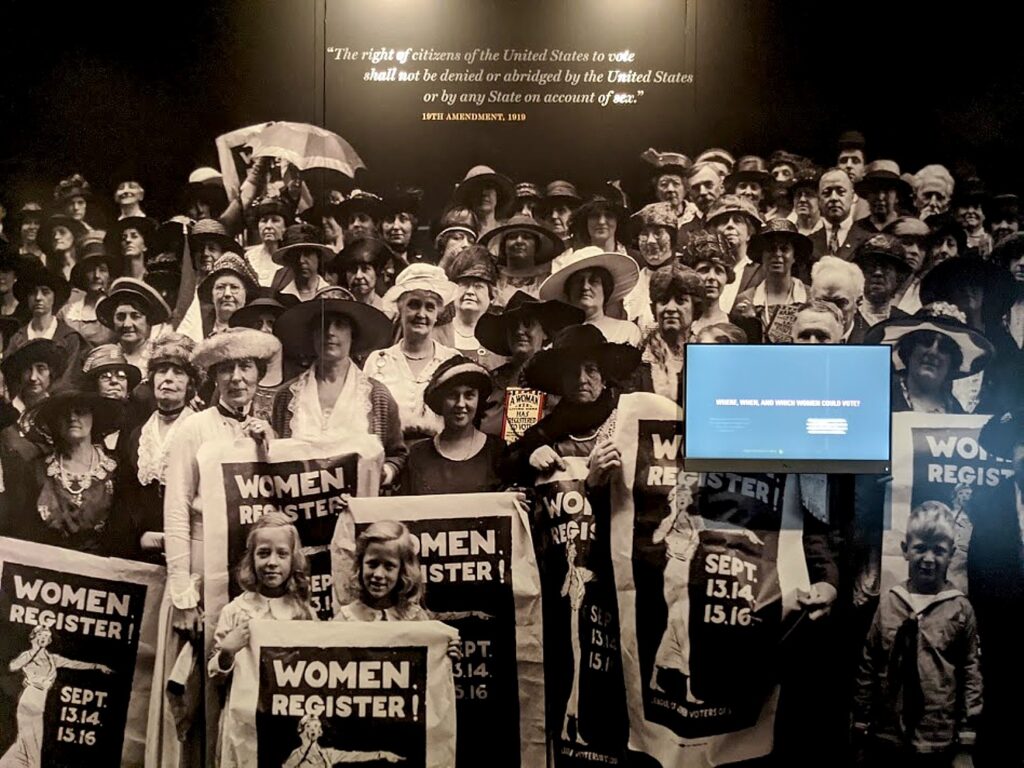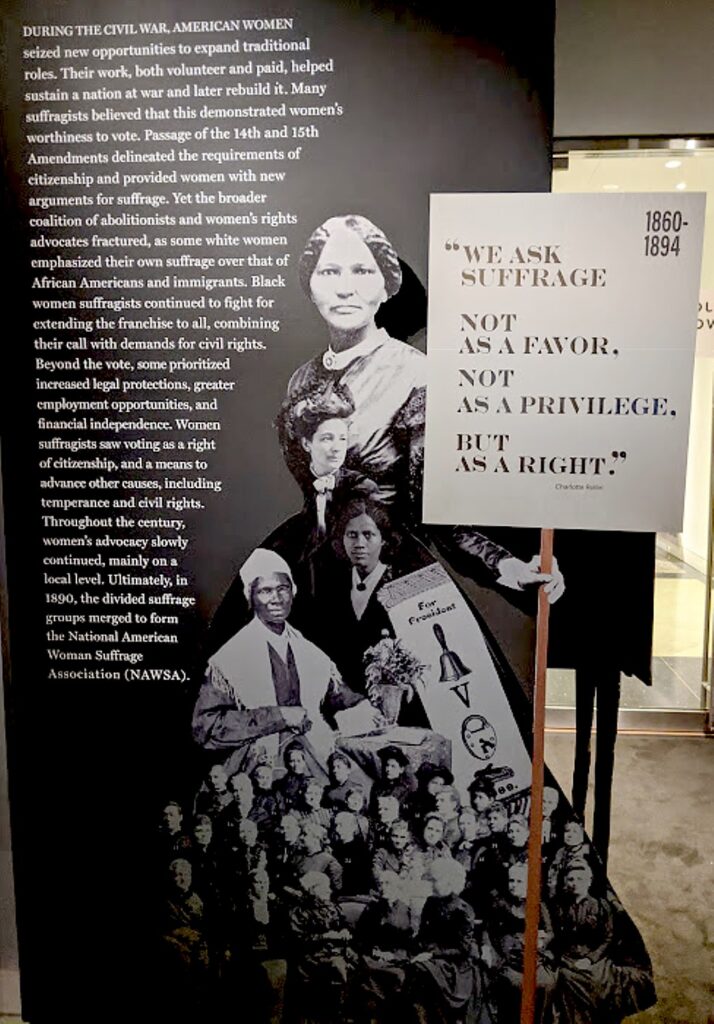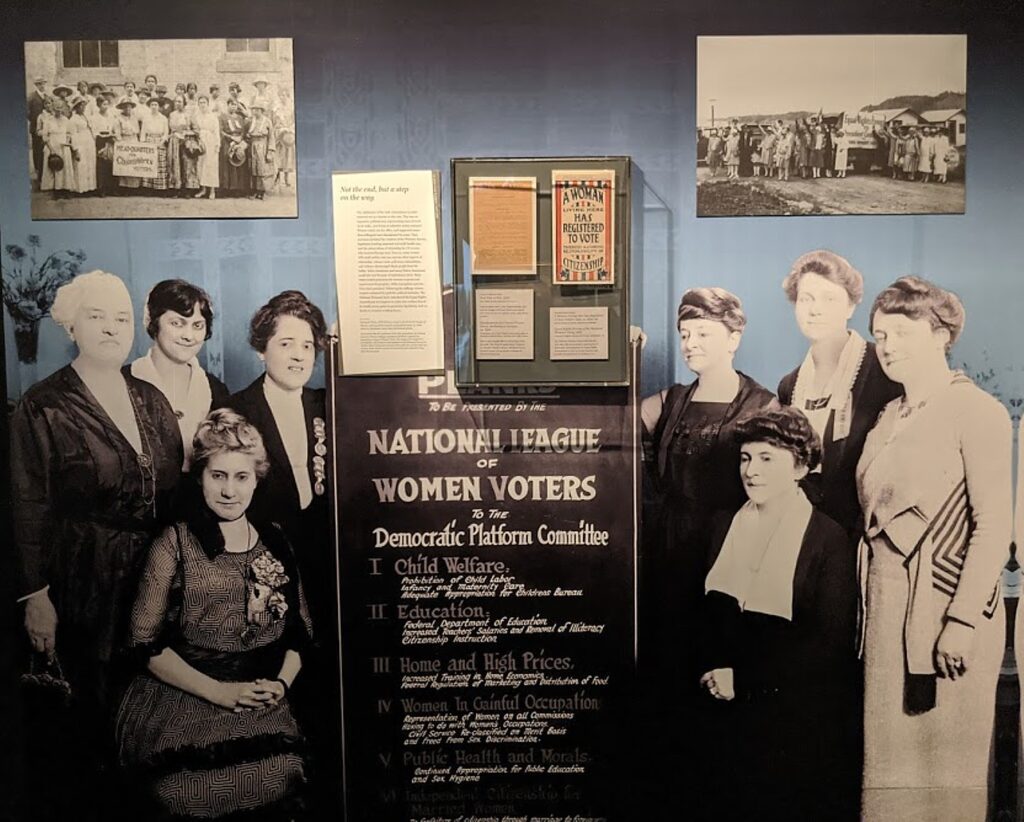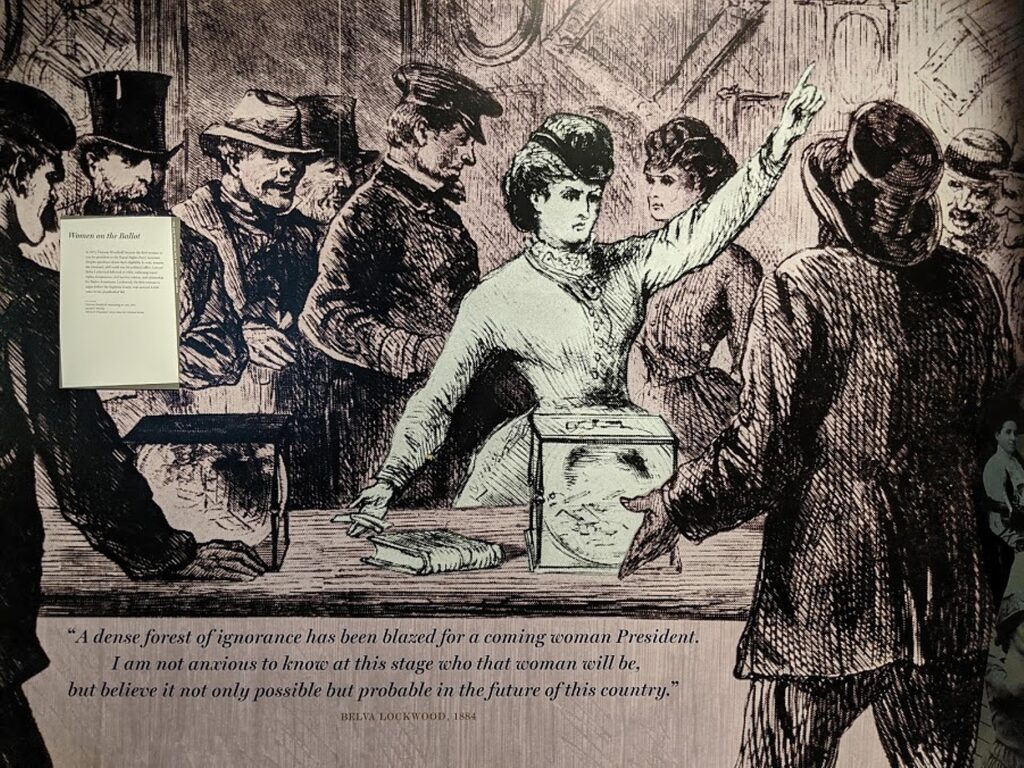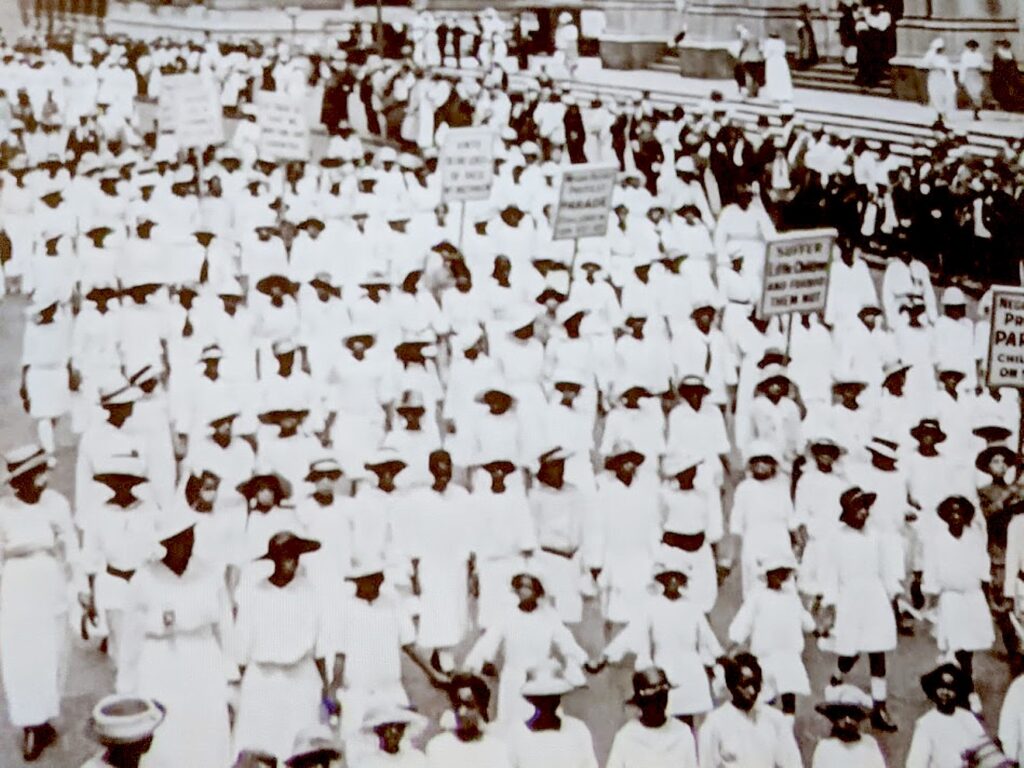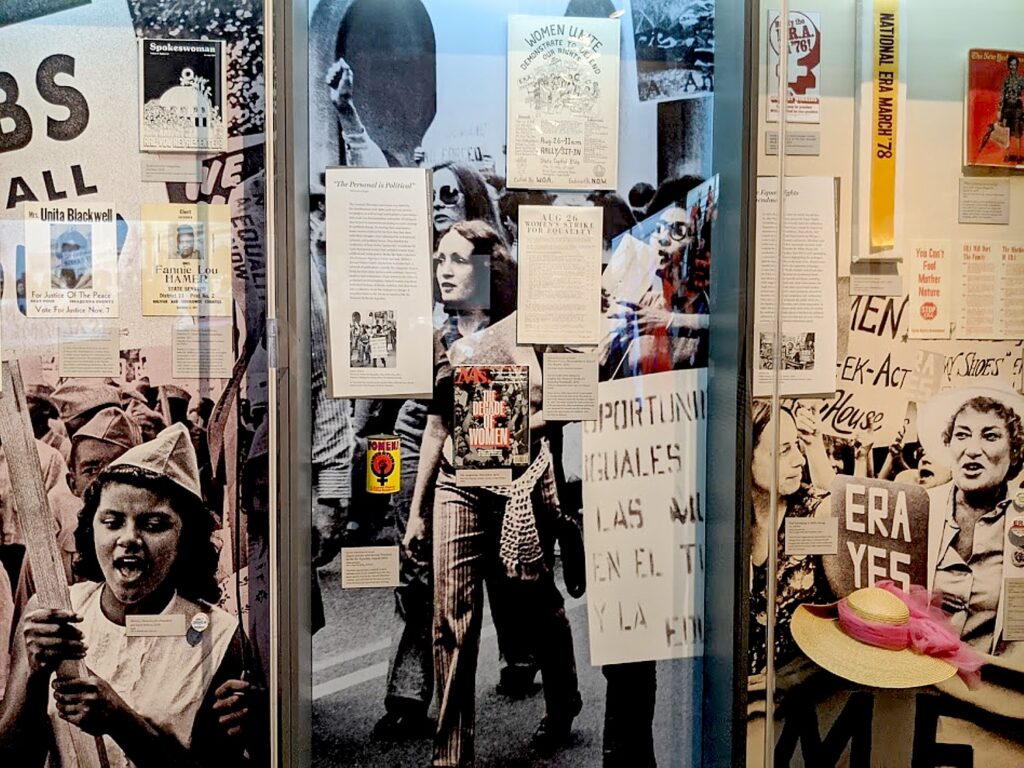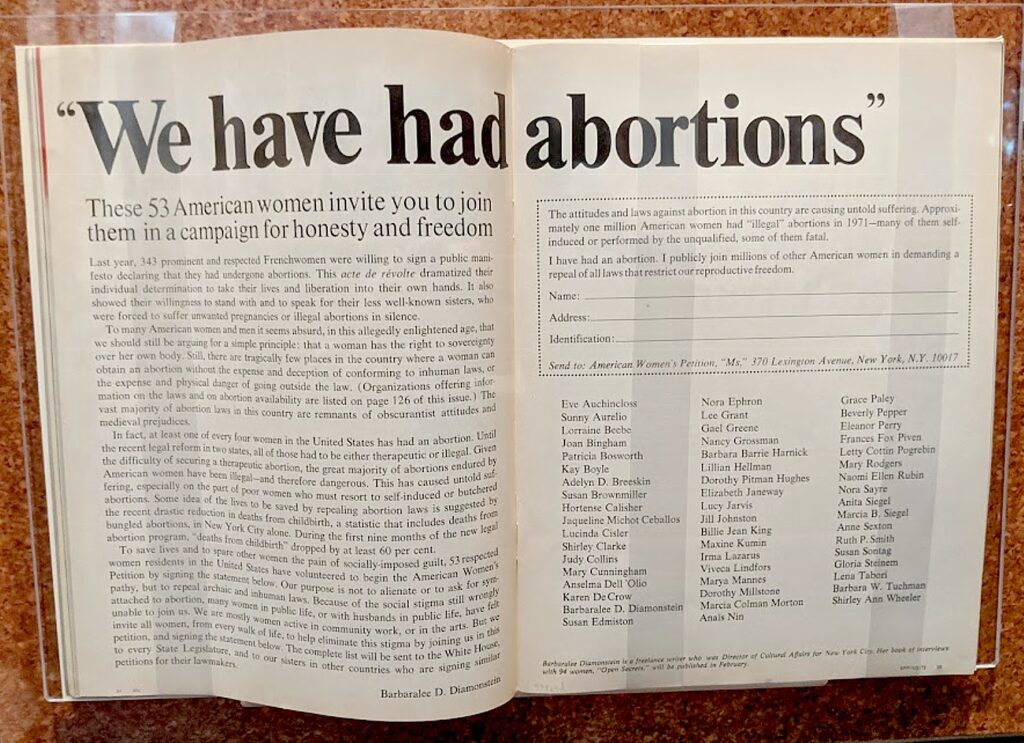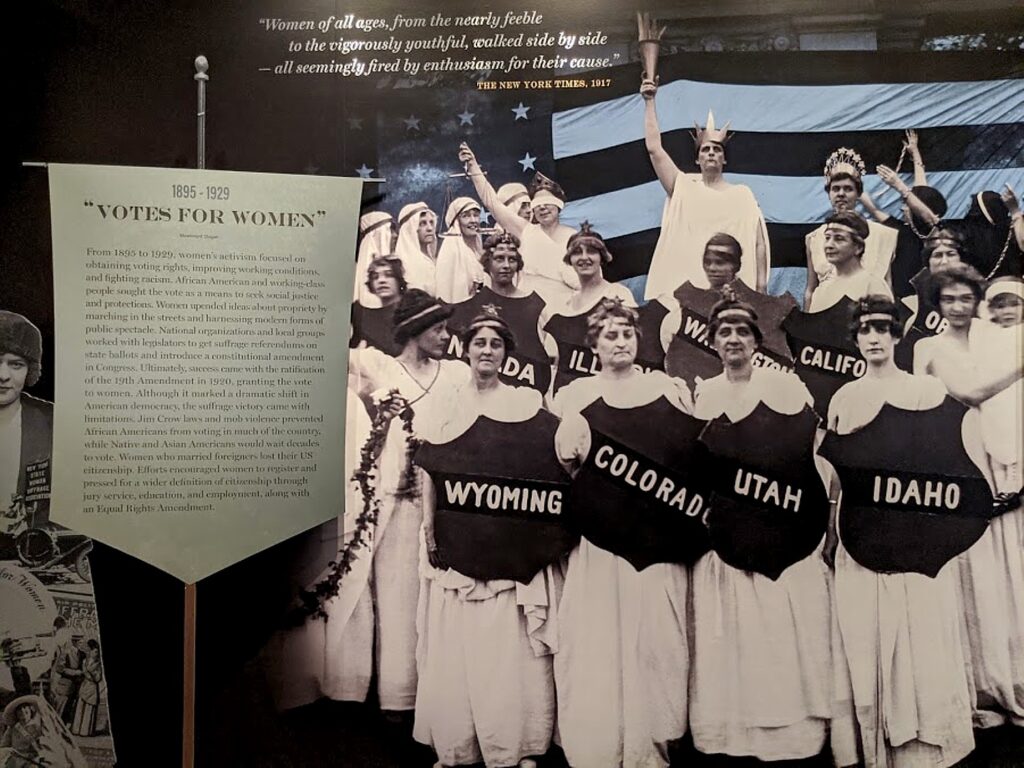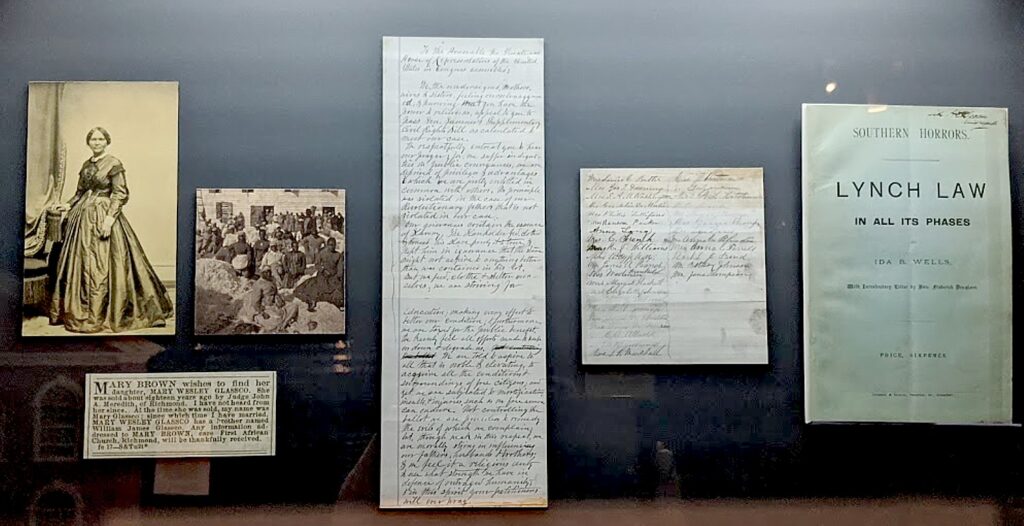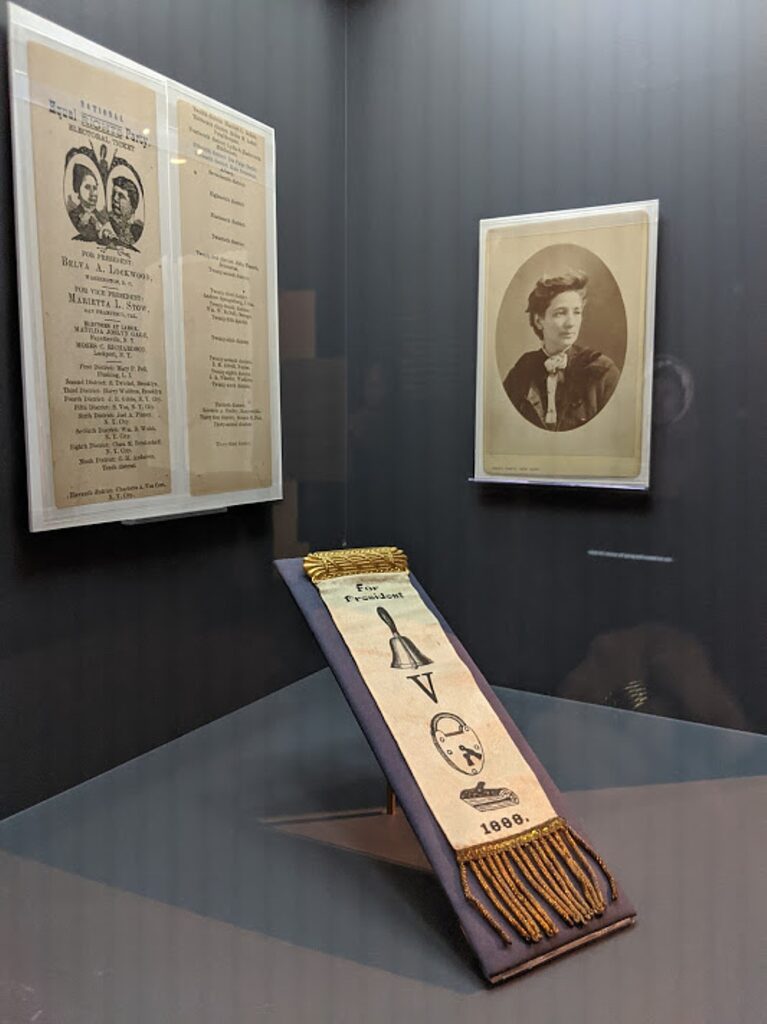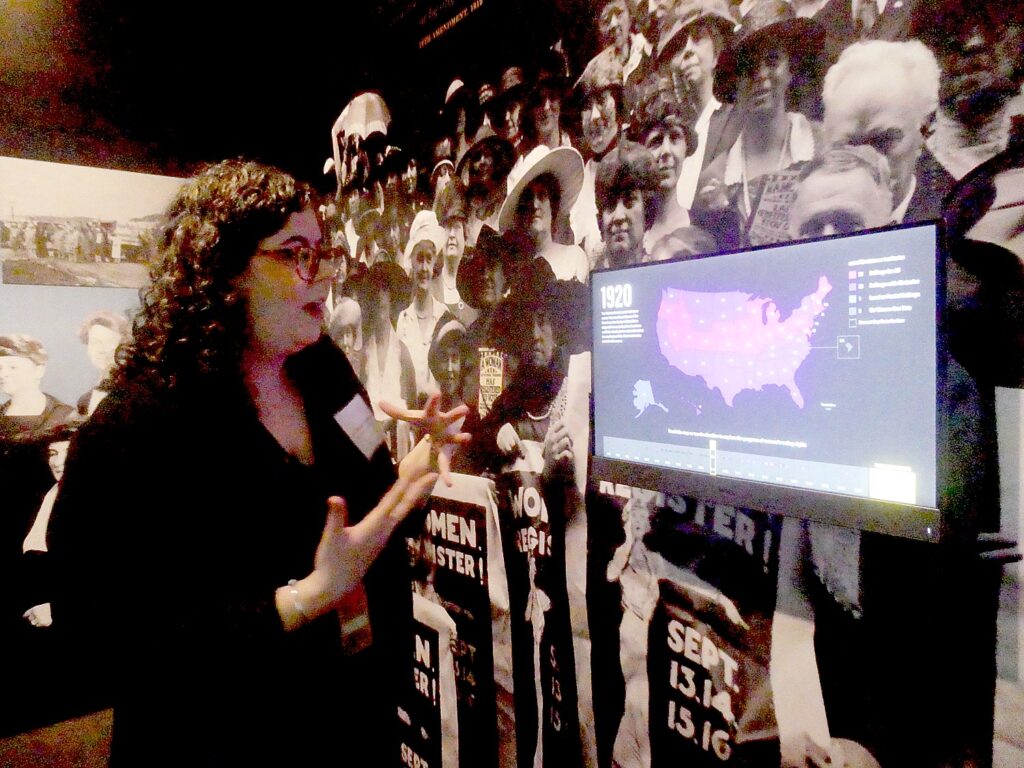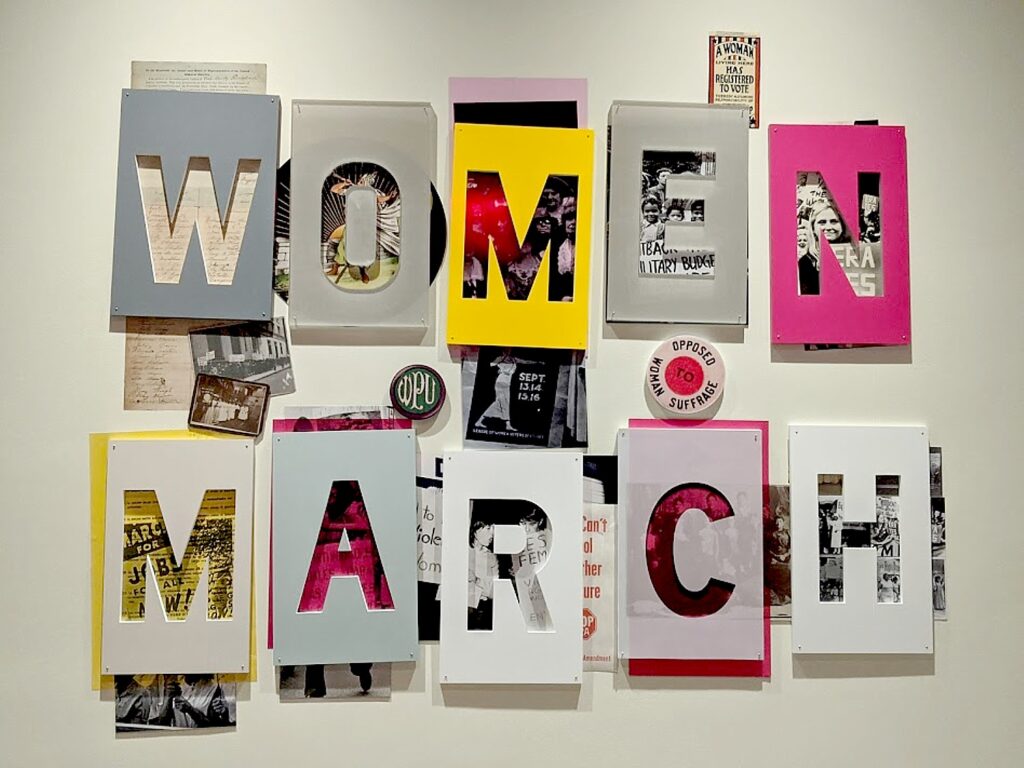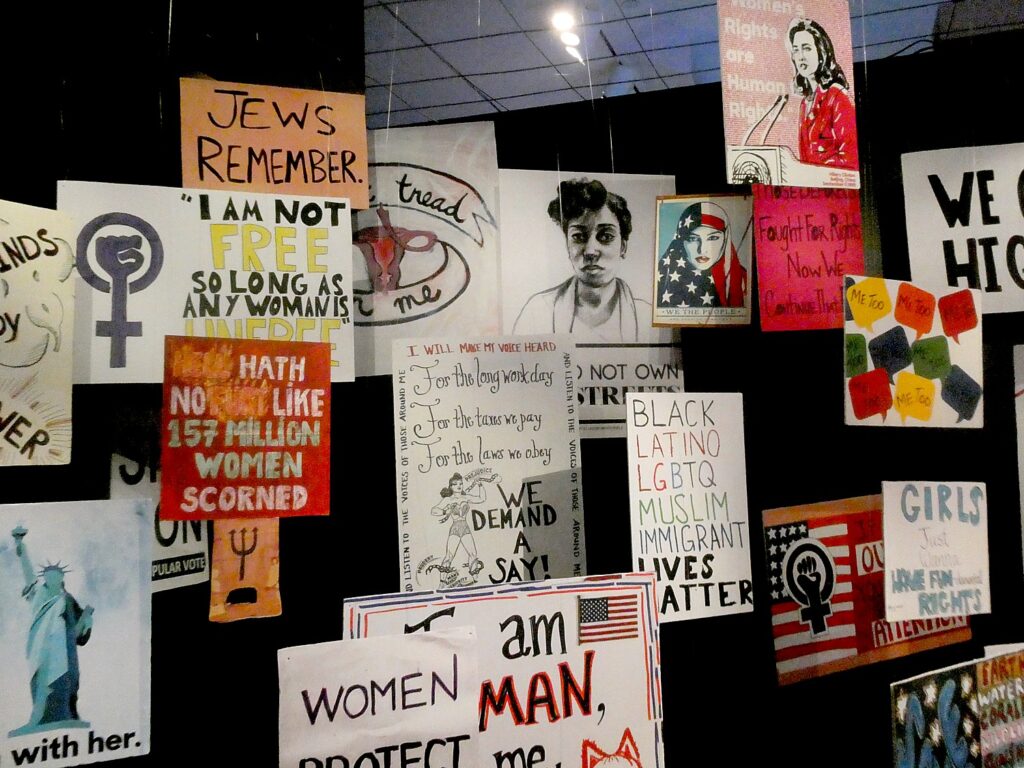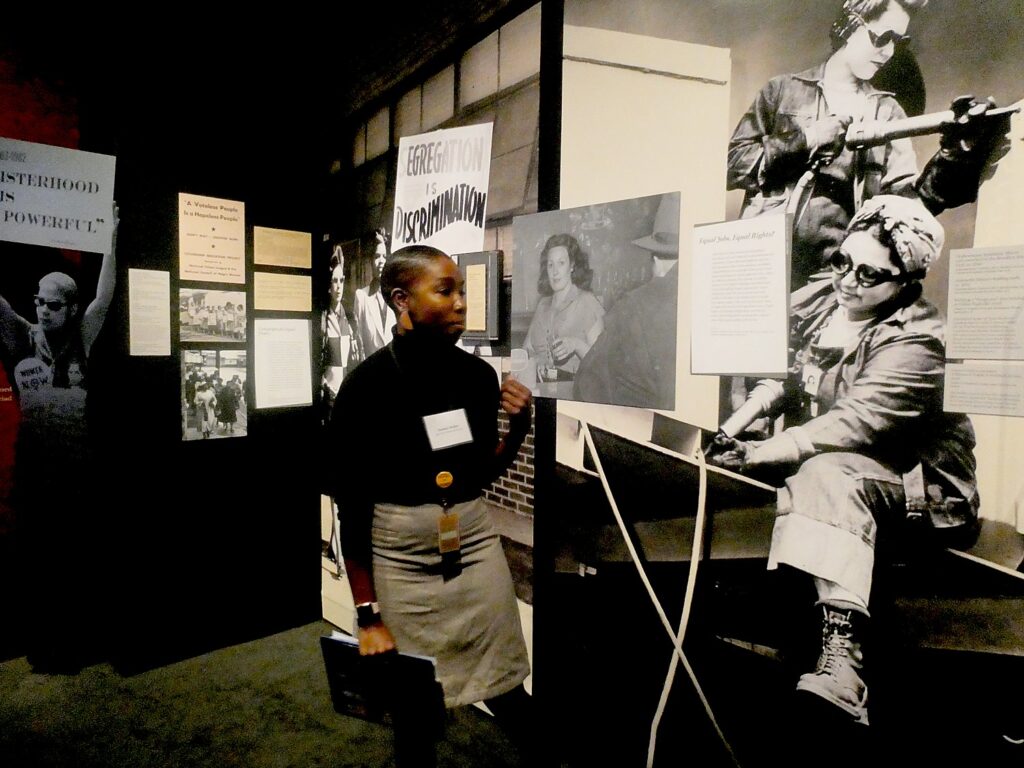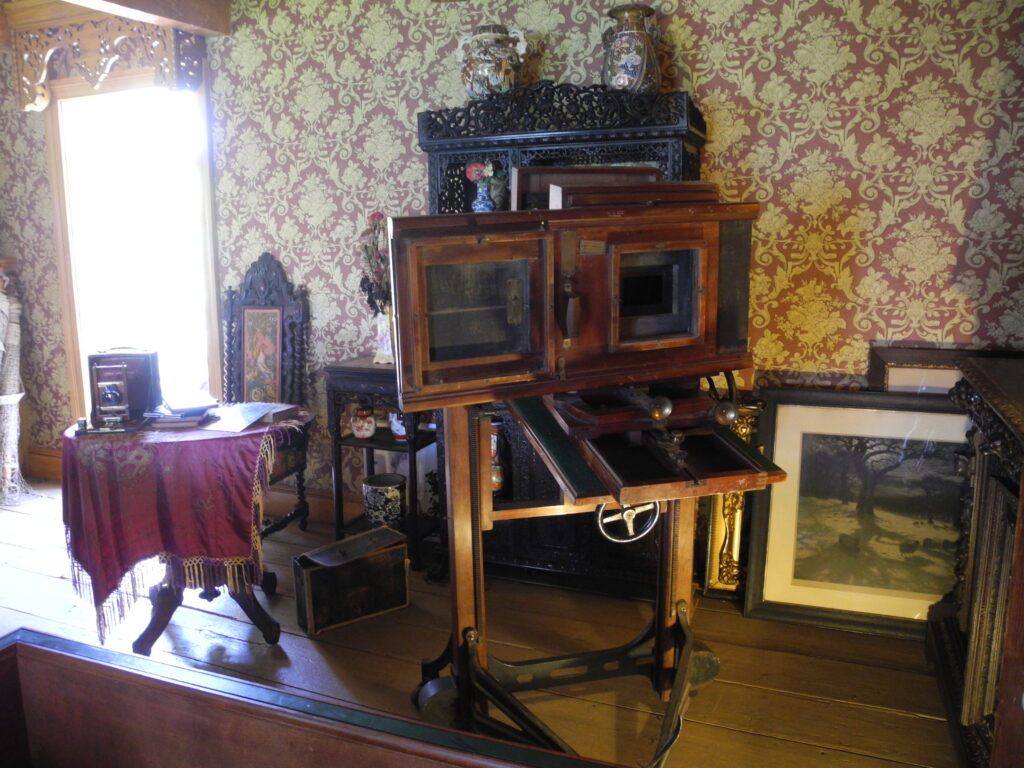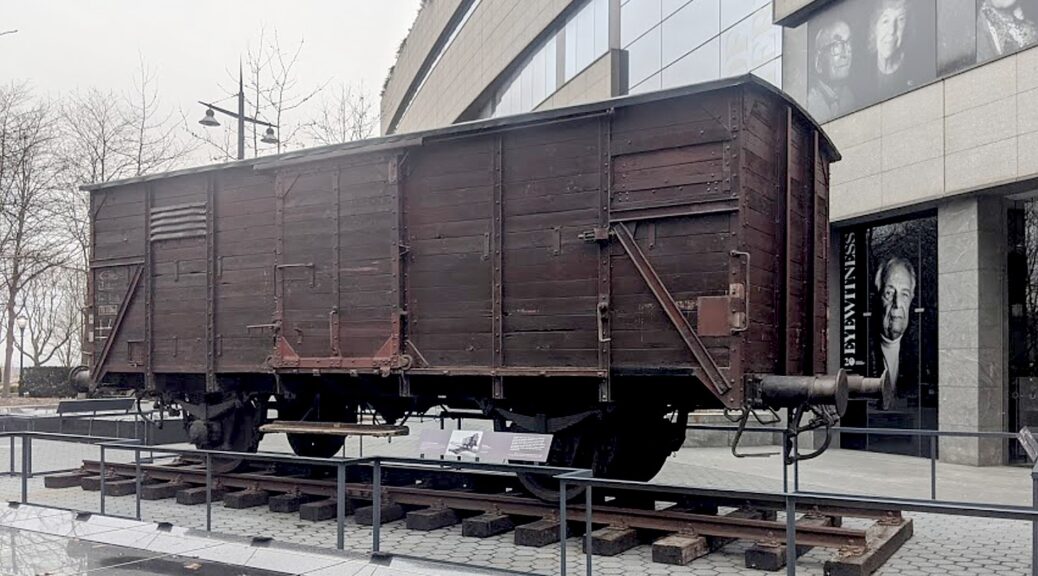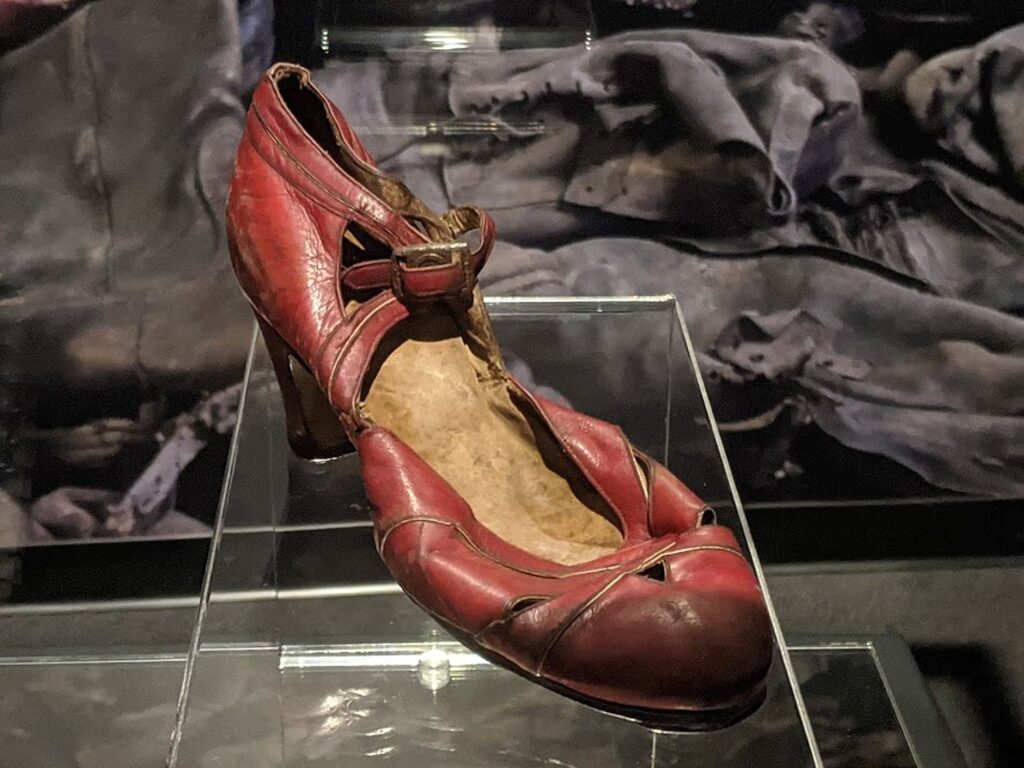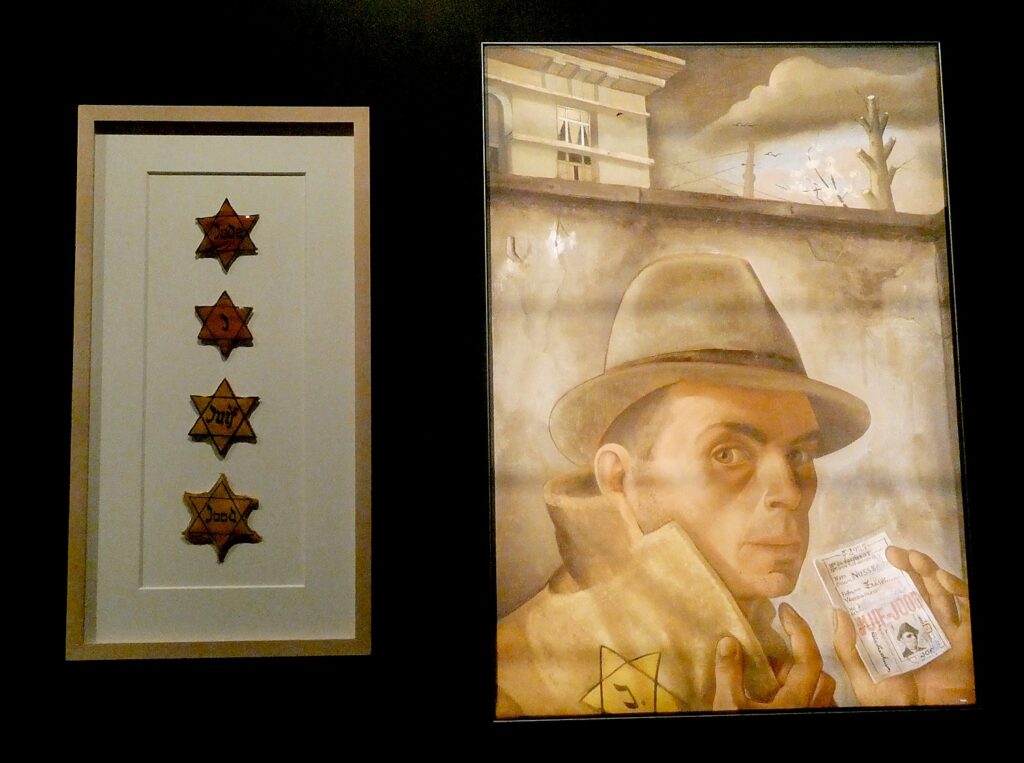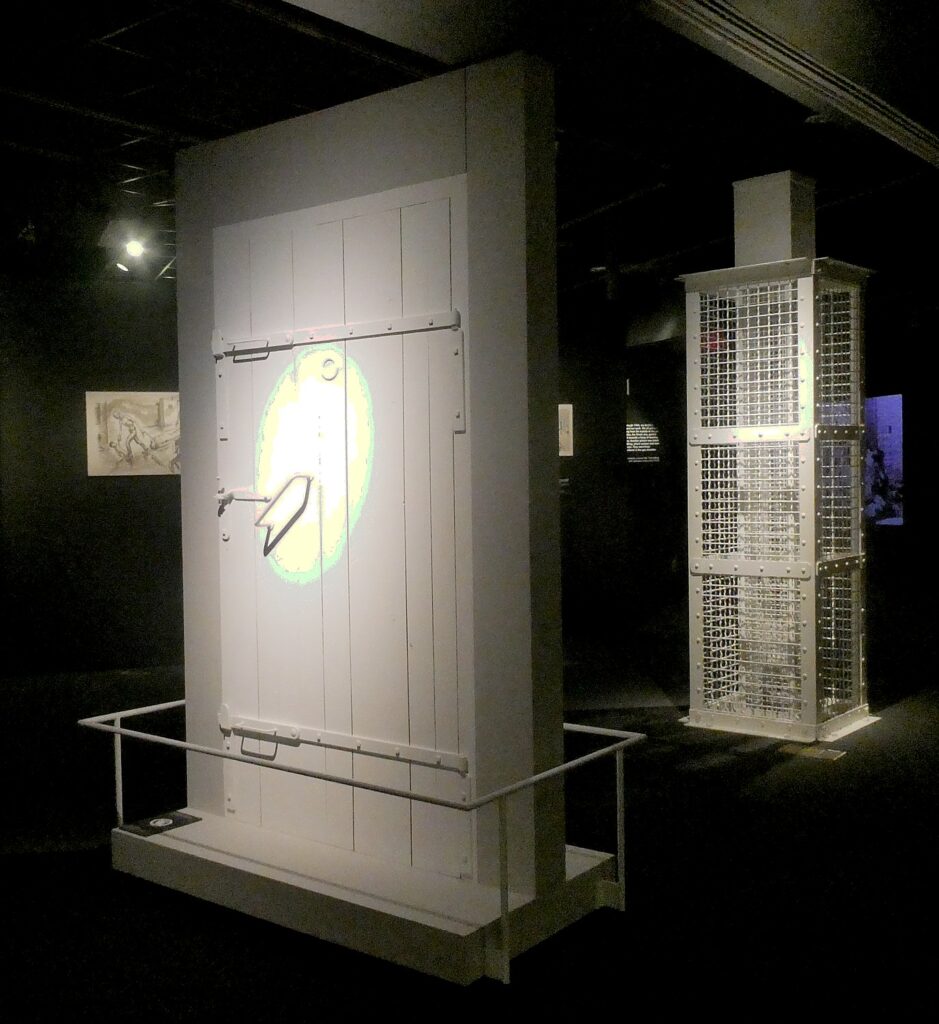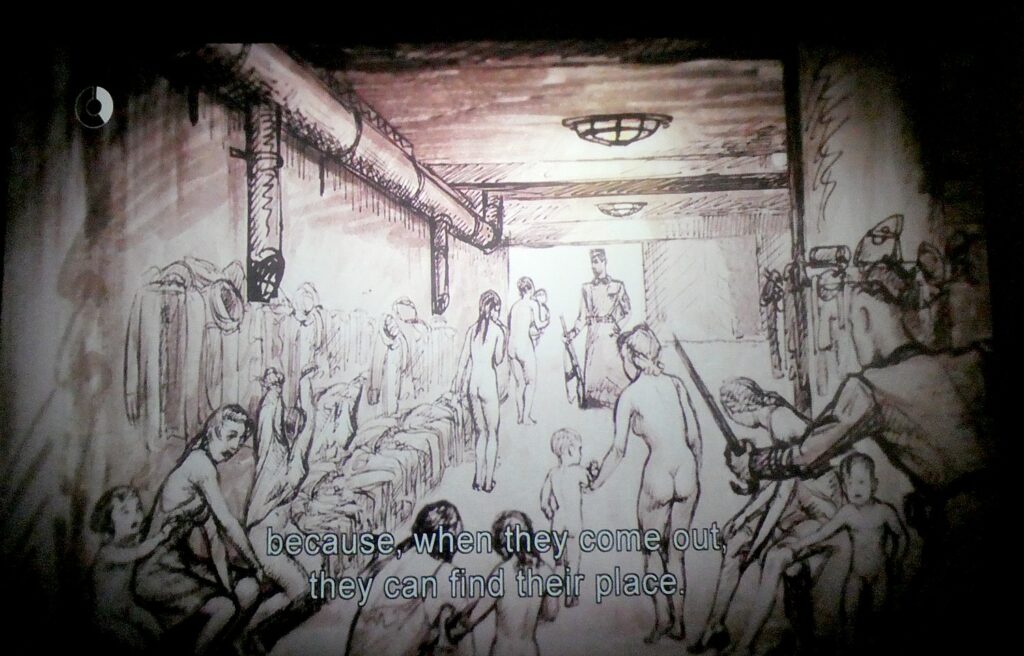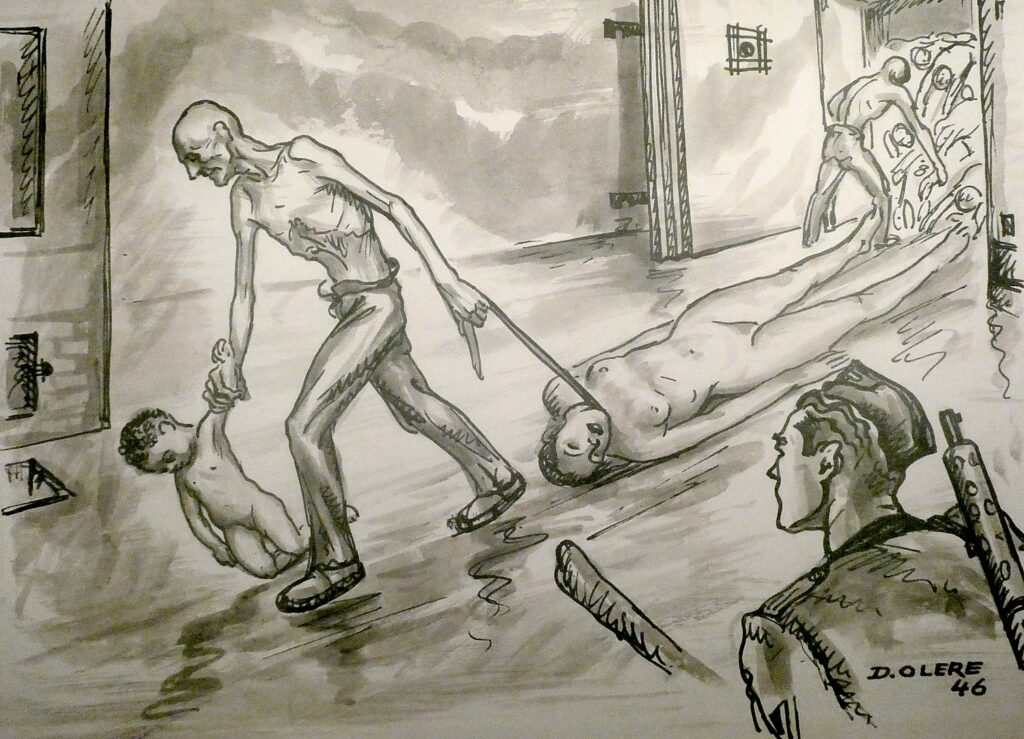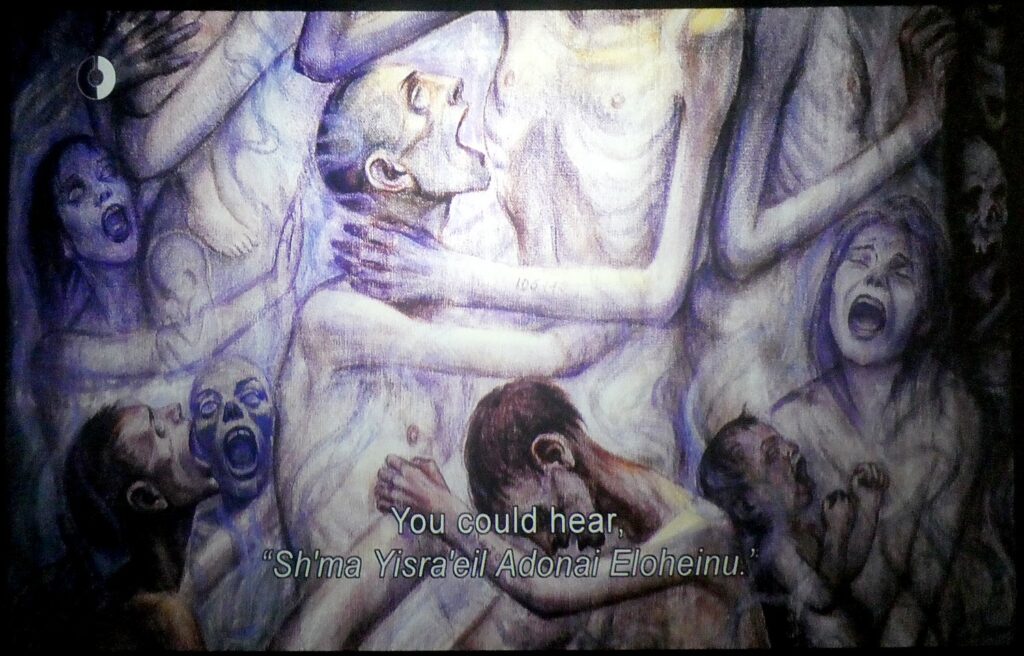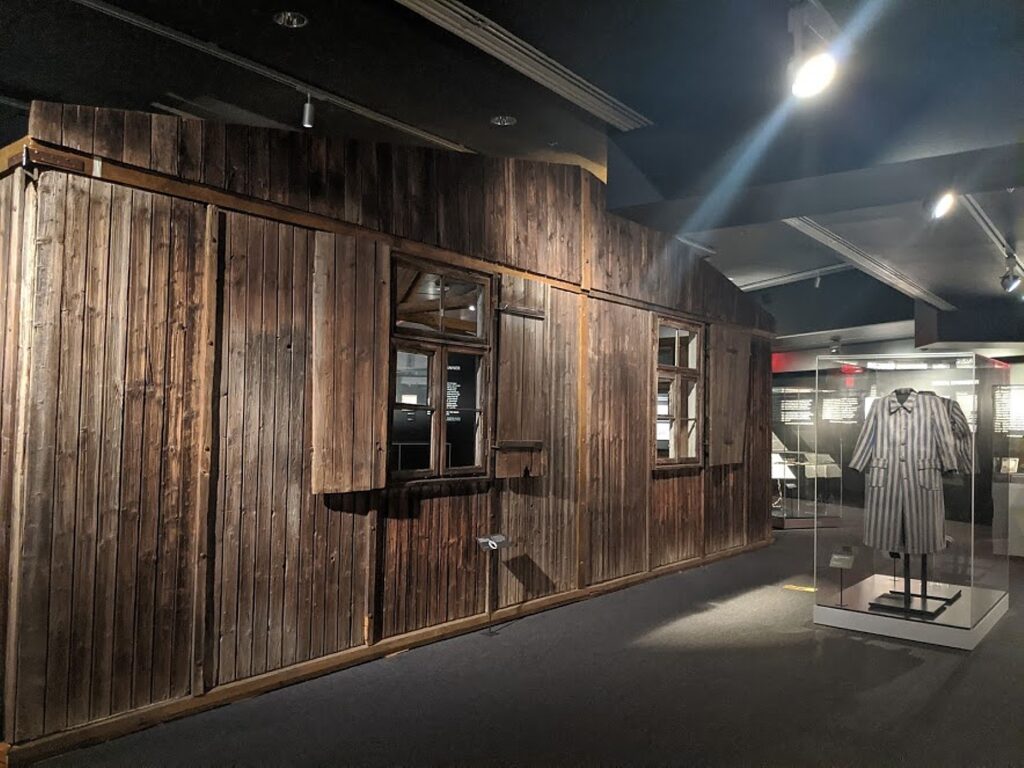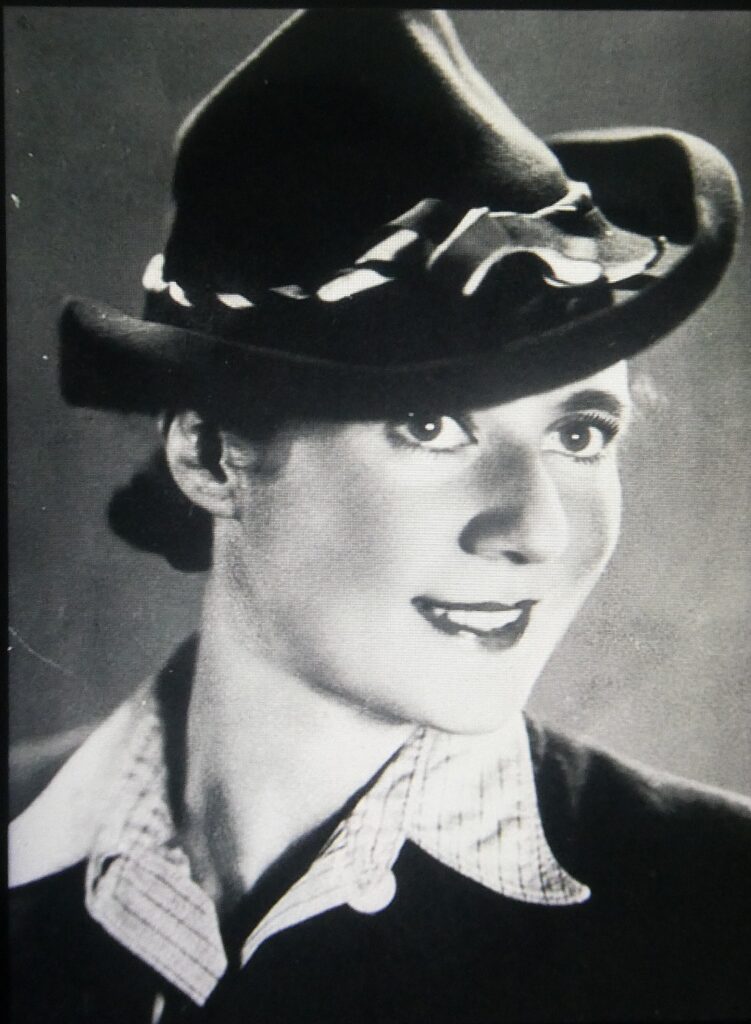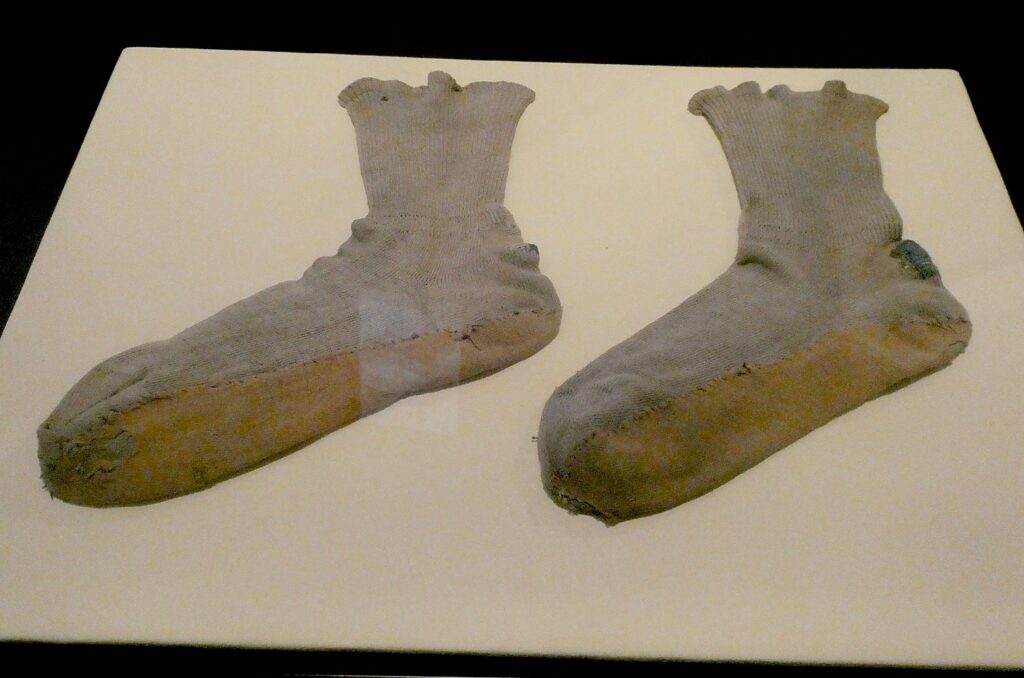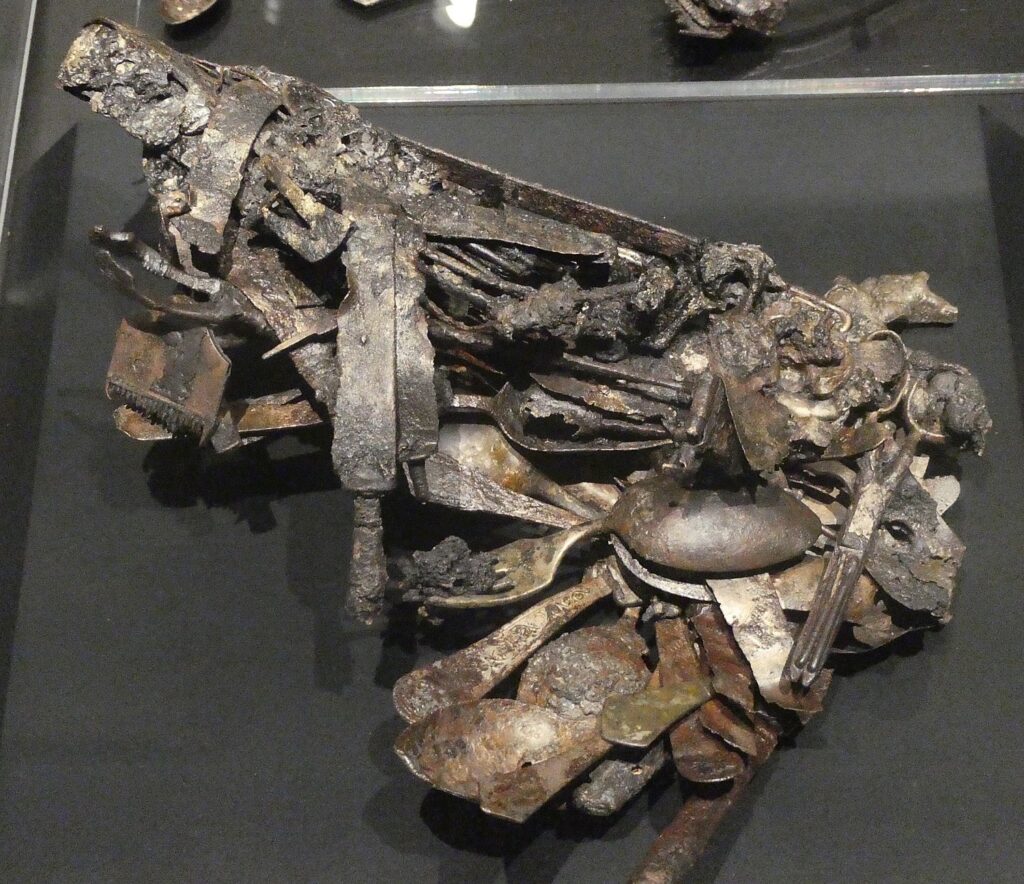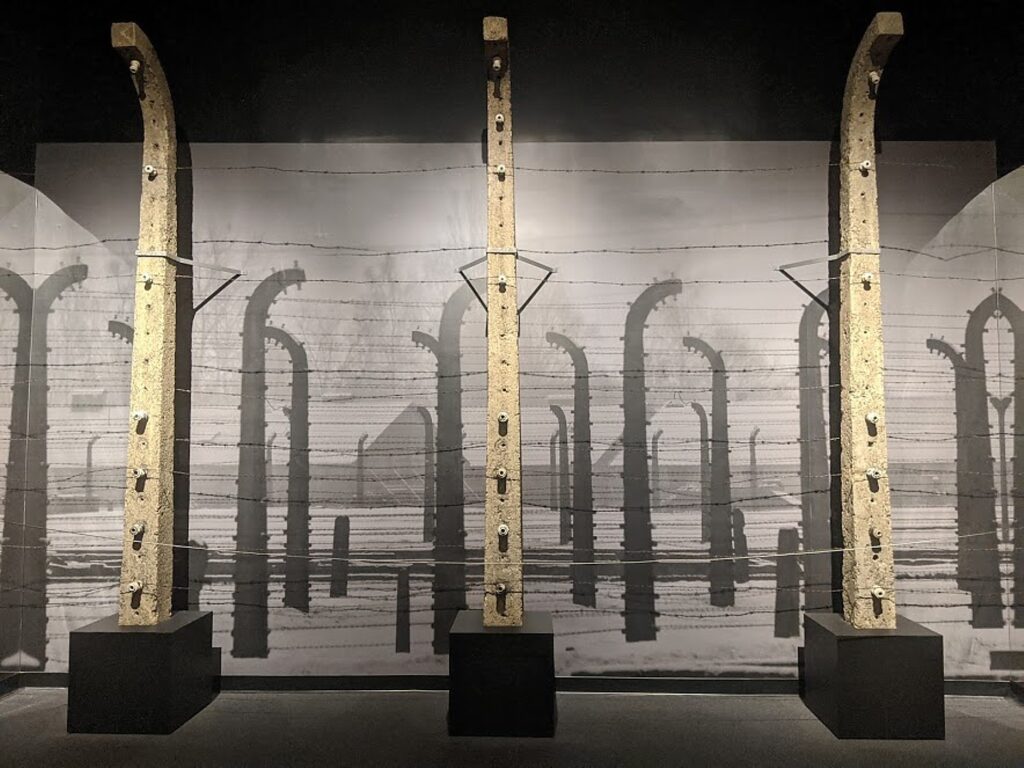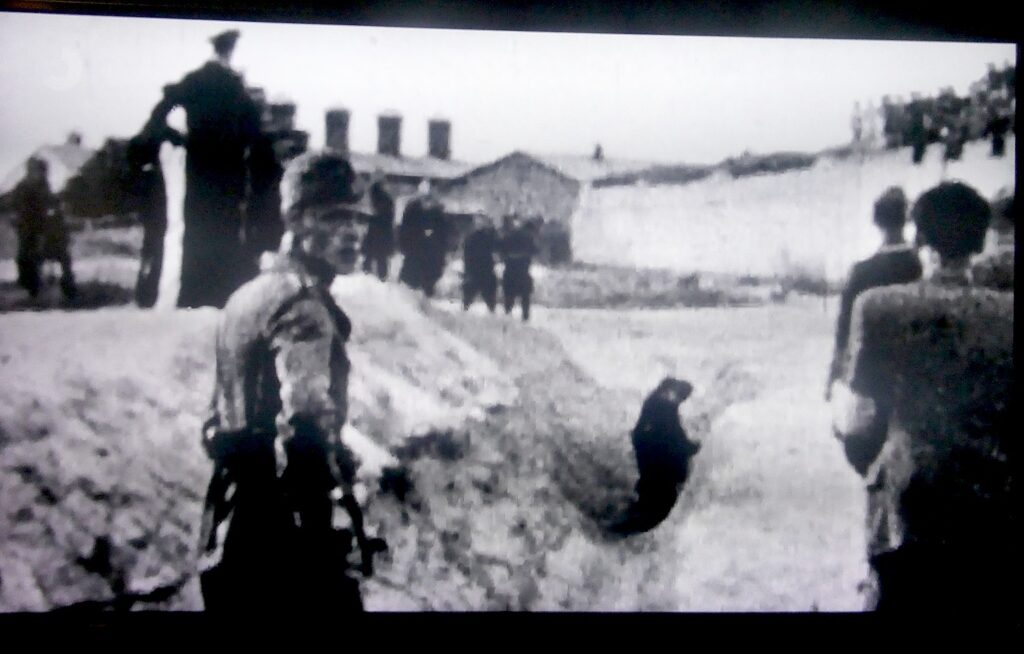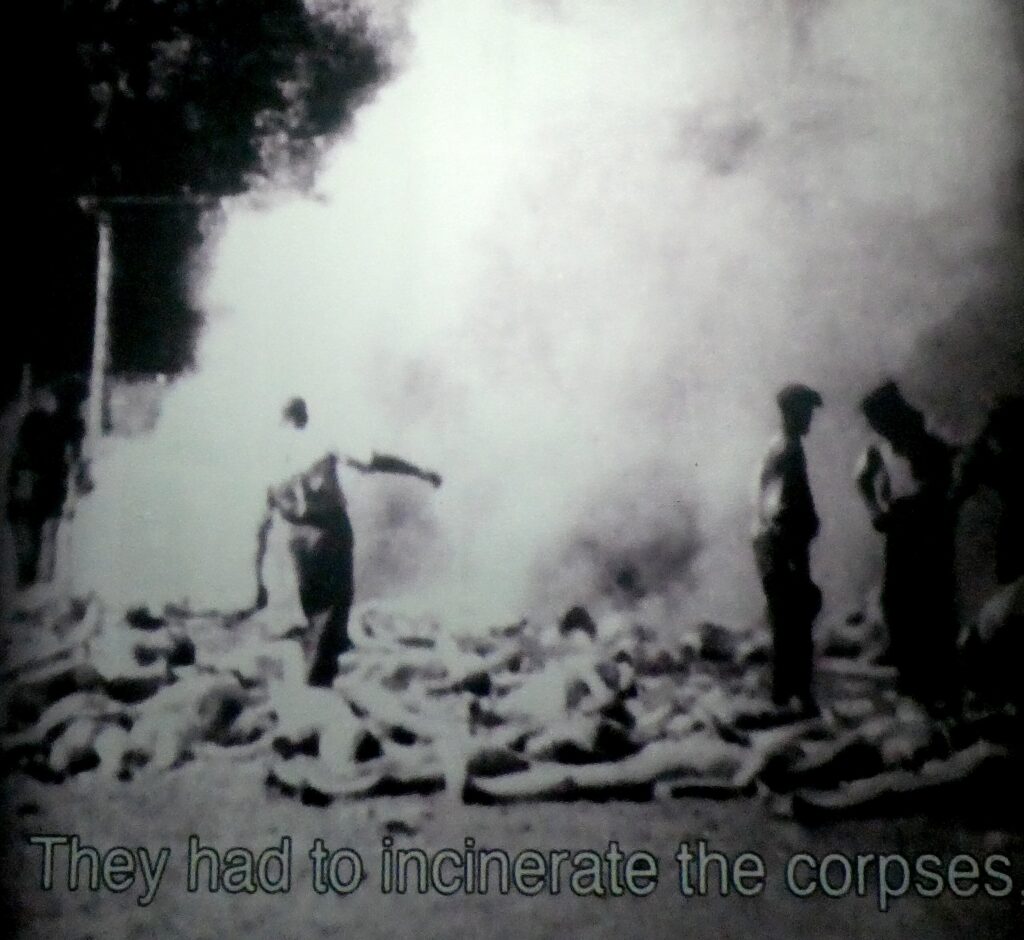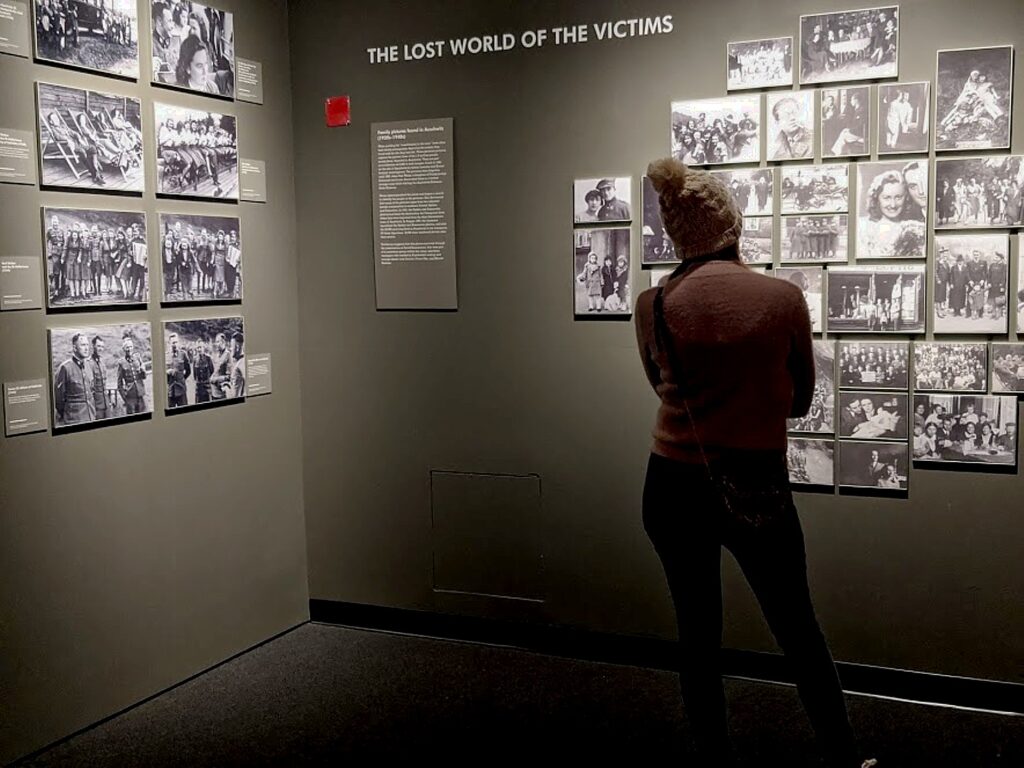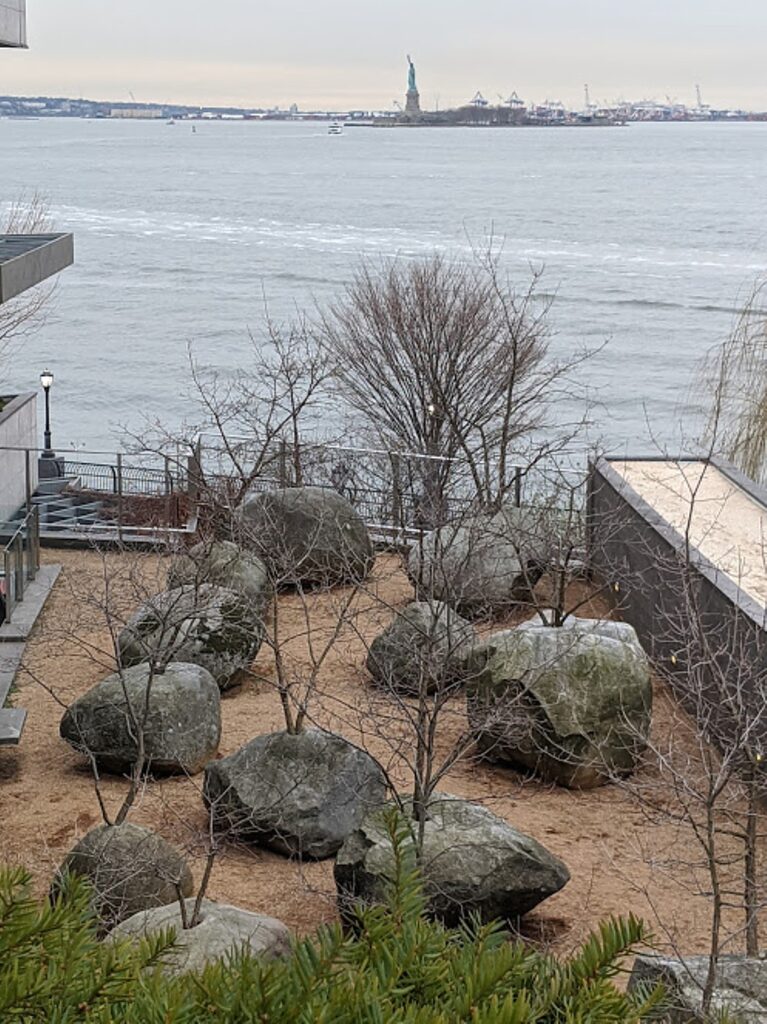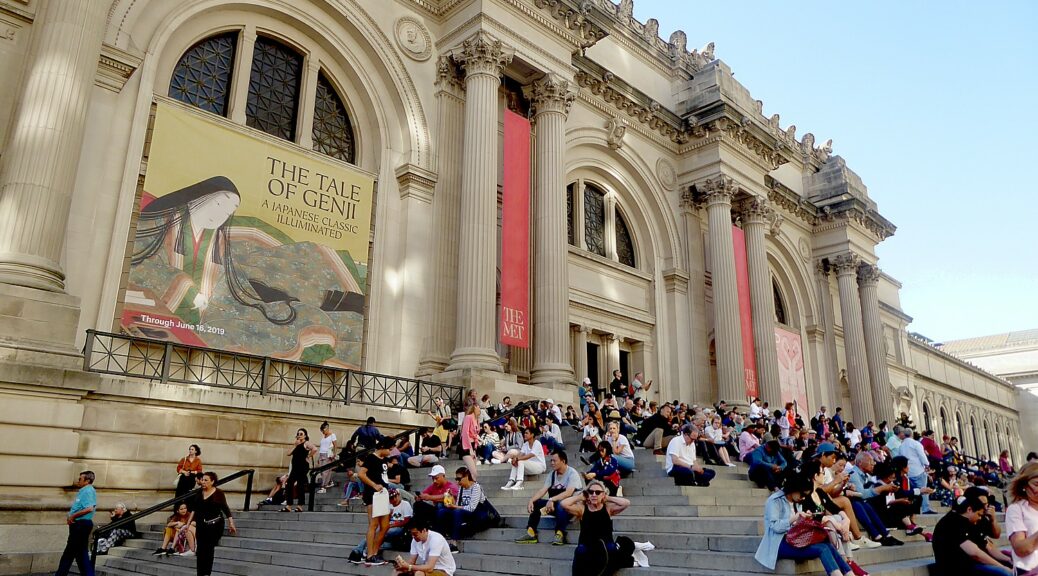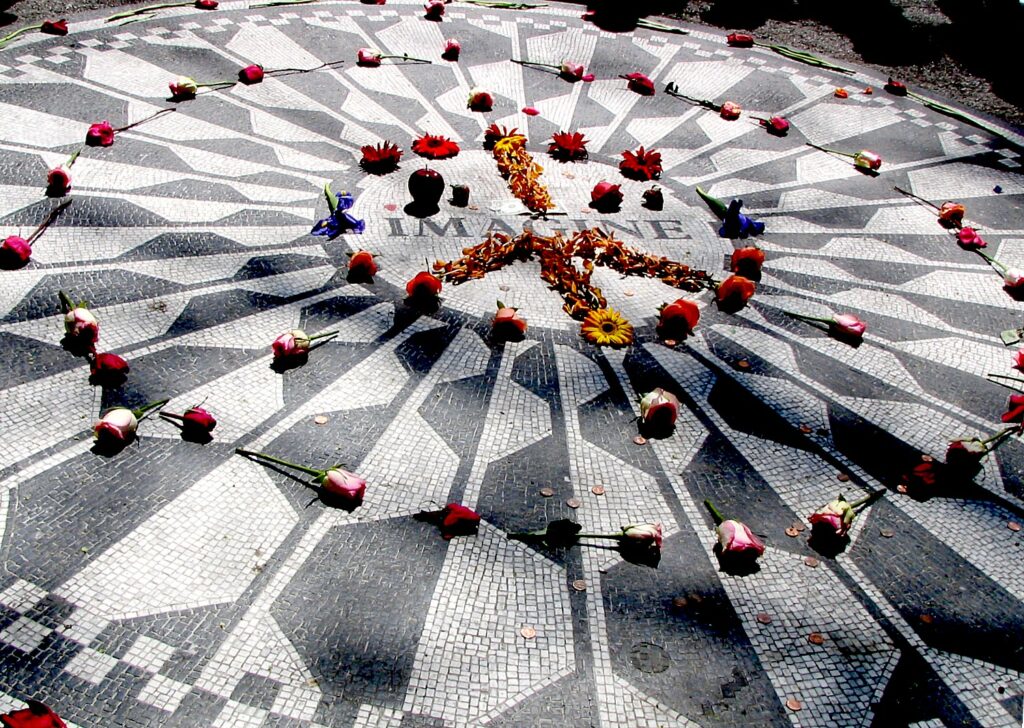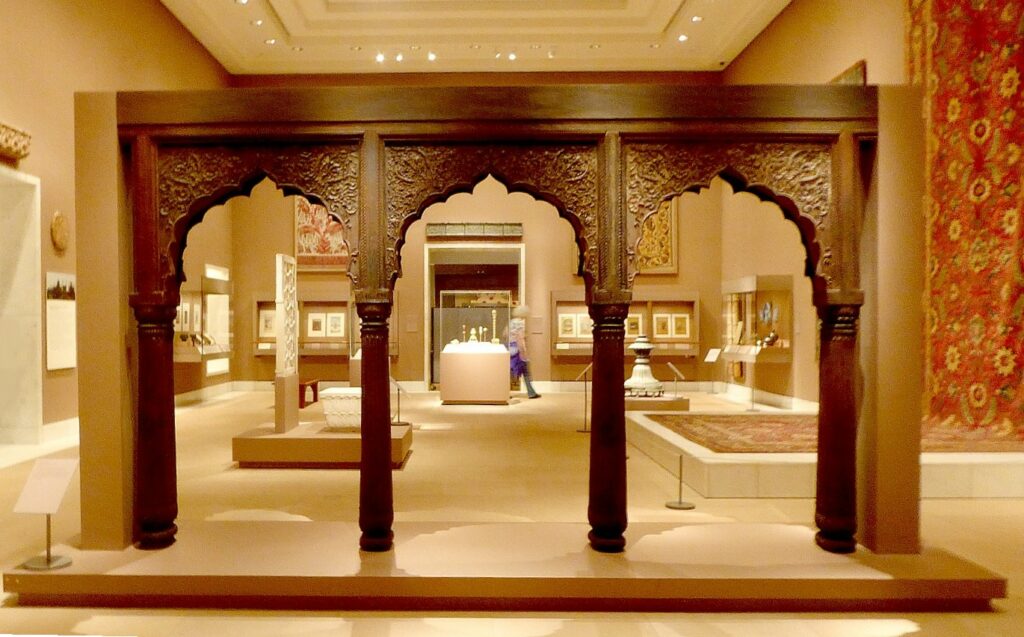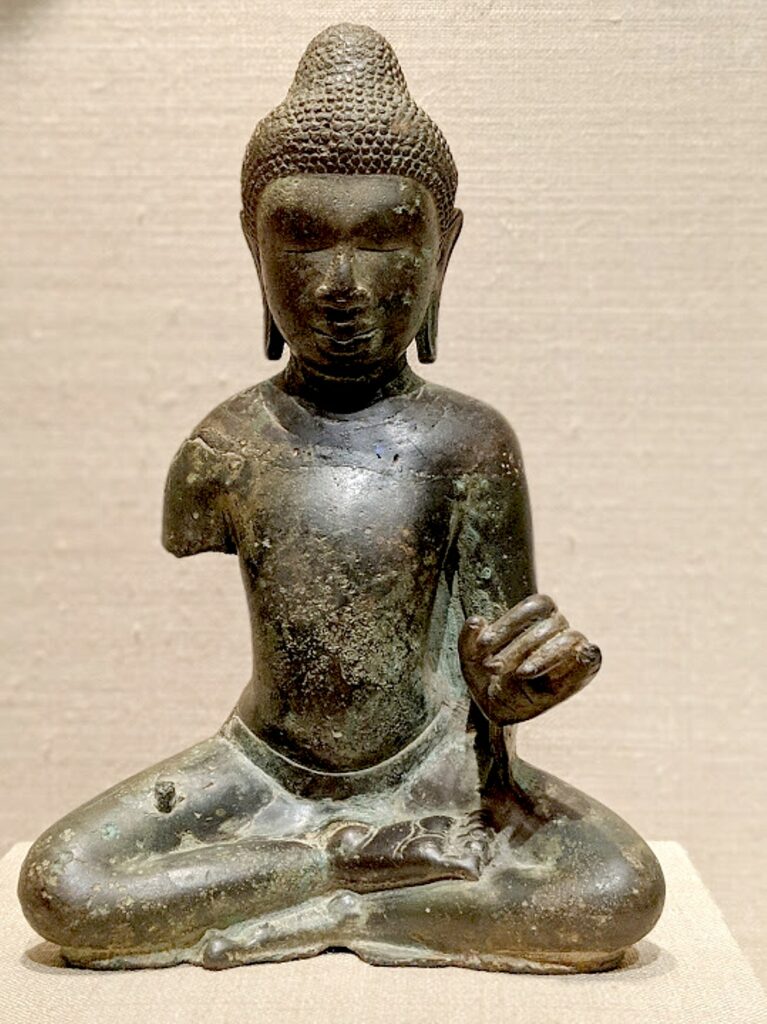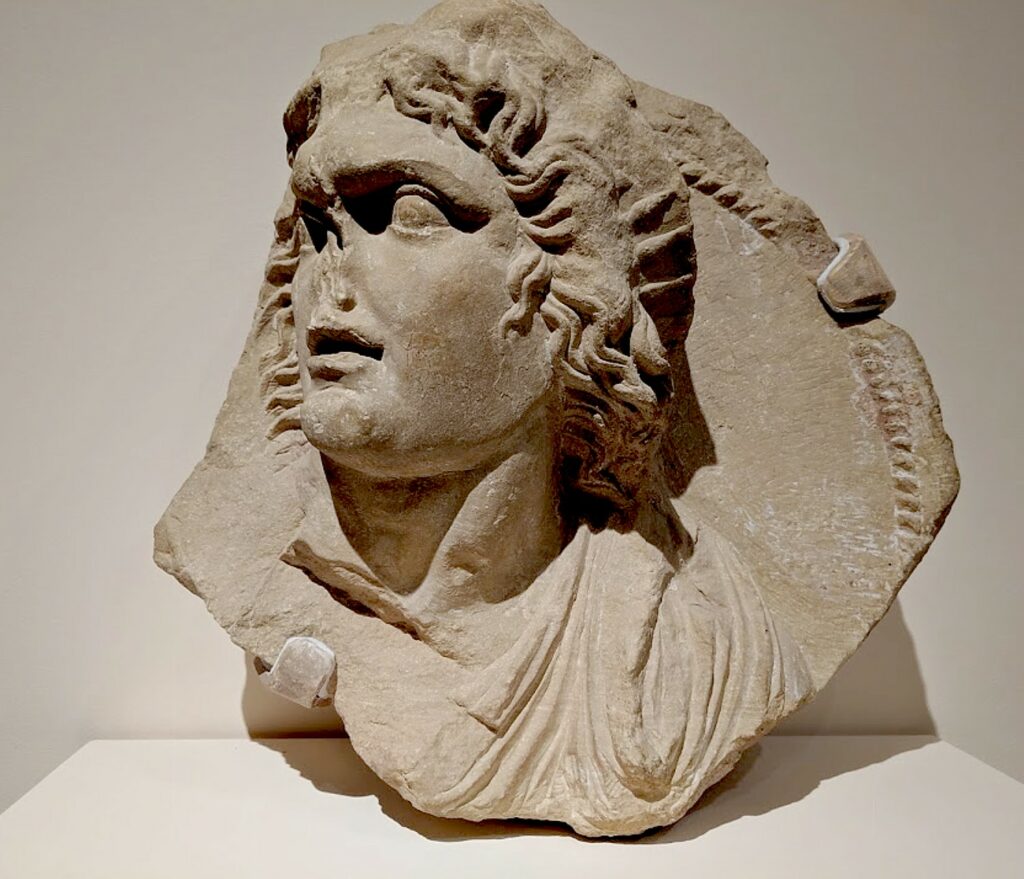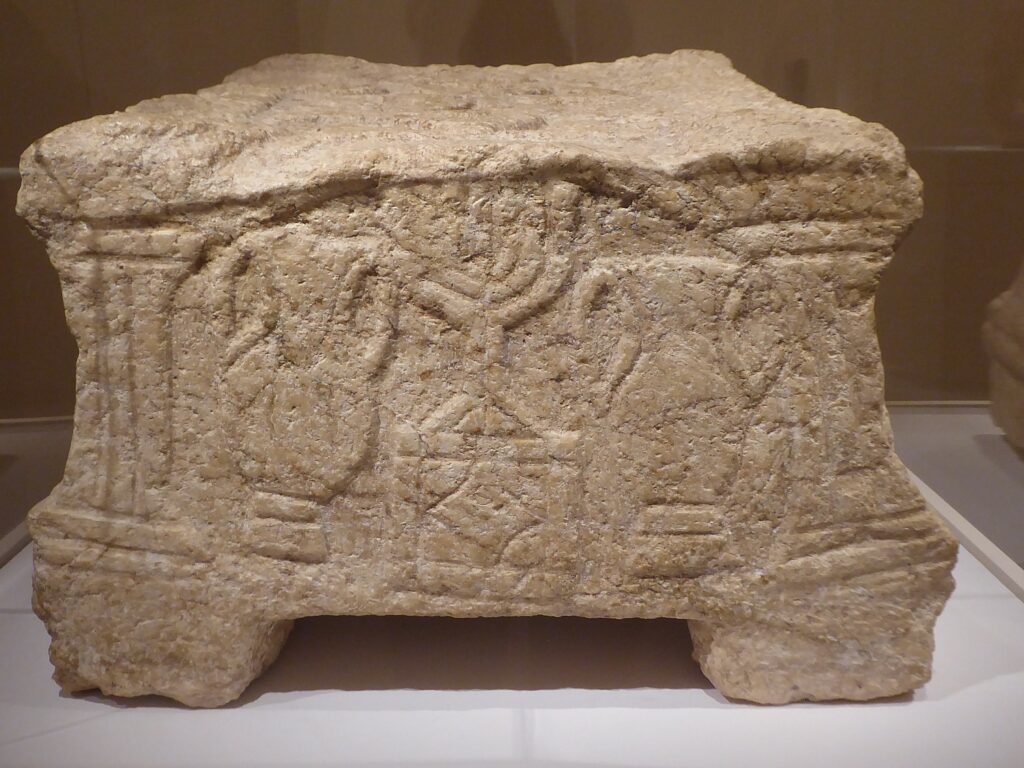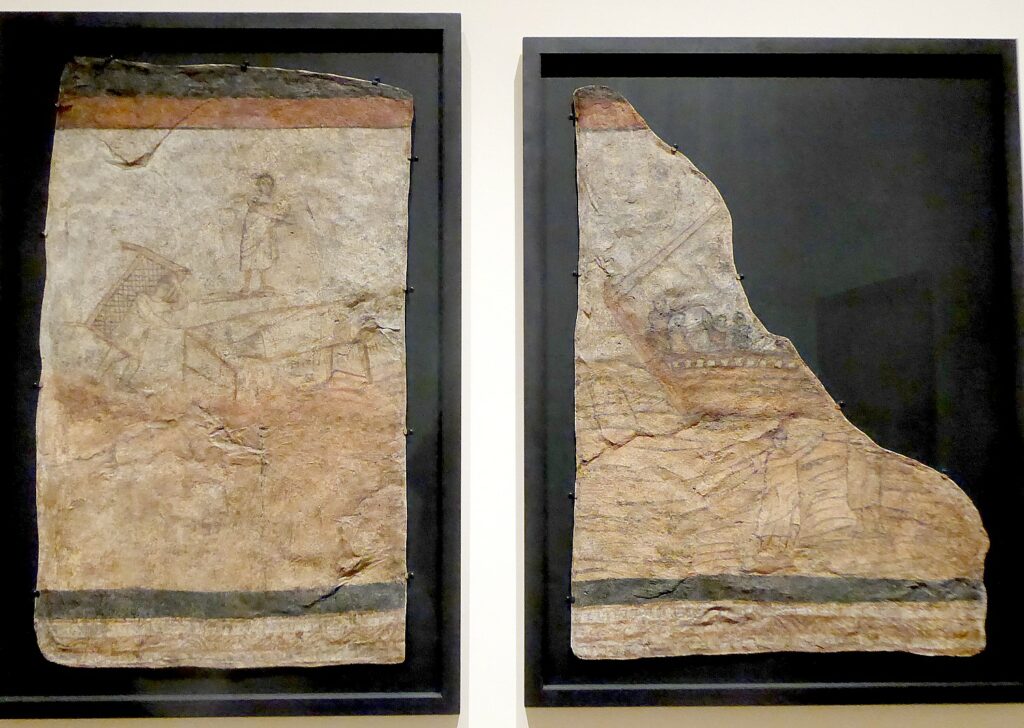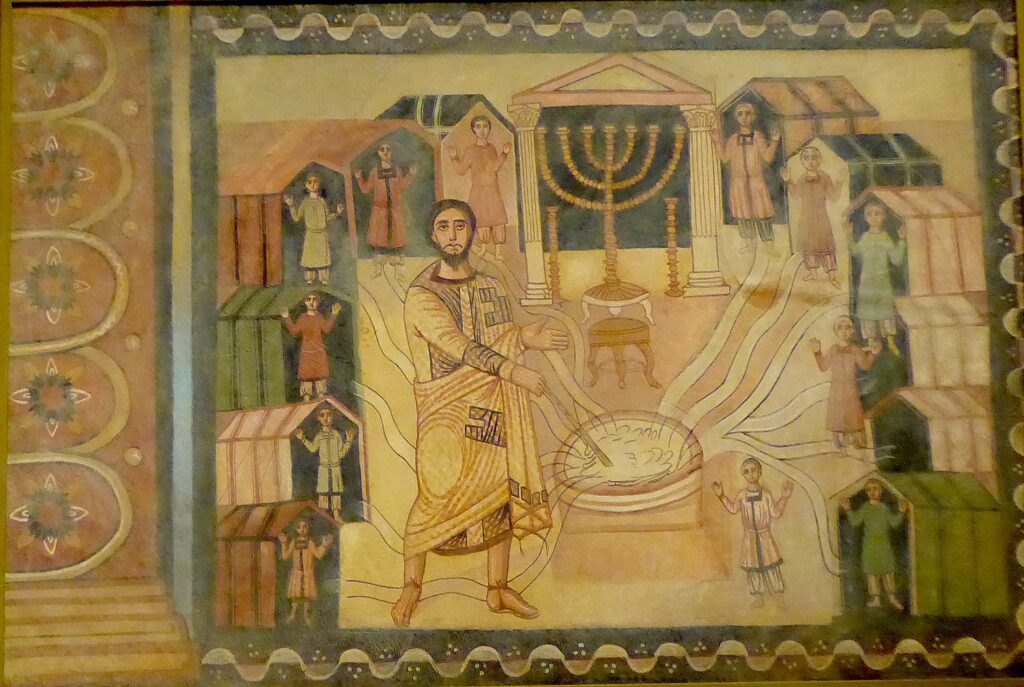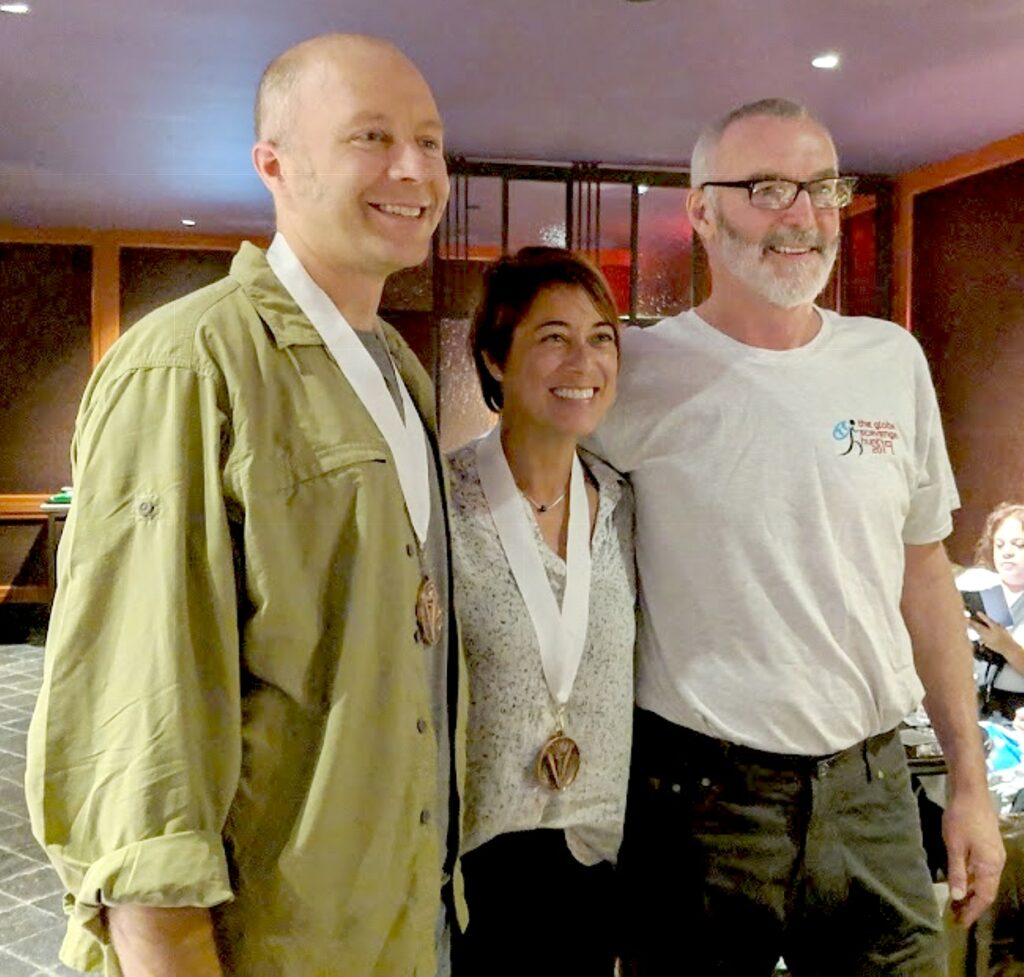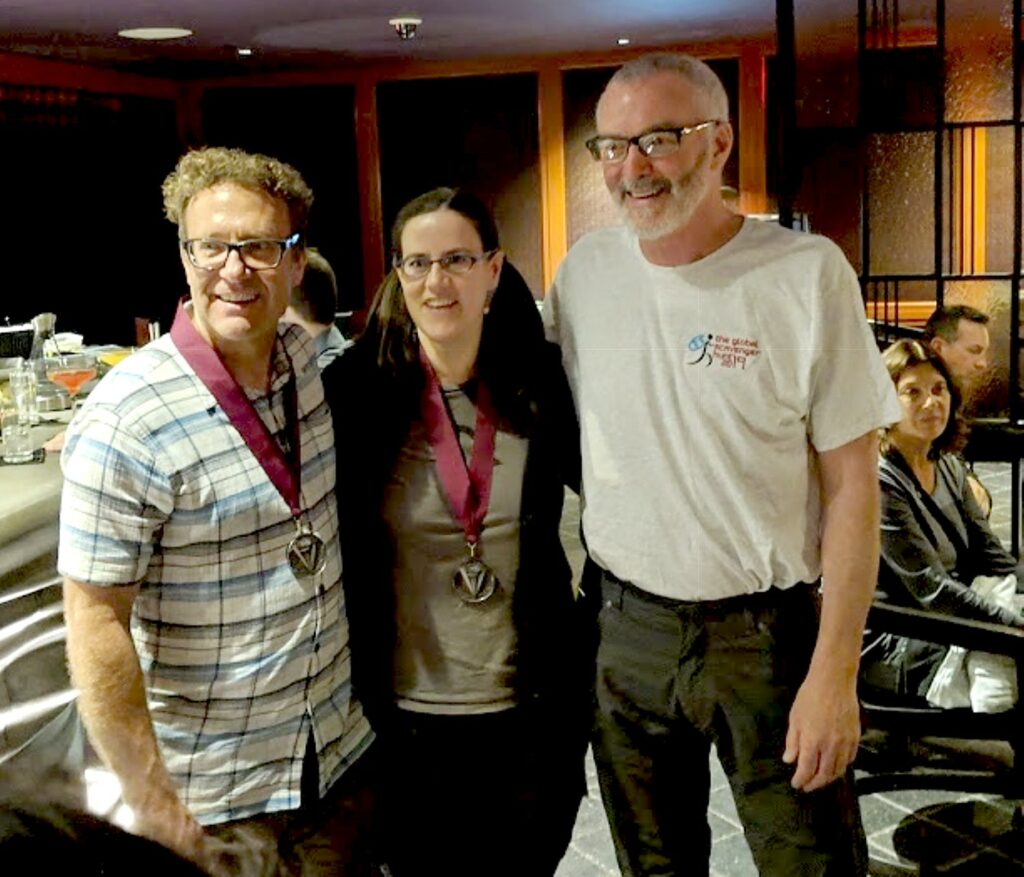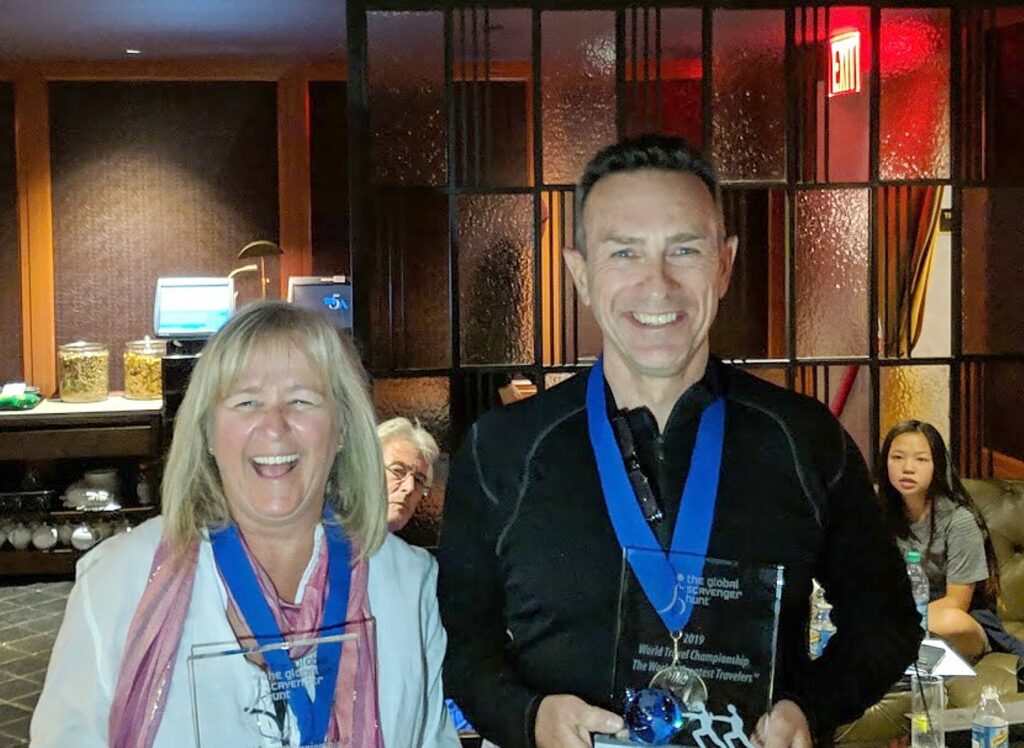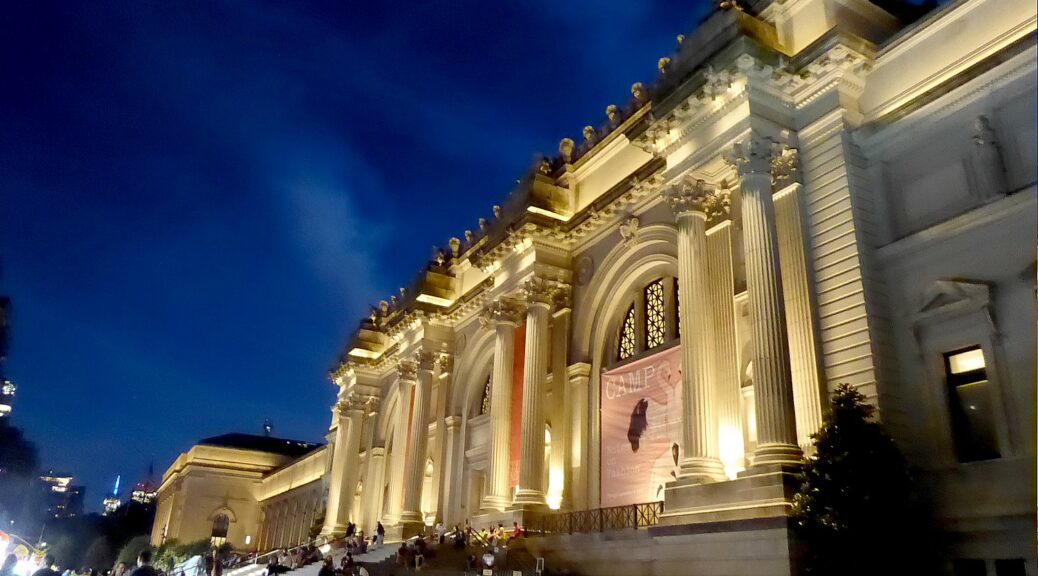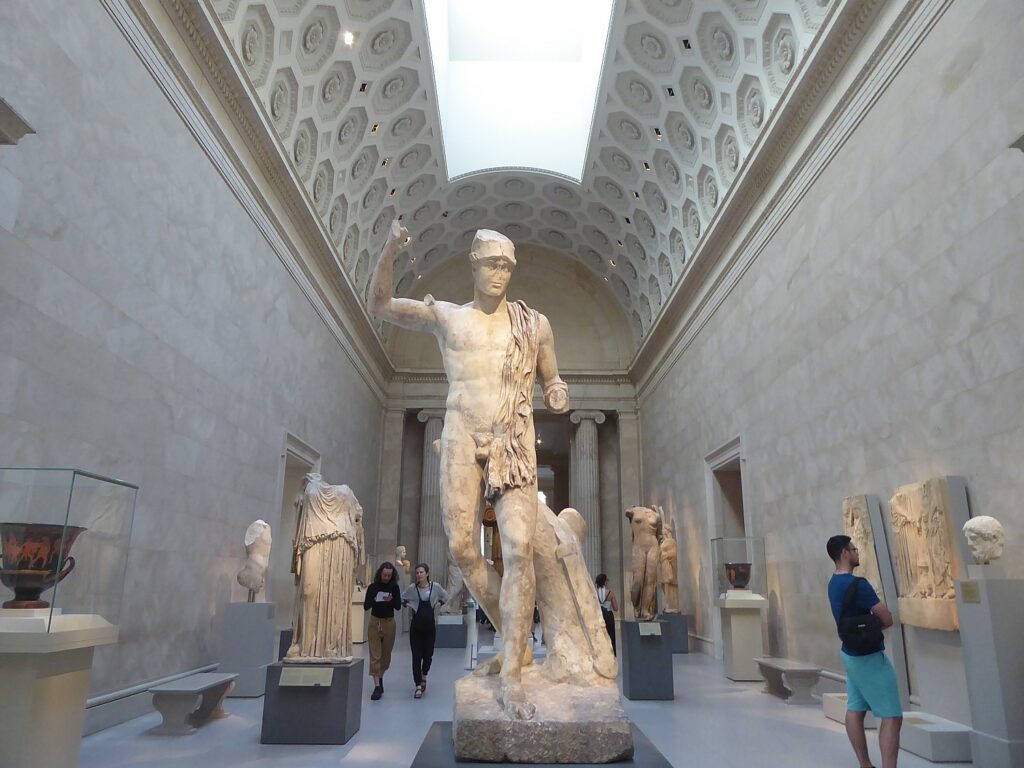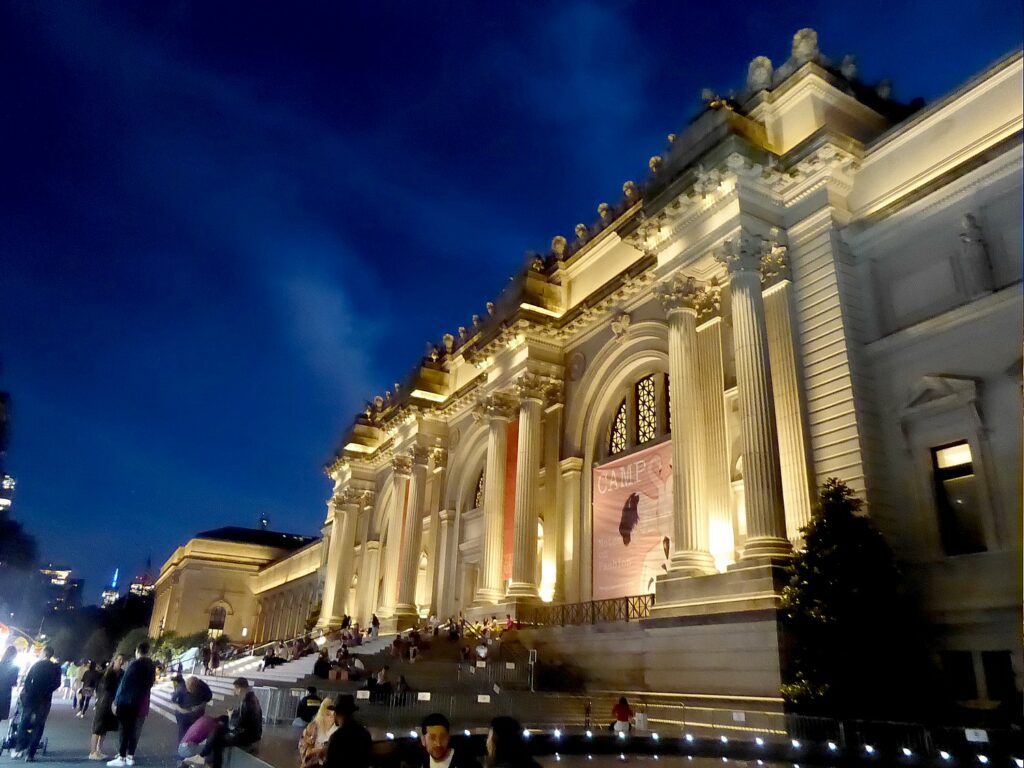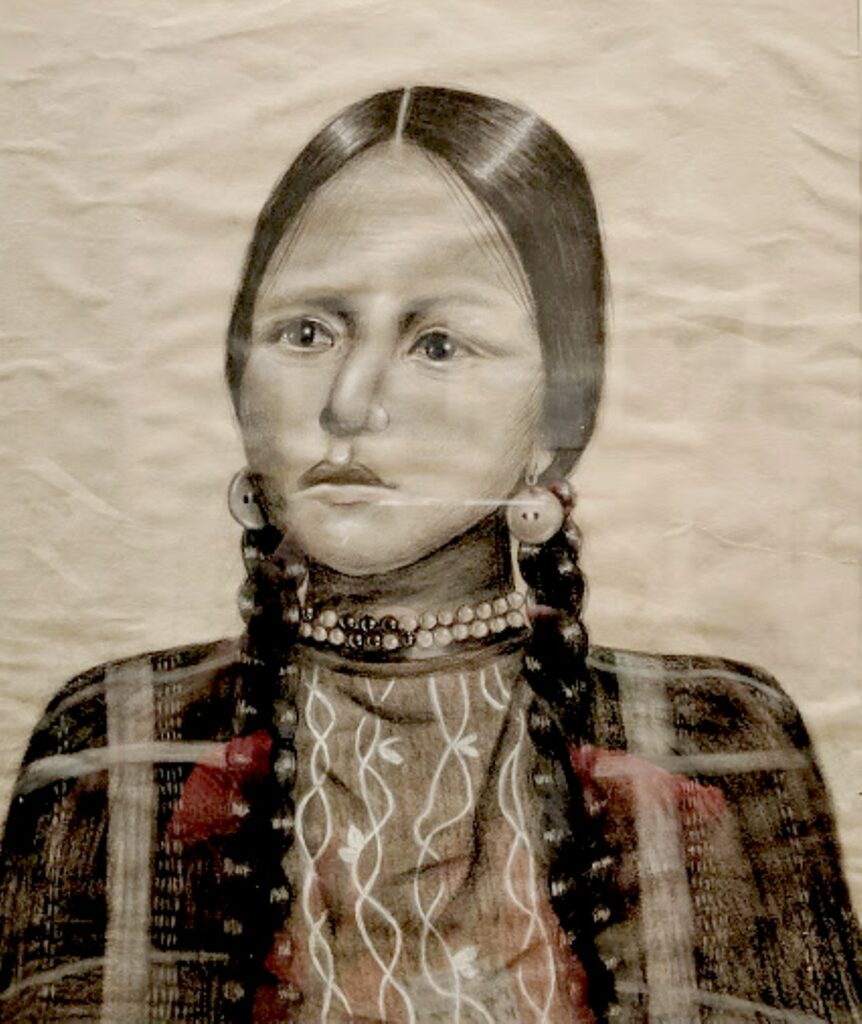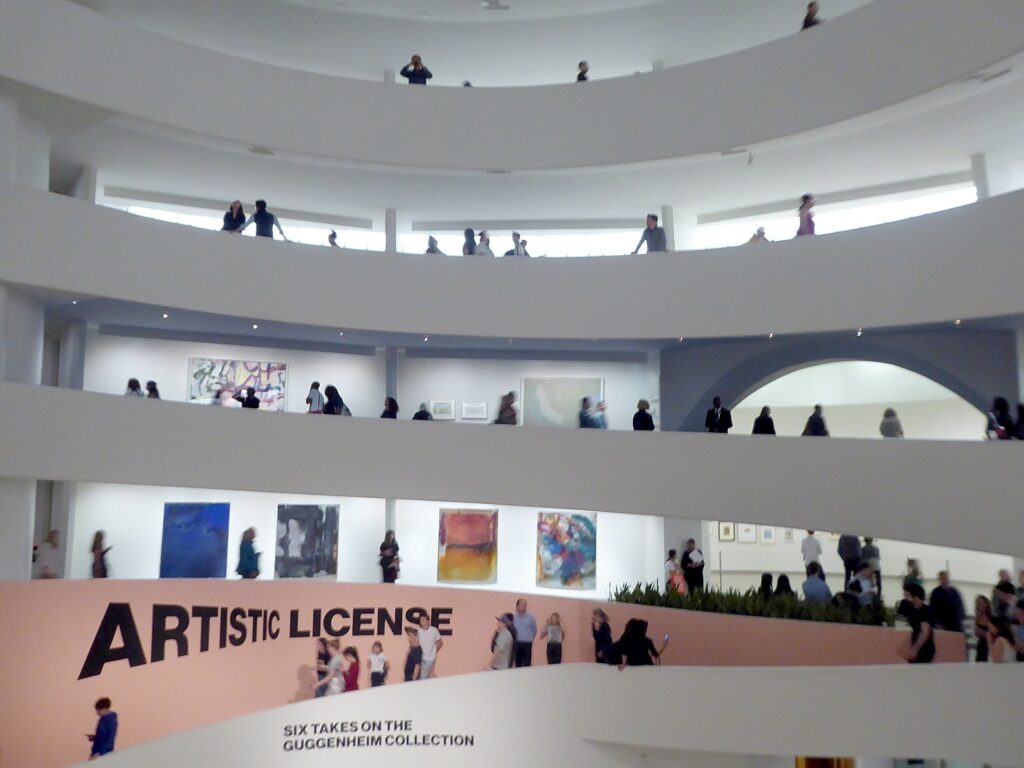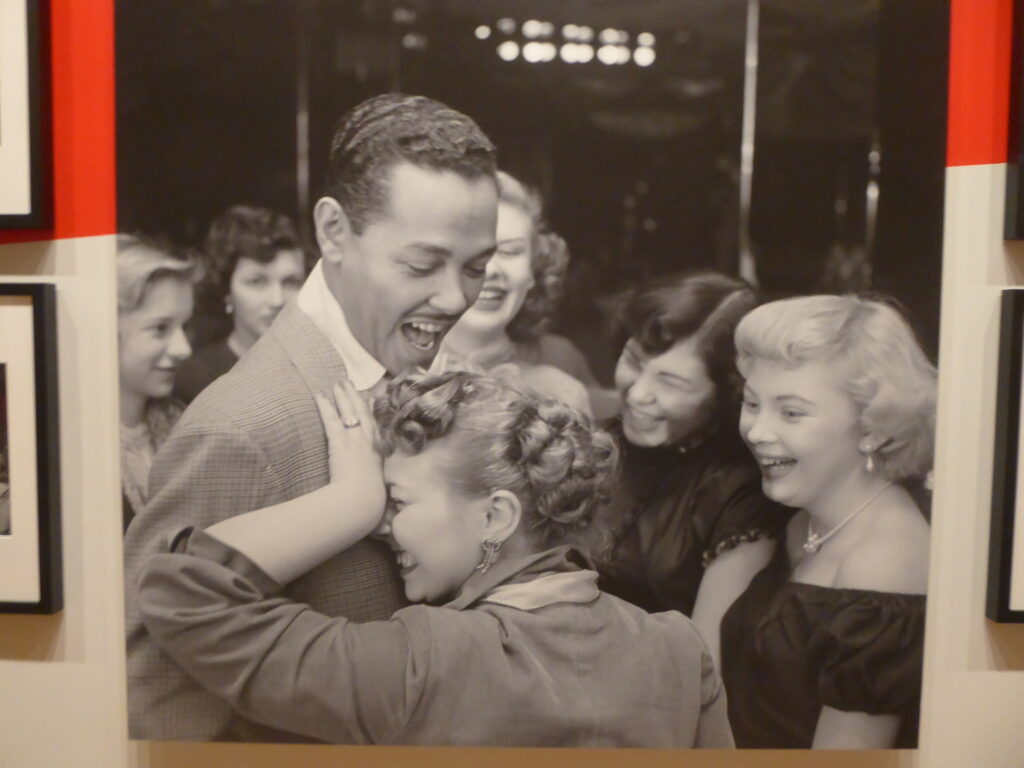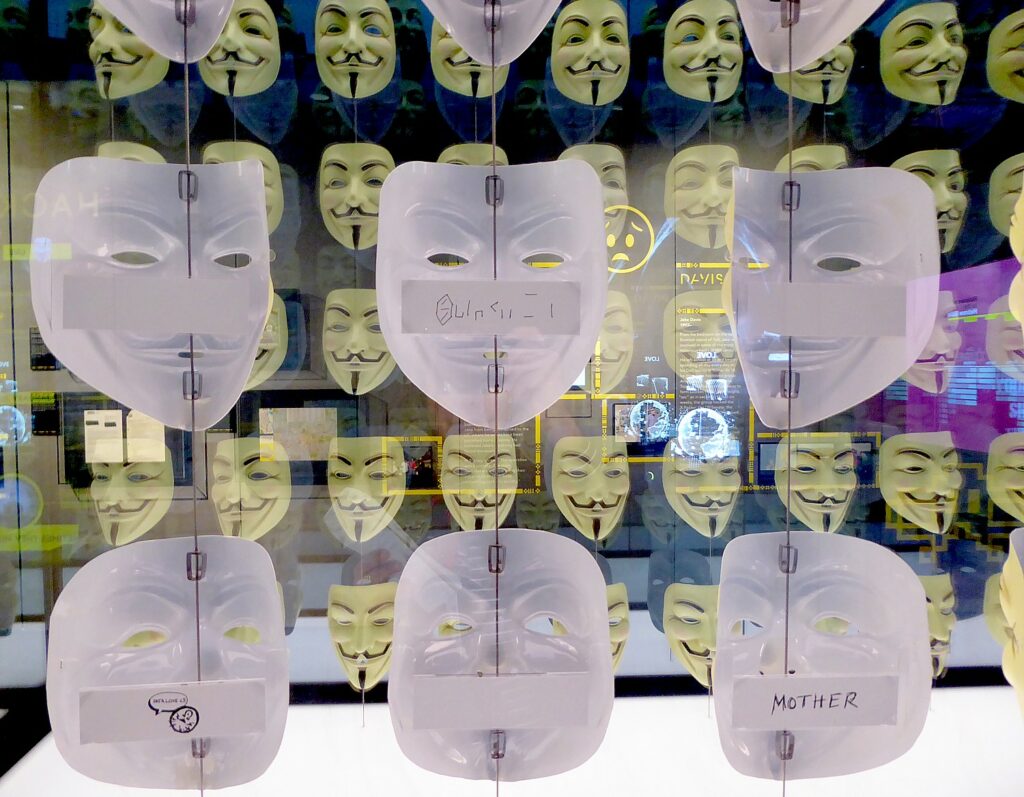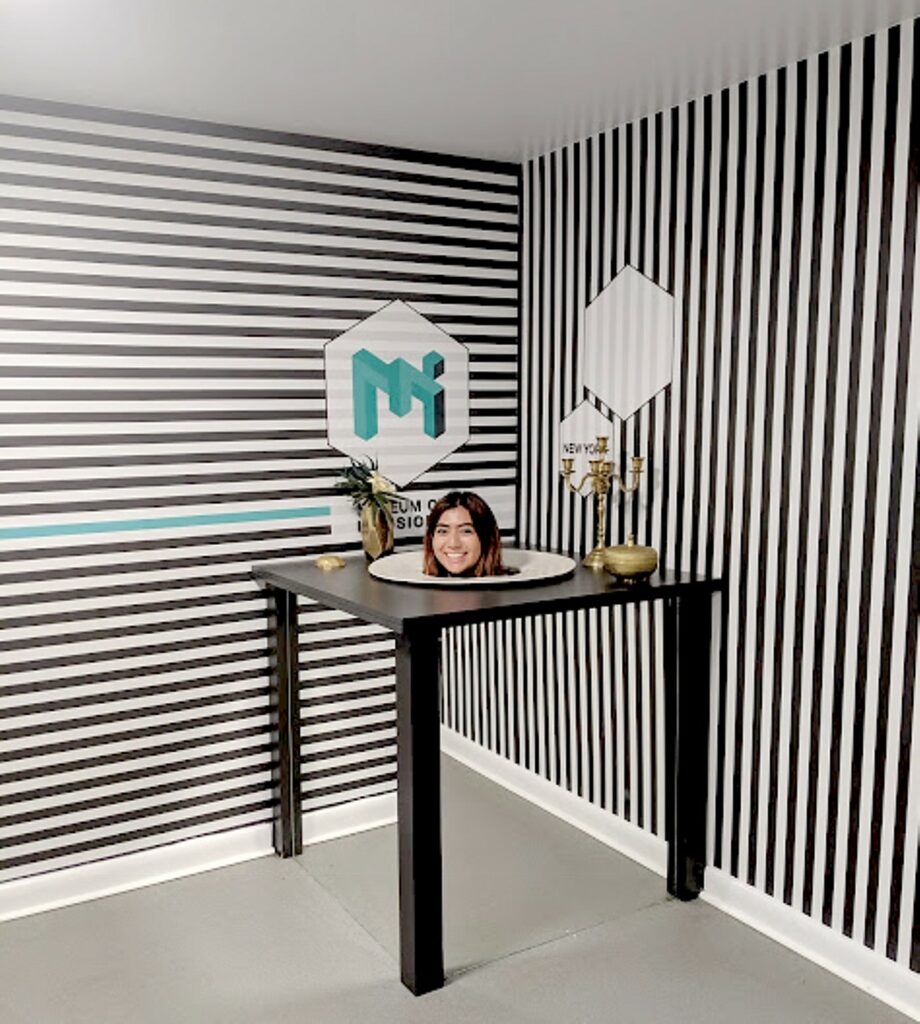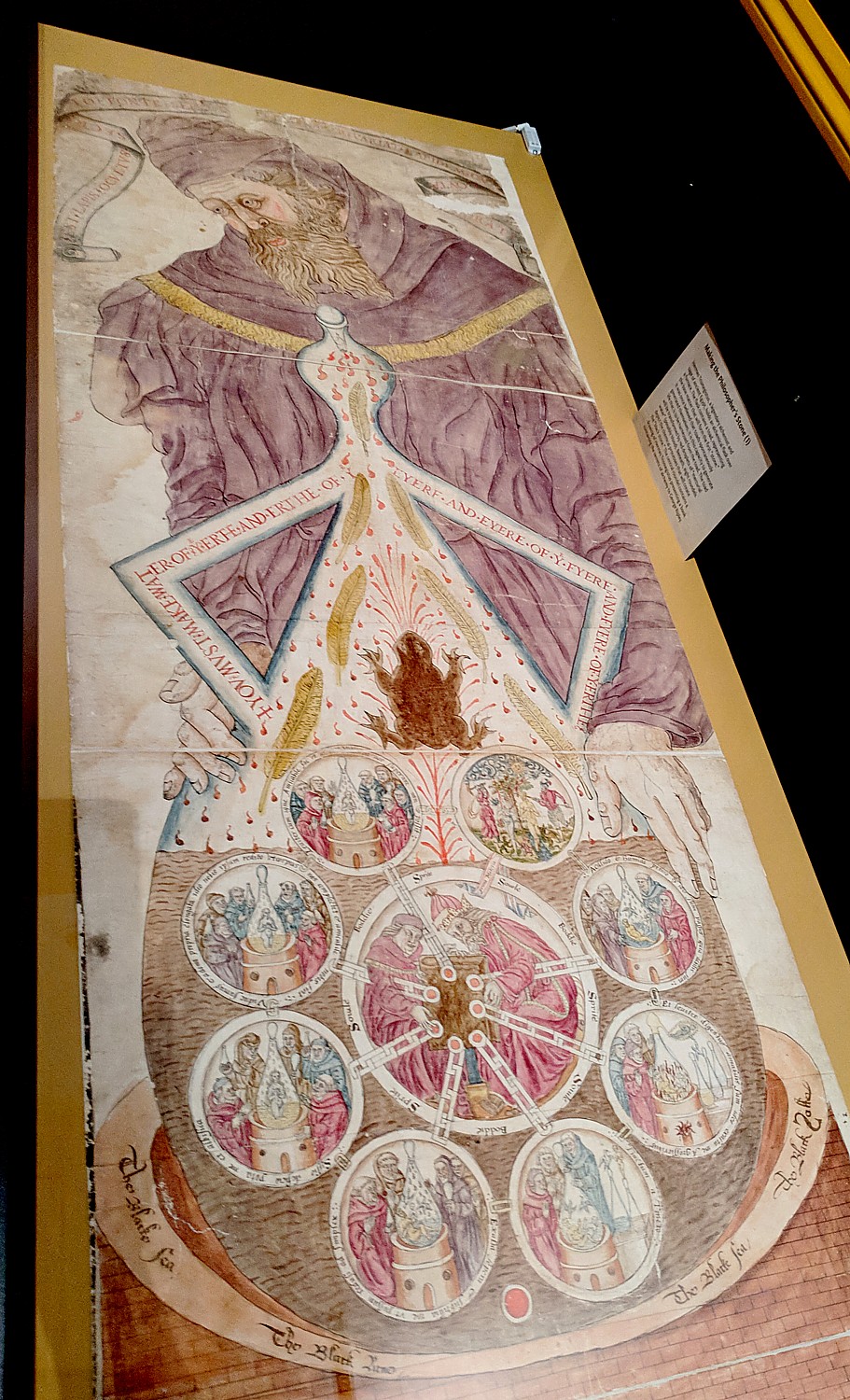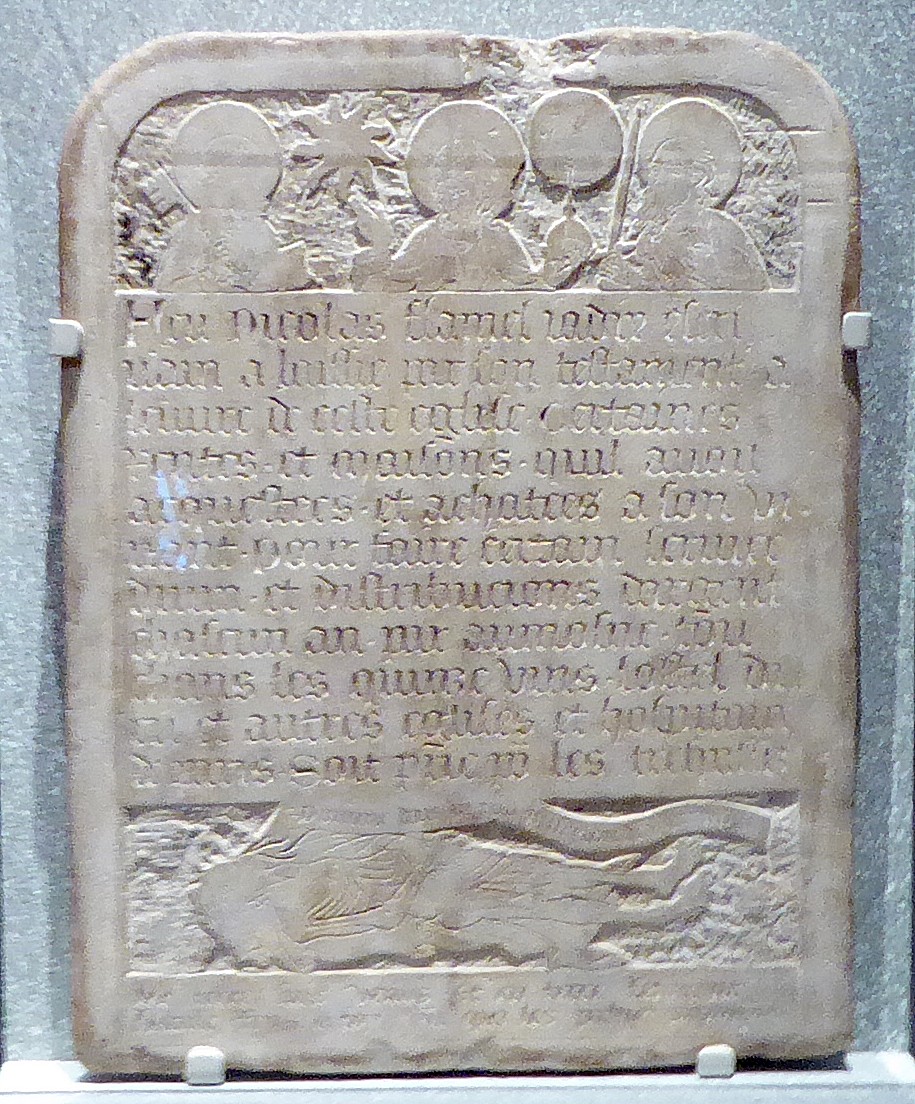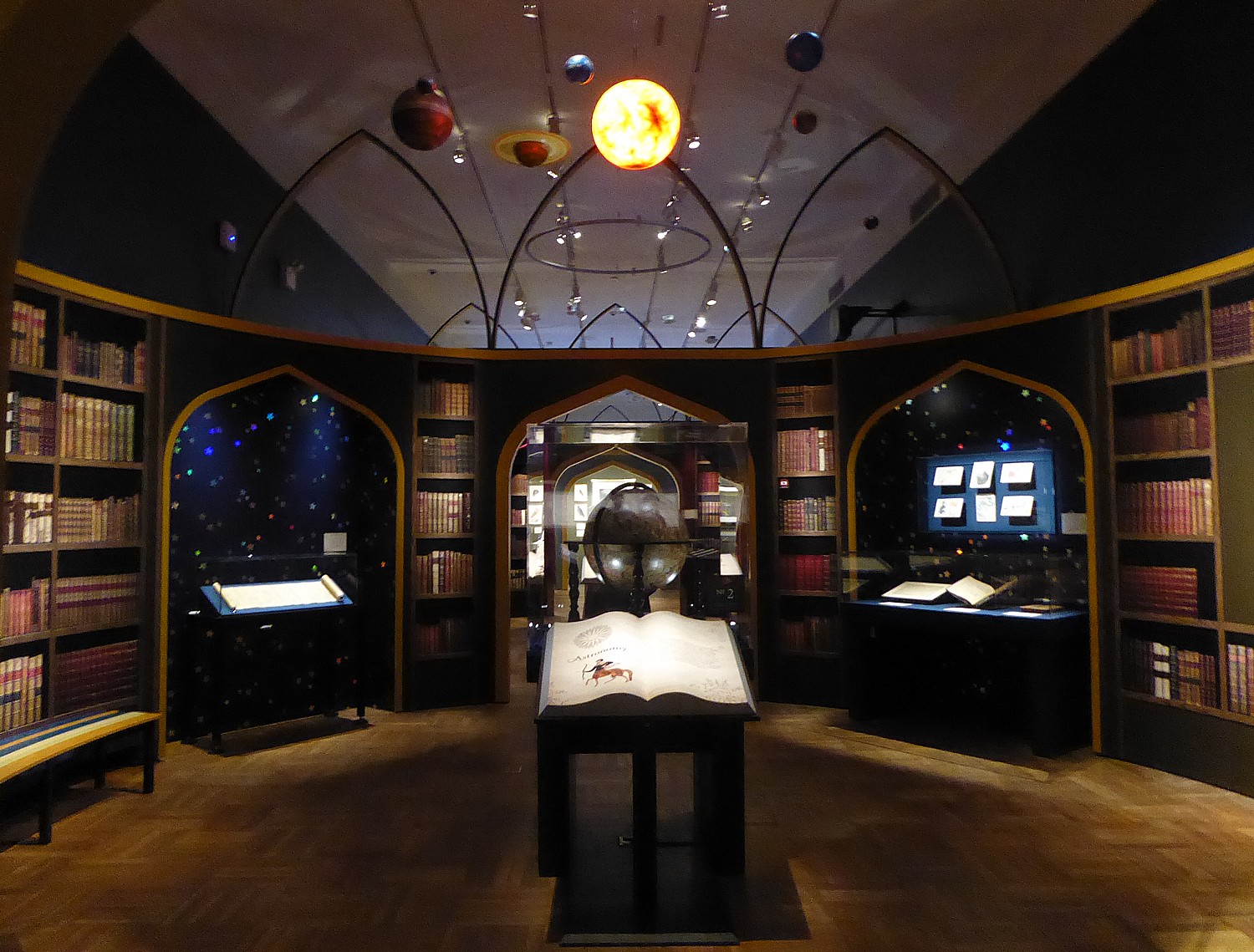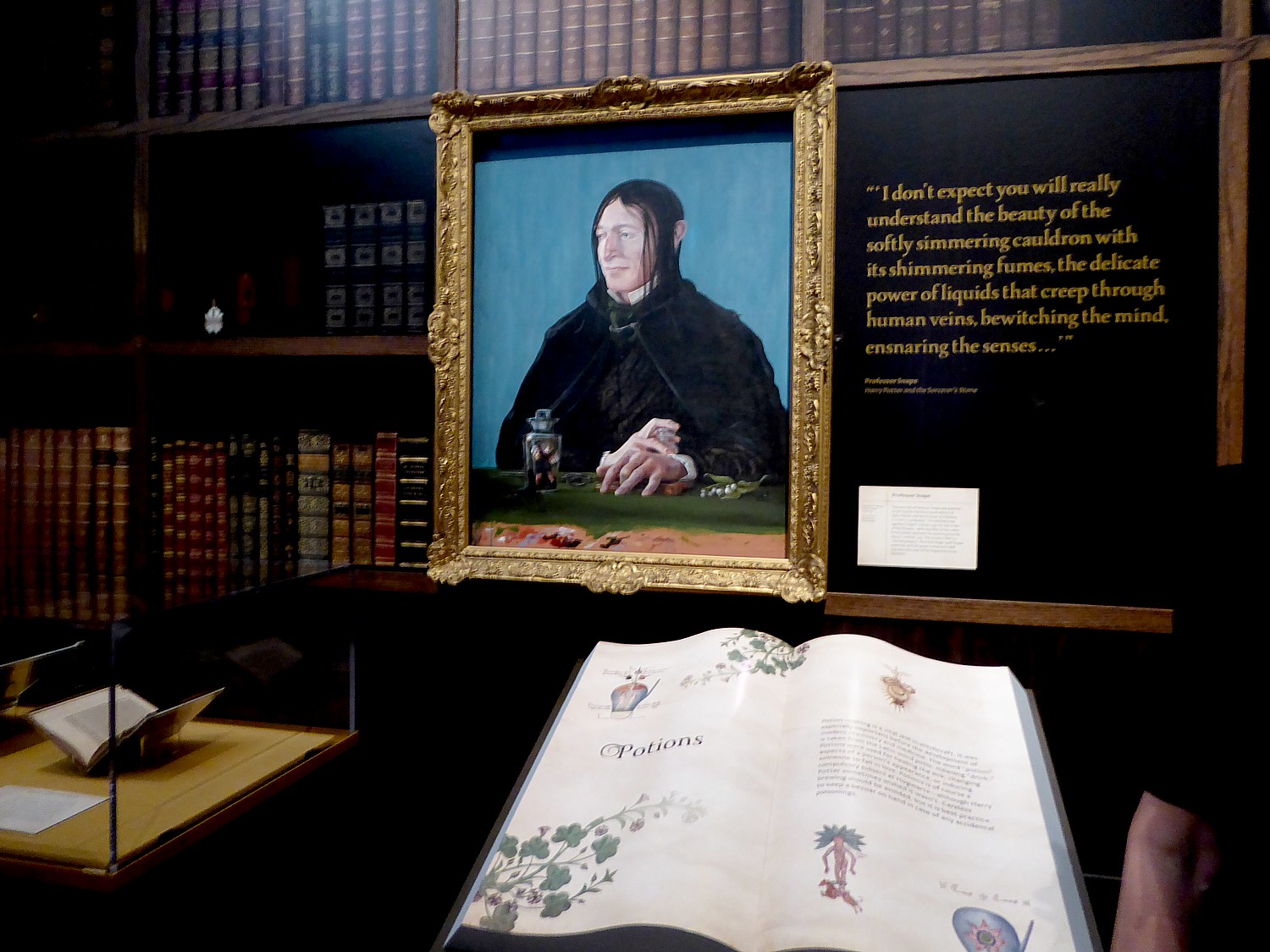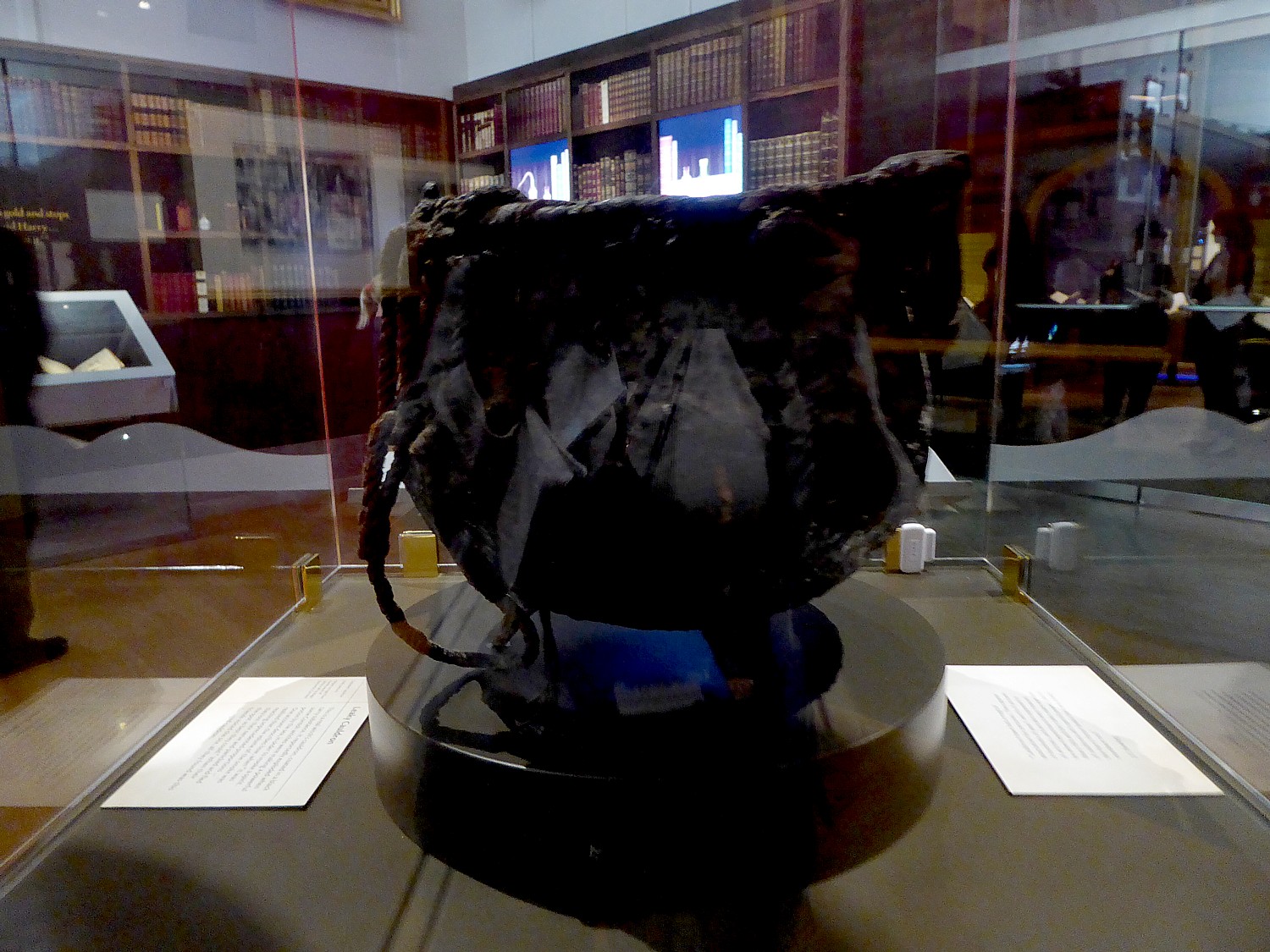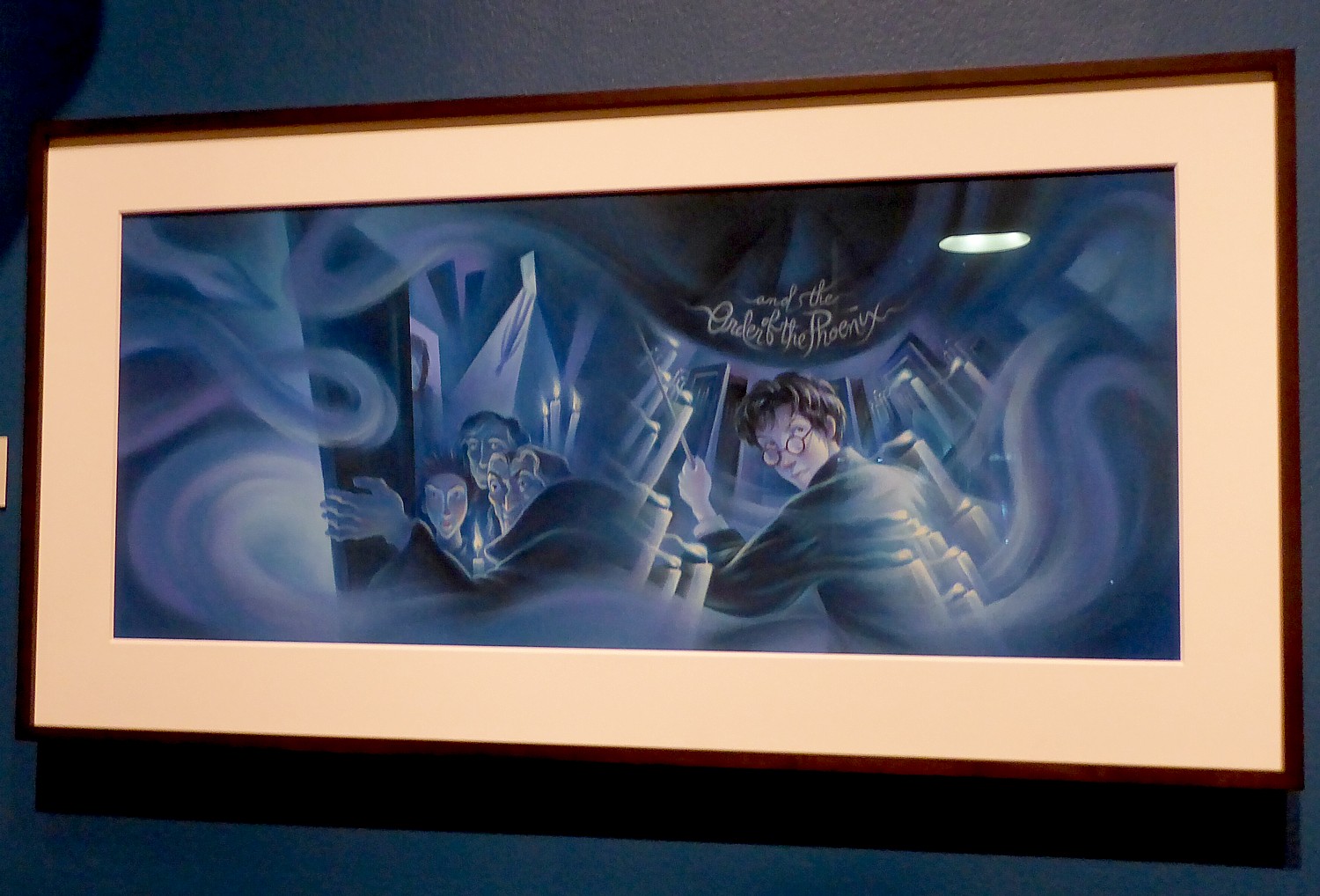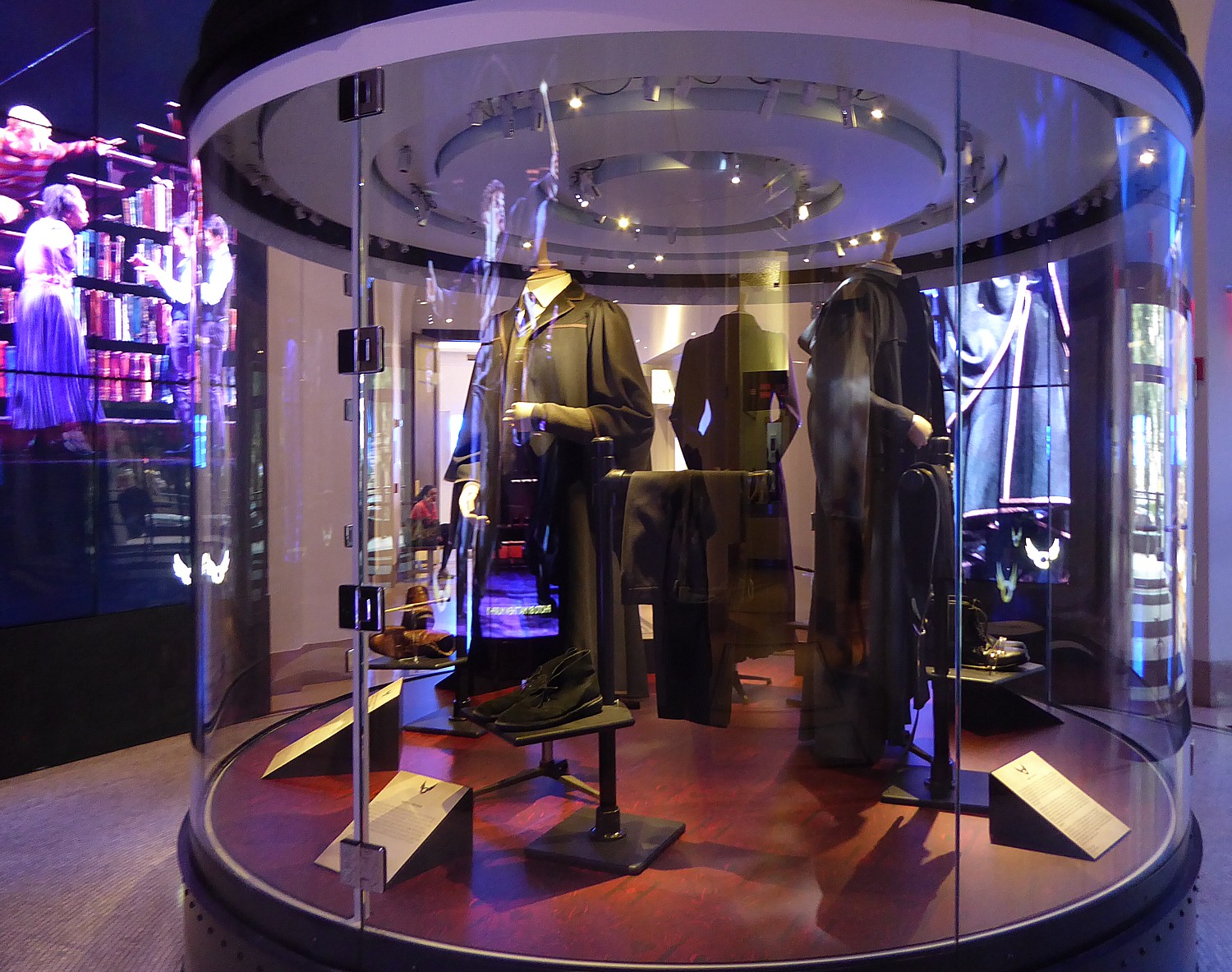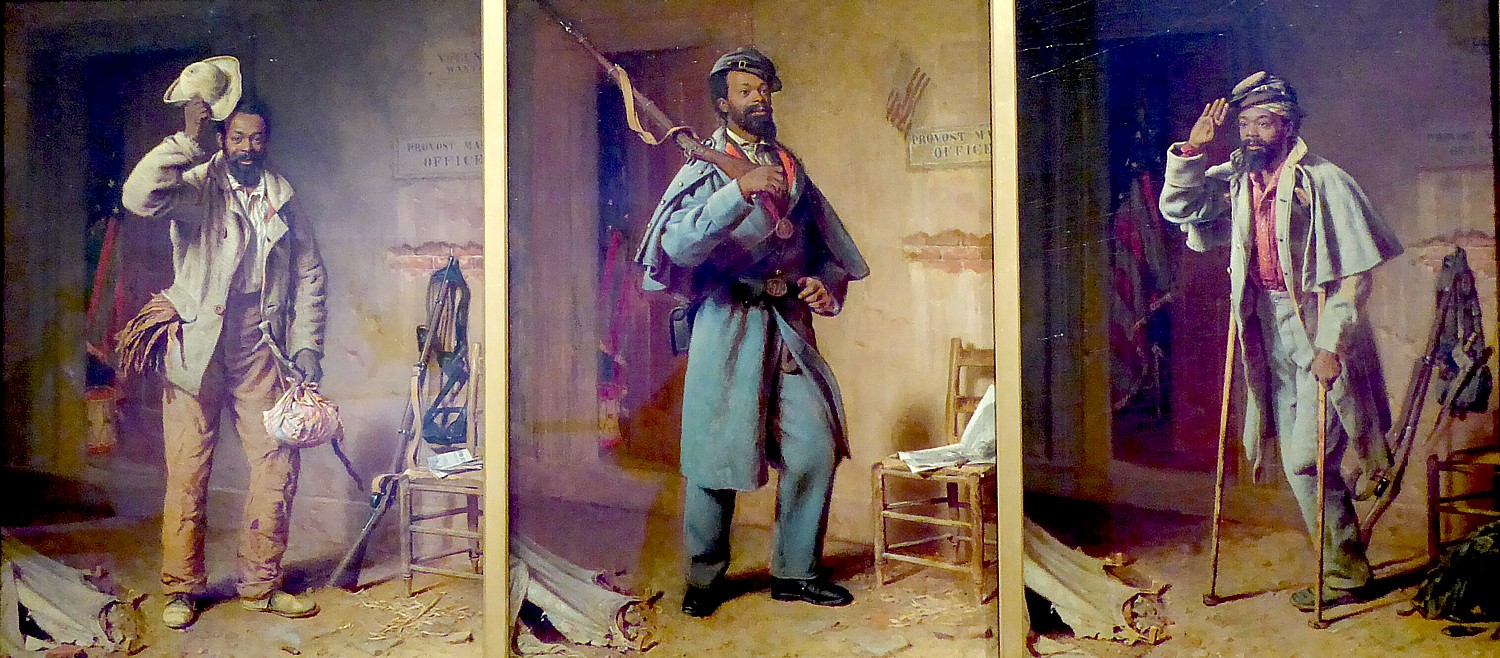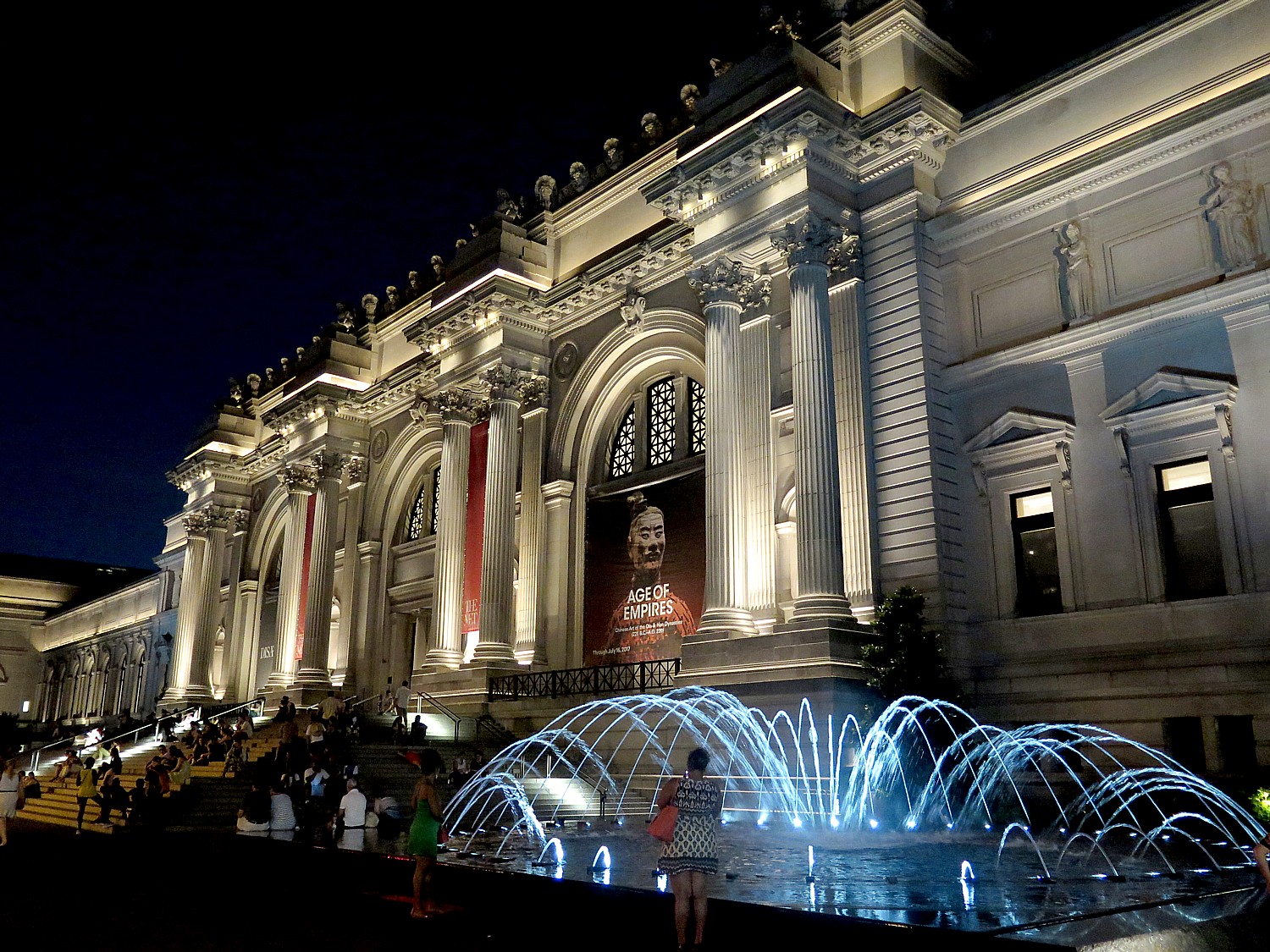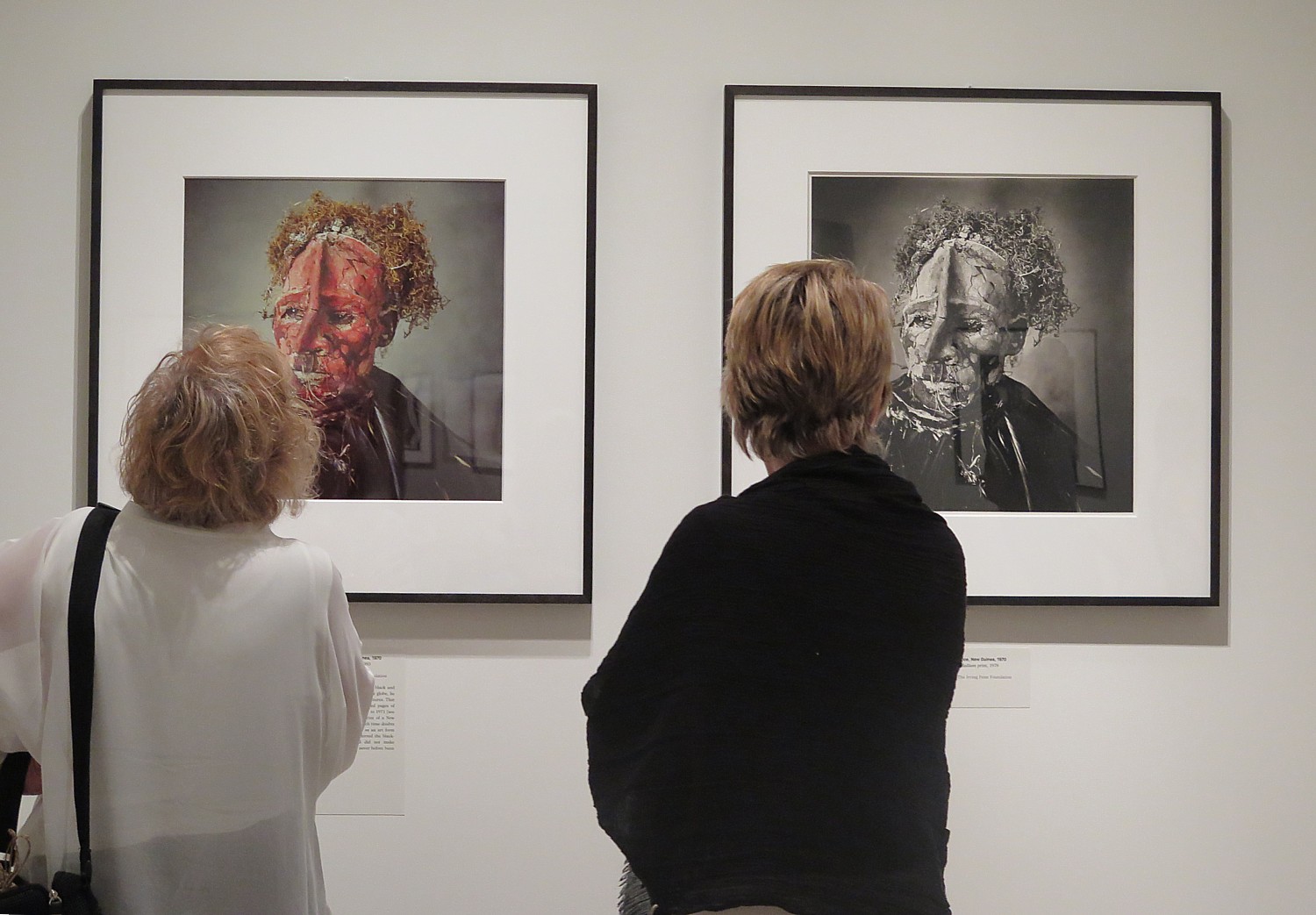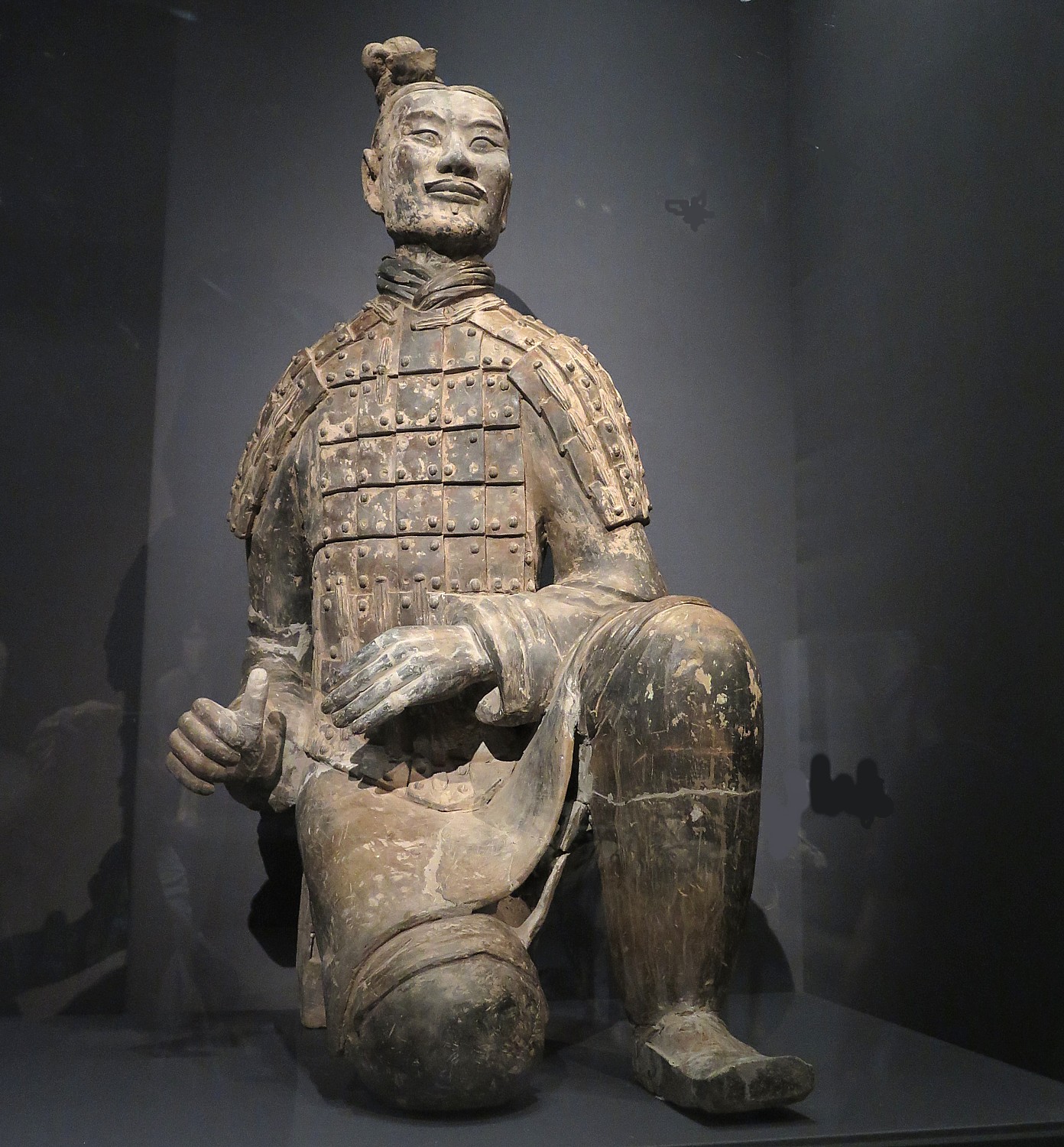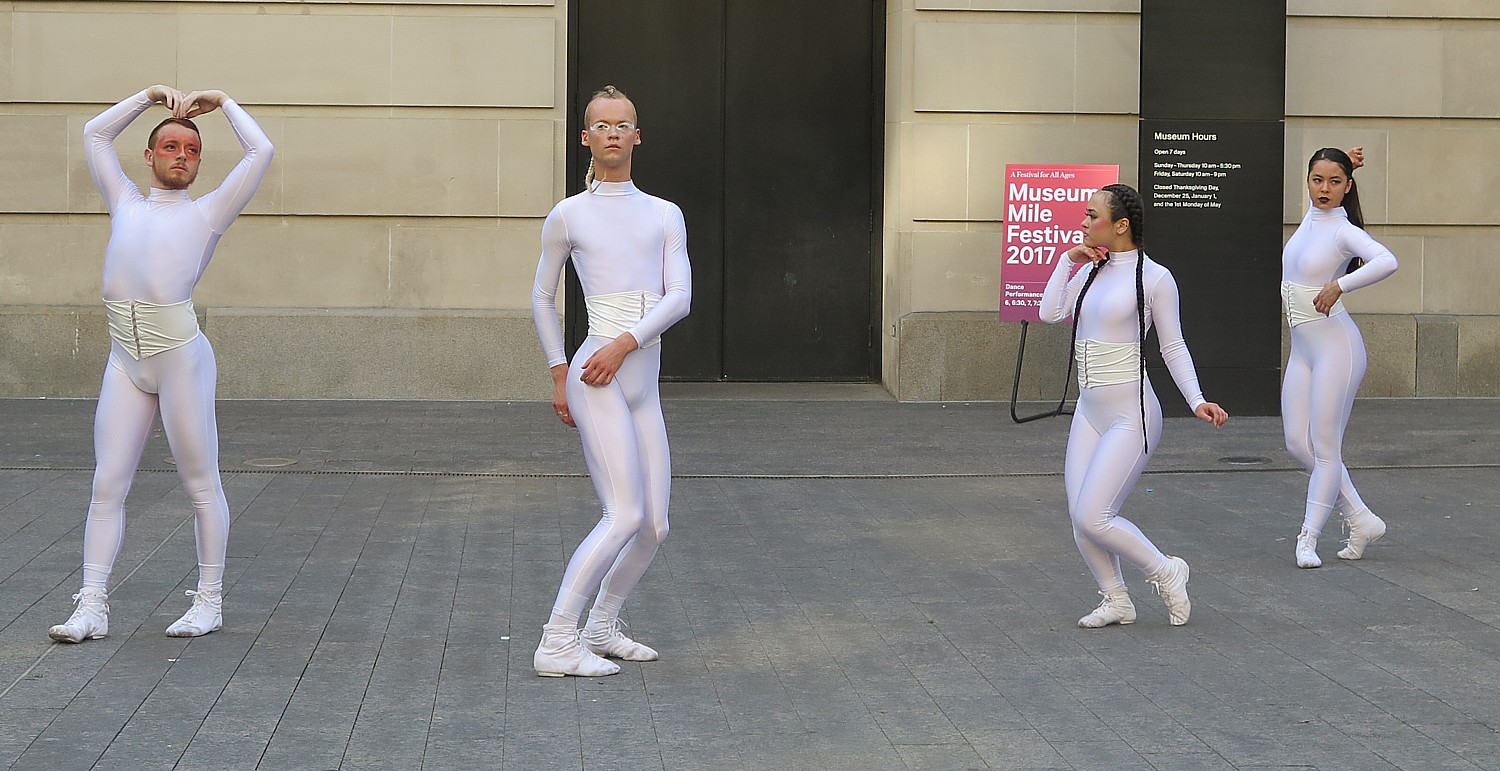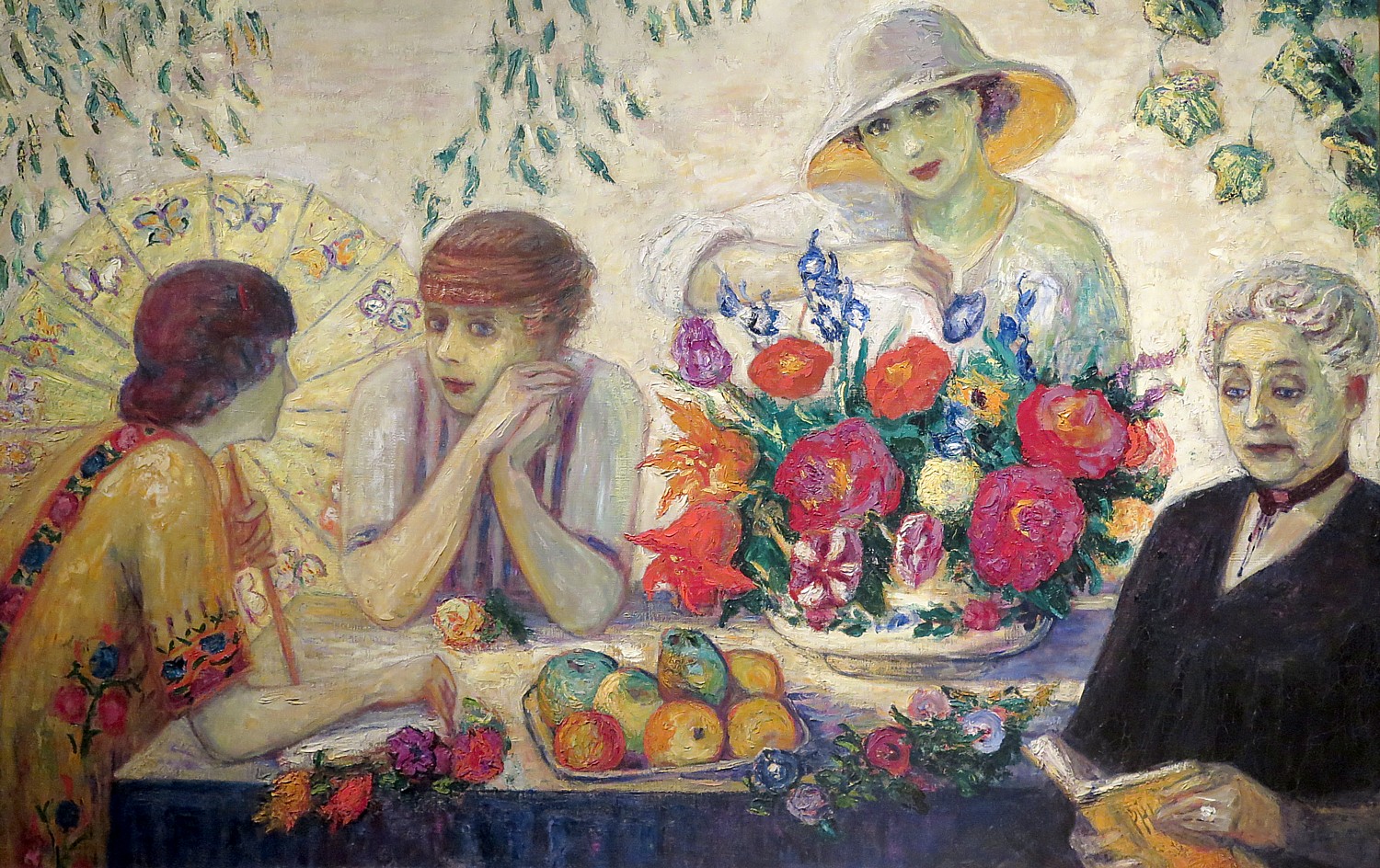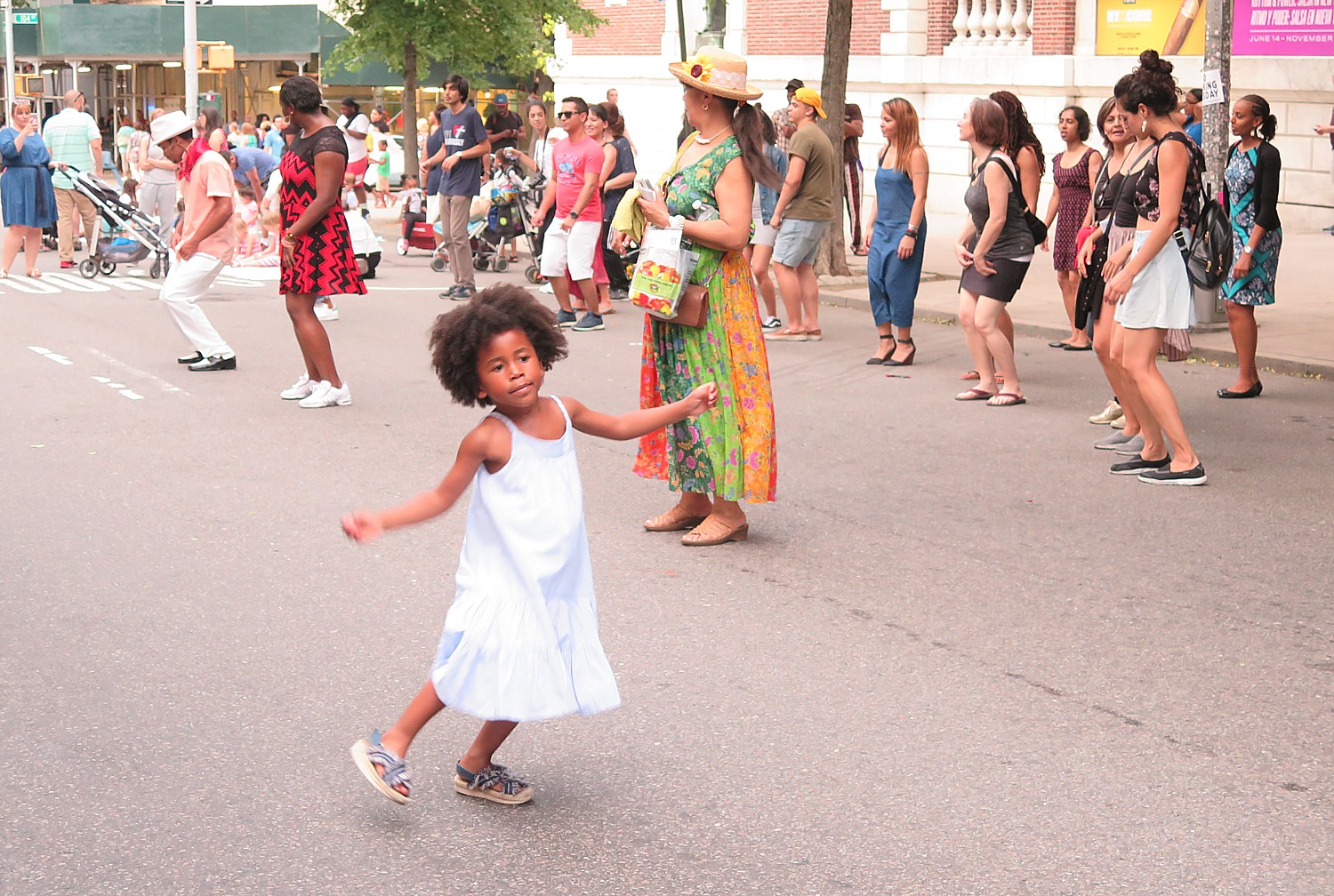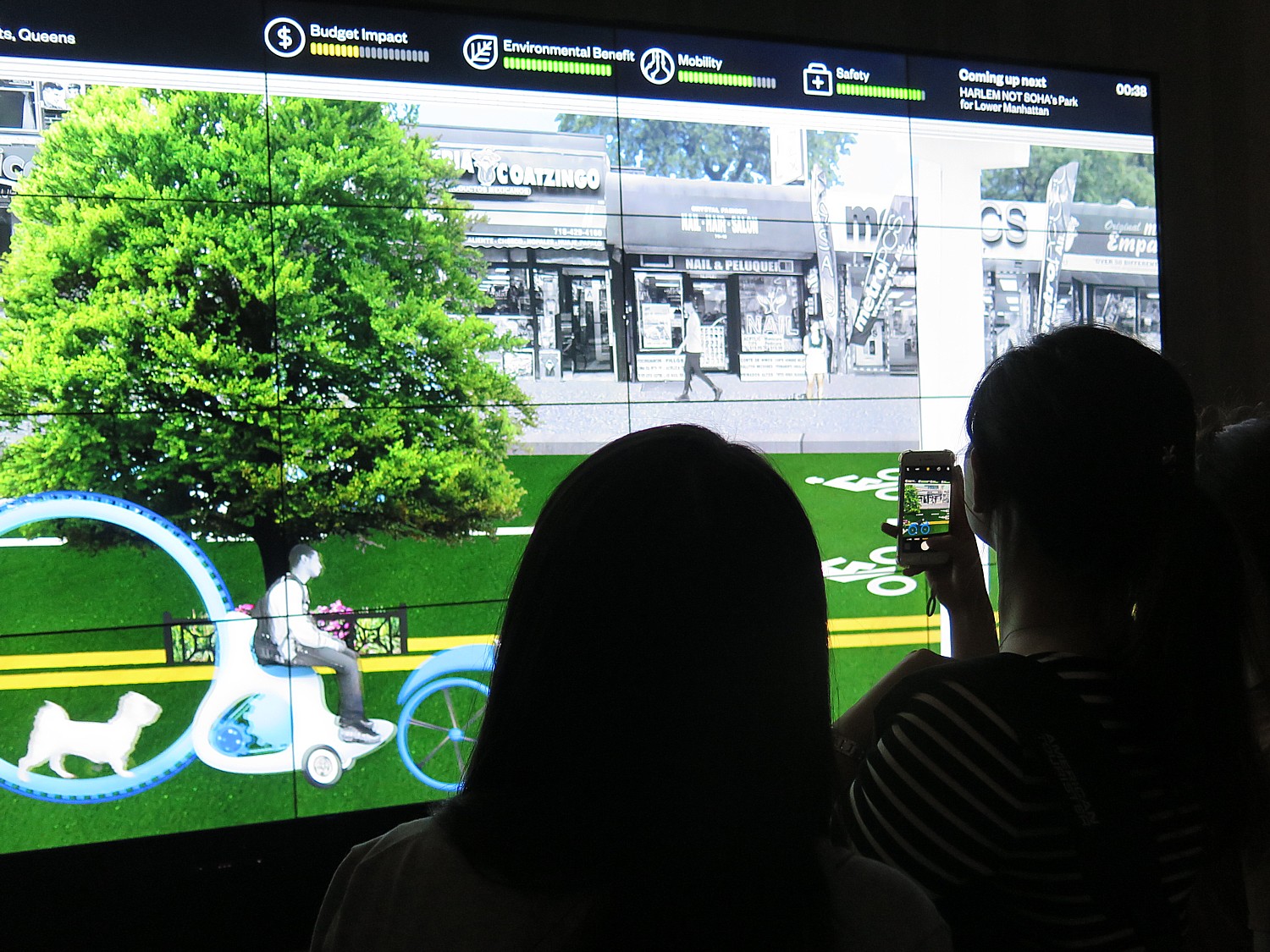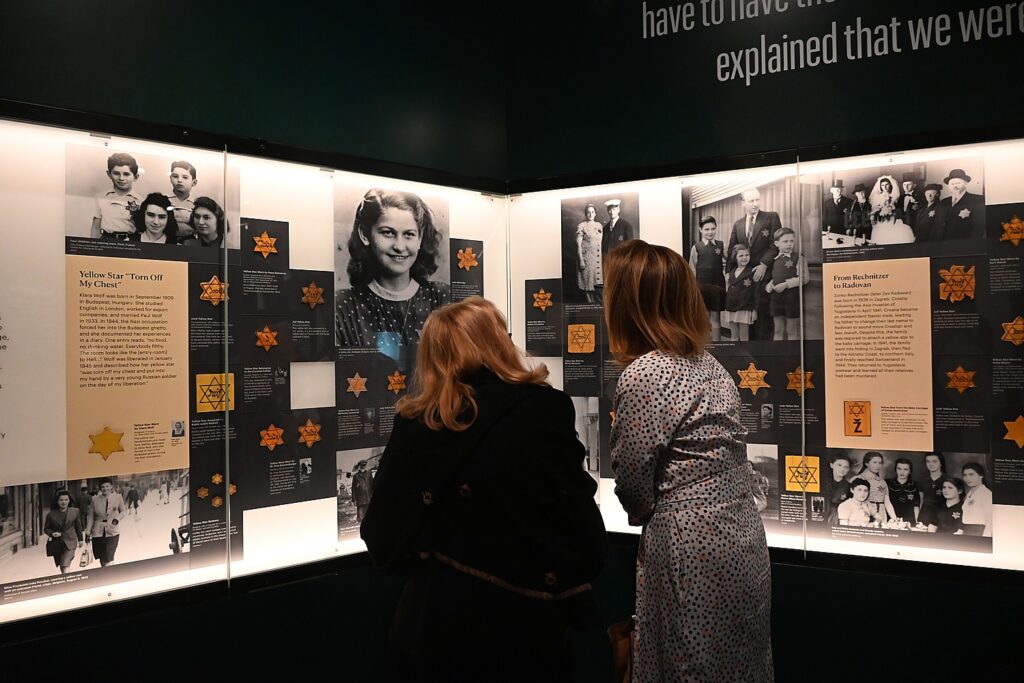
By Karen Rubin, Travel Features Syndicate, goingplacesfarandnear.com
The visit to the Museum of Jewish Heritage’s new exhibit, “The Holocaust: What Hate Can Do” kind of bookended for me my recent trip to Europe, where I started in Prague and visited the Jewish Quarter and Shoah Memorial, on through Dresden, Meissen, Wittenberg and Magdeburg t, into Berlin. In Dordrecht, Netherlands, I walked on a sidewalk with metal plaques recalling the names of the Jewish families taken from here, and onward to Amsterdam where I visited its Jewish Quarter, with its Holocaust Memorial and Jewish Museum (couldn’t get into the Anne Frank house though because tickets book up well in advance.)..
In this exhibit, I see the faces and personal effects of people who would have come from these places – a shaving brush that belonged to Yaacov Mordechai Satt in the Lodz ghetto has a hollowed out handle as a hiding place for a gold chain given to him by his mother; a piece of soap given to Esther Tikotzki to wash with after she was deported to Theresienstadt (Terezin), just outside Prague; a wooden ornament made by a pharmacist, later murdered at Auschwitz, given to Erika Jolinkova who was deported from Prague with her school friend Gertrude Jojtasova to Theresienstadt (Terezin).
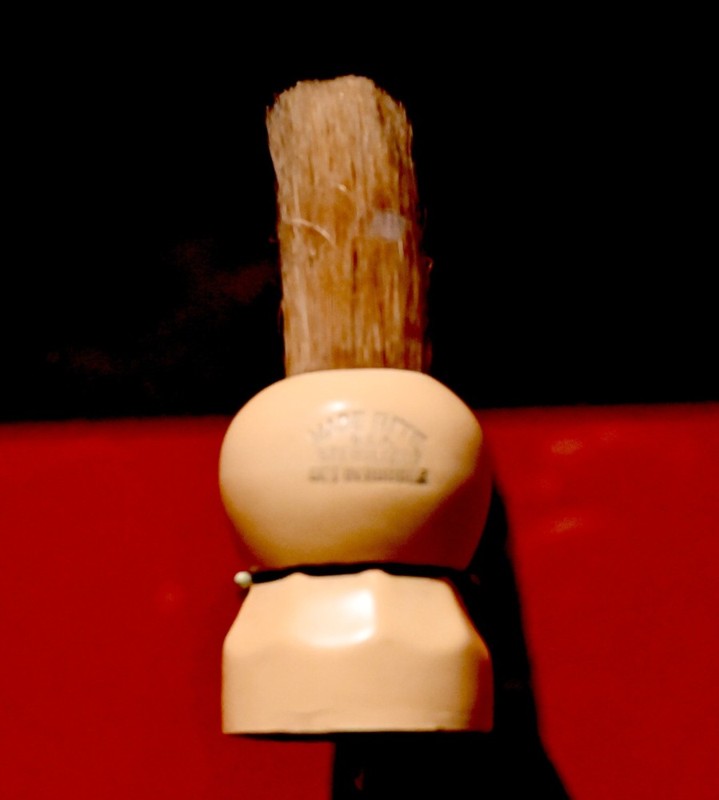
The Museum of Jewish Heritage is devoted to keeping alive the lessons of the Holocaust, which are resonating with all the more volume and pitch today. Putin’s brutal, torturous invasion of Ukraine. The Christo Fascist Supreme Court ending women’s reproductive freedom, autonomy and self-determination, immediately turning half the population into 3/5 of a person. Deciding cases based on Christian orthodoxy; overturning the Separation of Church and State, from Hobby Lobby to allowing a coach to proselytize to players. Marginalizing gays, criminalizing speech, banning books, an attempted violent overthrow of a democratically elected government. A record number of antisemitic hate crimes, as political terror, intimidation and violence take hold in mainstream political life.
What you realize as you go through the first floor of the exhibit is how the cancer takes hold – starting slow and steadily but the coup de gras coming even overnight. Women in the United States can now see this exhibit with different eyes, having gone to sleep believing they had freedom and equality and waking up second-class citizens, lacking bodily autonomy, self-determination and in some places, having their movements tracked and their ability to travel curtailed.
And implicit is the question of the choices and decisions that are made. “Who could have imagined?” can no longer be an excuse for standing by.
“Sadly, the exhibit has taken on new urgency: resistance, immigration, invasion taken on new meaning,” says Michael Berenbaum, consulting curator. “Solidarity in the wake of evil takes on new meaning. We thought this was ancient history. We little imagined how vital the message is in this day, in our time.
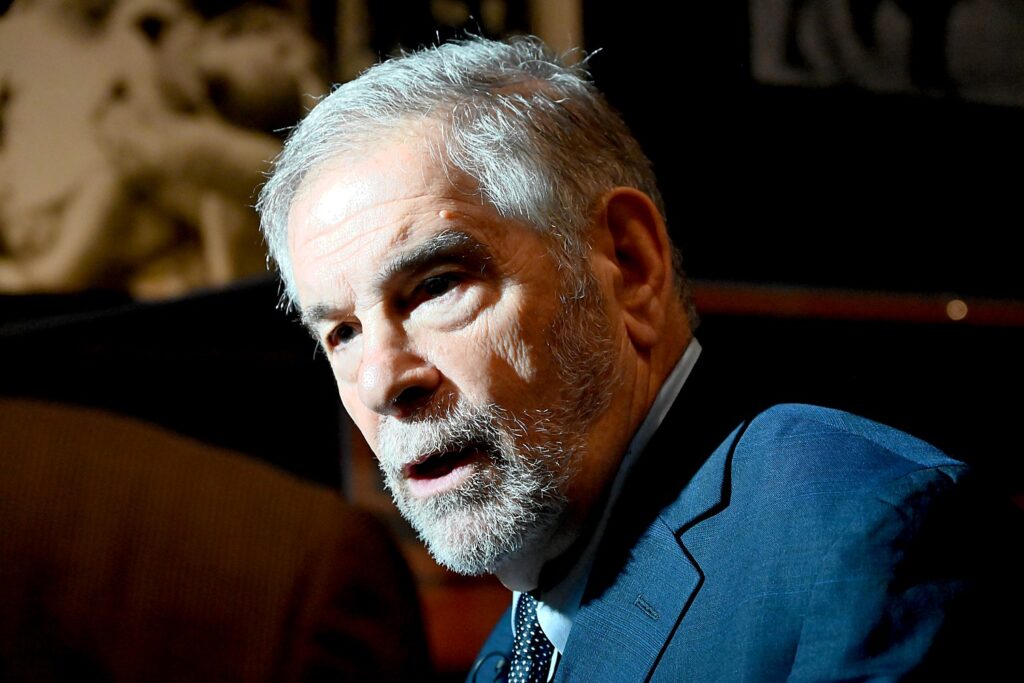
“Events that gave rise to Holocaust are thought to only be in the past, but echoes in our world. This reminds people…They understand more clearly what it means to fight for honor, to resist. They understand when seeing people fleeing for life, they need to be welcomed. If this causes people to think twice, to reflect, to imagine what you can do to make a better world, then we have succeeded,” Berenbaum says during a press preview.
This major new exhibition at the Museum of Jewish Heritage – A Living Memorial to the Holocaust that has just opened, The Holocaust: What Hate Can Do offers an expansive and timely presentation of Holocaust history told through personal stories, objects, photos, and film—many on view for the first time.
The 12,000-square-foot exhibition features over 750 original objects and survivor testimonies from the Museum’s collection. Together, these objects tell a global story through a local lens, rooted in objects donated by survivors and their families, many of whom settled in New York and nearby places, which is resonating with eerie and frightening relevance today.
In keeping with the Museum’s mission to educate people of all ages and backgrounds on the broad tapestry of Jewish life before, during, and after the Holocaust, the exhibition features countless beginnings, middles, and too many endings that make up the stories of The Holocaust: What Hate Can Do. Each room, and each object, contains generations of experiences and information about who Jews are, what sustains Jewish communities, and what life was like during the period of European modernization, World War I, and the political and social movements that brought about the rise of the Nazi Party. Within the Holocaust experiences of legalized racism and fascism, pogroms, ghettos, mass murder, and concentration camps are instances of personal and global decision-making, escape, resistance, and resilience, and ultimately liberation and new beginnings.
“The title of our new exhibition speaks to our institution’s very reason for being,” says Museum President & CEO Jack Kliger. “Antisemitism and fascism are again on the rise throughout the world. Right here in New York, we have witnessed not only a surge in antisemitism but an uptick in violence and harassment targeting many marginalized groups. The time to speak out and act is upon us, and it is urgent. We hope The Holocaust: What Hate Can Do will educate and inspire our visitors and honor those who perished in the Holocaust, whose memories are a blessing.”
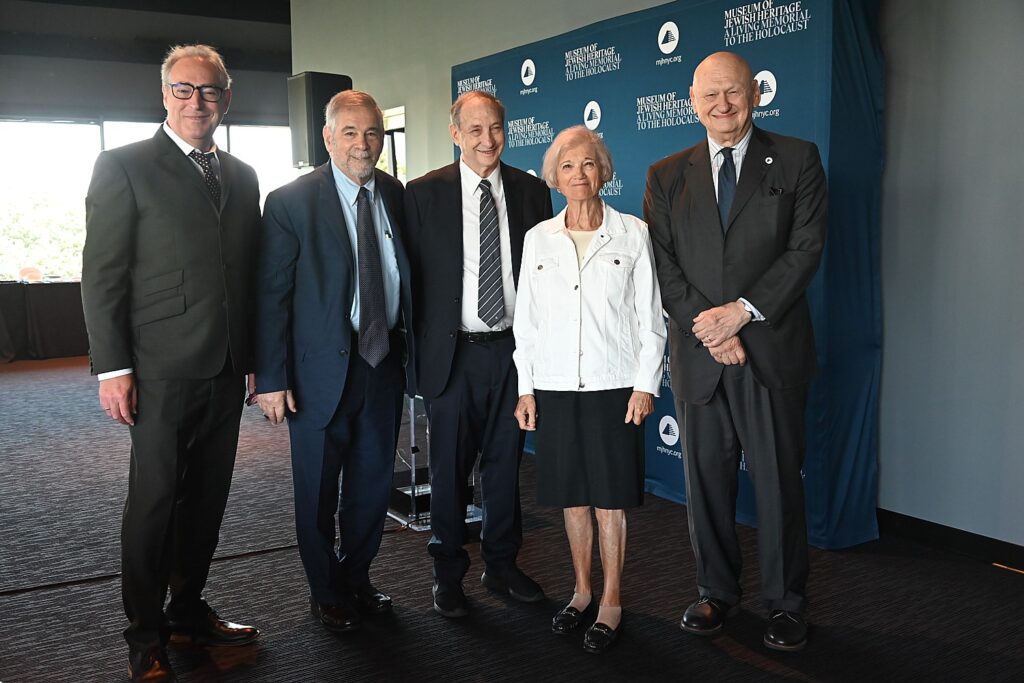
Paul Salmons, consulting curator and creative developer of the digital guide that accompanies the exhibit, and is available to all on Bloomberg Connects, raises the question of “what was known, what choices, what decisions, what significance of their action. The Holocaust is not a story of faceless victims or bystanders. It is a profoundly human story. That was our challenge when we created the audio guide. The intensely personal stories behind the artifacts, the documents, the personal stories of ordinary people living through extraordinary times.”

Indeed, so many of the objects on view are those everyday items –an engagement ring fashioned from a silver spoon given by Eli Rigman to Henny Rosenbaum on August 22, 1943, to mark their engagement while they were imprisoned in the Riga ghetto. She kept it on even after Eli was killed cleaning minefields, even as she was deported to several camps and during forced labor in 1944, her fingers swelled from the cold causing the ring to crack, even so, she kept the engagement ring on”. There is a photo that brings chills, of the happy couple celebrating with their friends, another photo of Henny Rosenbaum from 1937 shows this happy young woman.
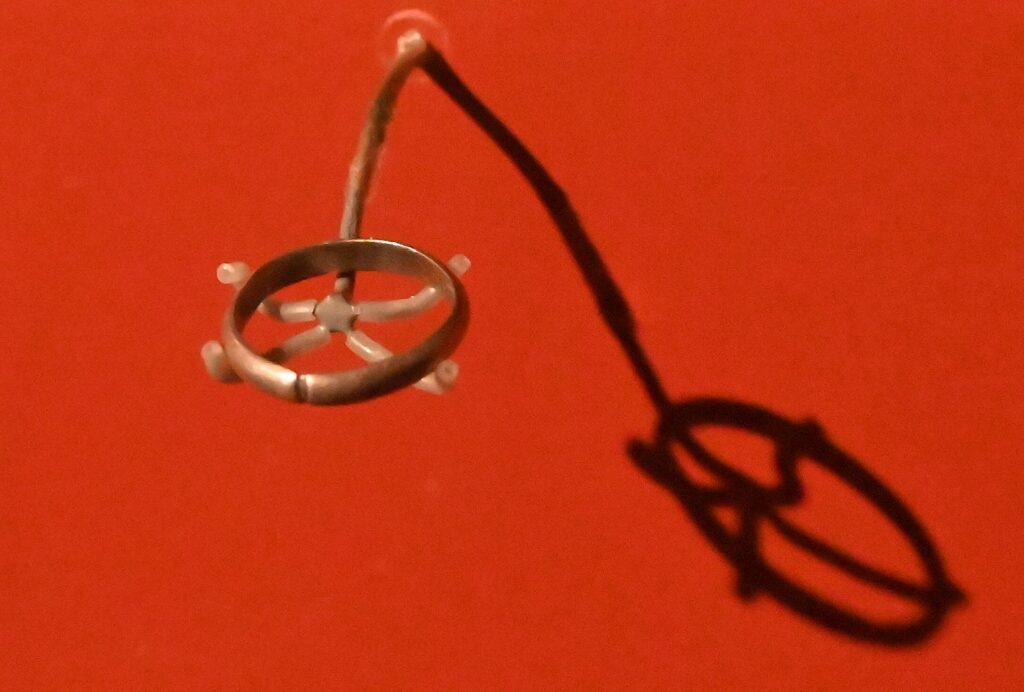
They create a thread for the visitor to follow one family – the bag used to scavenge scarce food in the ghetto, the cooking pot the family used. The wonder is how they were able to trace back these objects to the people, connect with their stories, even photographs.
“We address common myths and misconception that Jews didn’t fight back or resist.” On display is a shirt that one of the freedom fighters wore in the forest – there were 30,000 Jewish partisan fighters in the forests of Eastern Europe. They fought the German occupation and rescued Jews – 1200 Jewish refugees lived in one camp which had its own medical center and school.

They fought back and resisted in other ways, as the exhibit shows. Fighting the dehumanization, they fashioned ID bracelet; a Star of David necklace made by Margit Rosenfeld in Auschwitz using material from the inside of her shoes and brown thread from her garments. “Something of their identity, their past life in a place of utter dehumanization.” They also secretly observed religious service, taught school, some were able to create art, music.
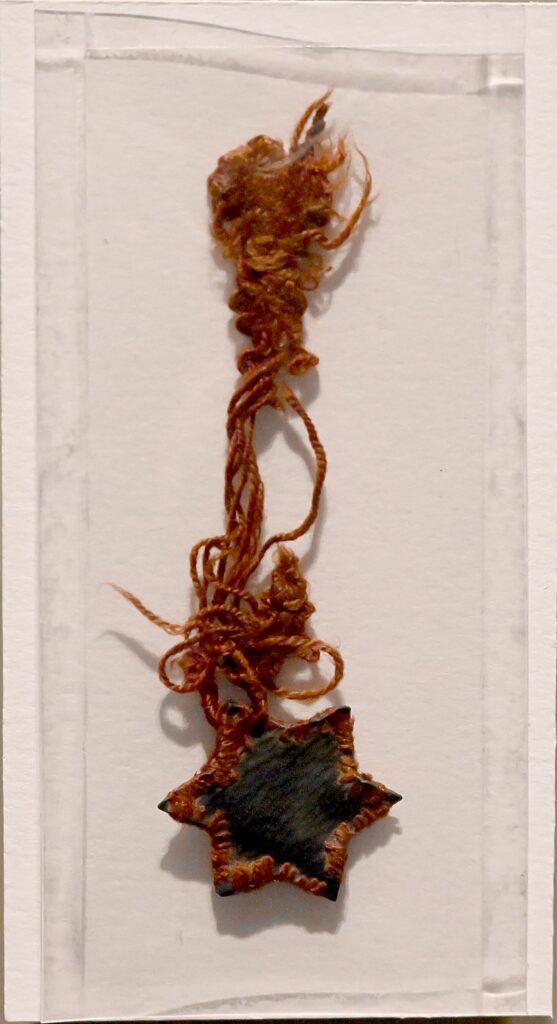
The films that have been made, the powerful survivors testimony, and the audio notes narrated by … are available to museum goers as well as people who do not personally visit, on Bloomberg Connects app, which can be downloaded for free. The Bloomberg Connects partnership allows access to the museum’s collections and educational resources. “The partnership demonstrates the commitment of the museum to make this vital story accessible.”
Toby Levy, a Holocaust survivor and a member of the museum’s Speakers Bureau, relates, “The year I was born, in Poland (now Ukraine, near Lebov), was the same year Hitler came to power. Jews lived in this place for 1000 years. Life was OK. My father was a merchant – I don’t remember much. We lived nicely until 1939. In a divided Europe, our part was in Russia. But in 1941, Germany broke the pact. We tried to run, but there was no place to run. We were locked in and out. No help from anywhere, especially in my part of Poland. The first day the Germans walked in, they made it clear who they are and who we are and where we’re going.
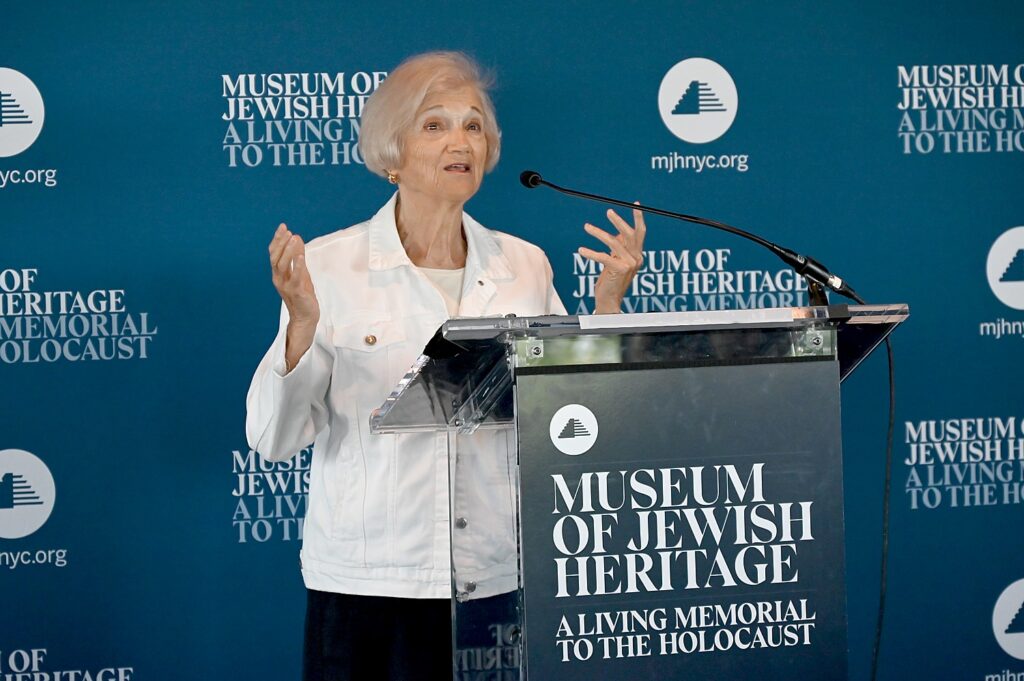
“My father realized immediately that none of us will make it, even though my father had been a German soldier in World War I. He realized these weren’t the same Germans, that the Germans were lying. Germans used the language of deception when they said they would relocate Jews. There were 5000 Jews in our town. Some say Jews followed like sheep. But we had no place to go.
“My father approached many people to try to find someone who would hide us. Stephanie Struck said she would. We were a family of four, then my aunt and uncle and their children, grandparent, we became 9 people. Two Ukrainians saved 9.” The family remained in hiding in her barn from 1942-1944.
“In hiding, my father talked had a tallit and whatever money he had; he gave material to Stephanie for food. We were four children – 4, 6, 8, 12 years old. I was 8. My father tried to teach us not to hate. “Hate will bring you to where you are today. Be kind, be moral, be a good person.”
“I have my revenge,” she says. “I am alive, enjoying my life, have Jewish children, grand children, great grand children.”
But she warned that antisemitism is very much revived. I’m scared now, not for me – I’m old – but for my children, grandchildren. Everyone must become a witness. Be a witness for me when I’m gone. Understand what it is to be antisemitic. That’s how started in Germany – language, media has to understand what anti-Semite is. Colleges are full of it. Our children are not prepared because they take for granted [religious freedom in the United States].”
Indeed, one of America’s great historic figures, a leading capitalist, Henry Ford, was a leading proponent and propagandist for antisemitism. I knew he was an anti-Semite but did not realize that he propagated antisemitism through his newspaper, in which he serialized the Protocols of the elders of Zion.
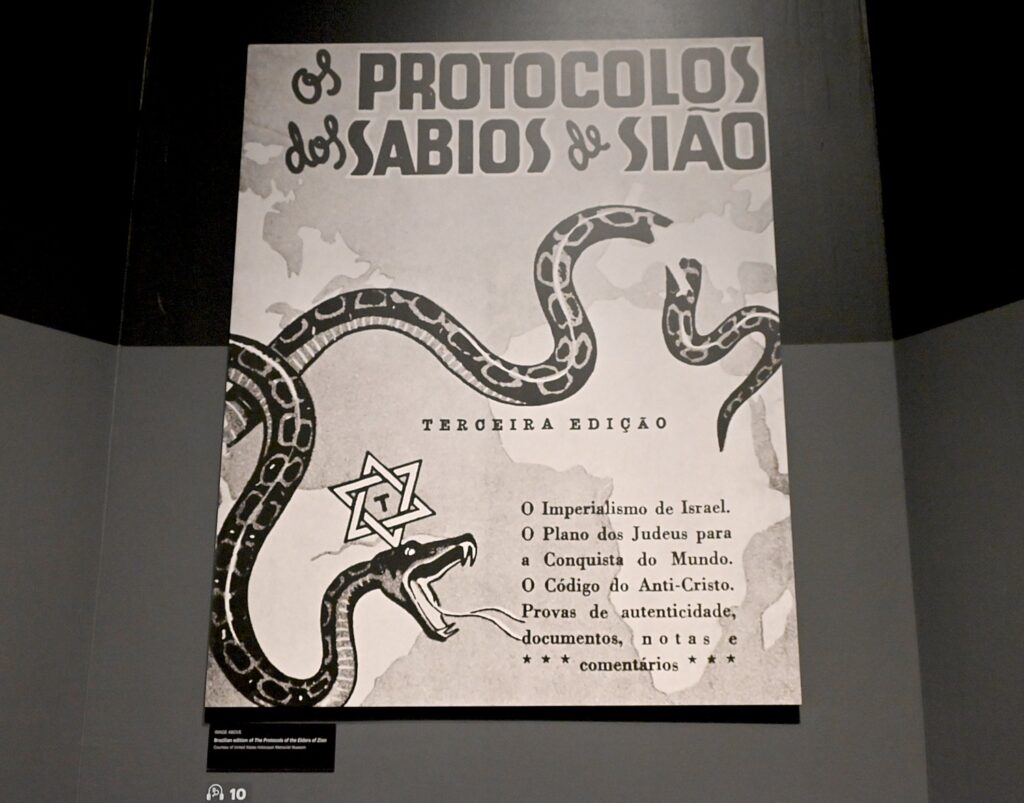
“The Protocols of the Elders of Zion fabricated records detailing secret meetings of Jewish leaders planning world domination – is the most widely circulated antisemitic text of modern times,” the notes that accompany copies say. Plagiarized from a 19th century French book unrelated to the Jews, Protocols (author unknown) it was first published in Russia at the turn of the 20th century. In 1920 Henry Ford used it as the basis for ‘The International Jew’ article series in his newspaper. In 1938, American priest Father Charles Coughlin serialized The Protocols in new newspaper, ‘Social Justice,’ and the book played an important role in the Nazis’ antisemitic propaganda campaign. “Some still believe its claims today.” Indeed, the imagery of an international Jewish cabal of financiers and media moguls is being used by MAGA candidates and elected and is so often connected to charges of those who advocate for social justice and economic opportunity as socialists and communists.
So it is understandable why Henry Ford, a pioneering industrialist, would embrace anti-Semitism.
The exhibit notes, “Antisemitism flourished in early 20th century America. The Great Wave of Immigration (1881-1914) brought 2.2 million Eastern European Jews to America, fleeing persecution and seeking opportunity. They were often met with suspicion, and even violence. The 1917 Russian Revolution raised fears of Jewish immigrants being internationalists and Bolsheviks. In 1915, an Atlanta mob hung Leo Frank, accused of murdering a 13-year old girl. During the 1920s, the Ku Klux Klan targeted Blacks, Catholics and Jews. Car manufacturer Henry Ford published the International Jew in his Dearborn Independent newspaper. Based on the Protocols of the Elders of Zion, which described an international Jewish ruling conspiracy, the article series alleged such a conspiracy was infiltrating America. It ran from 1920 to 1924, reaching hundreds of thousands of readers.”
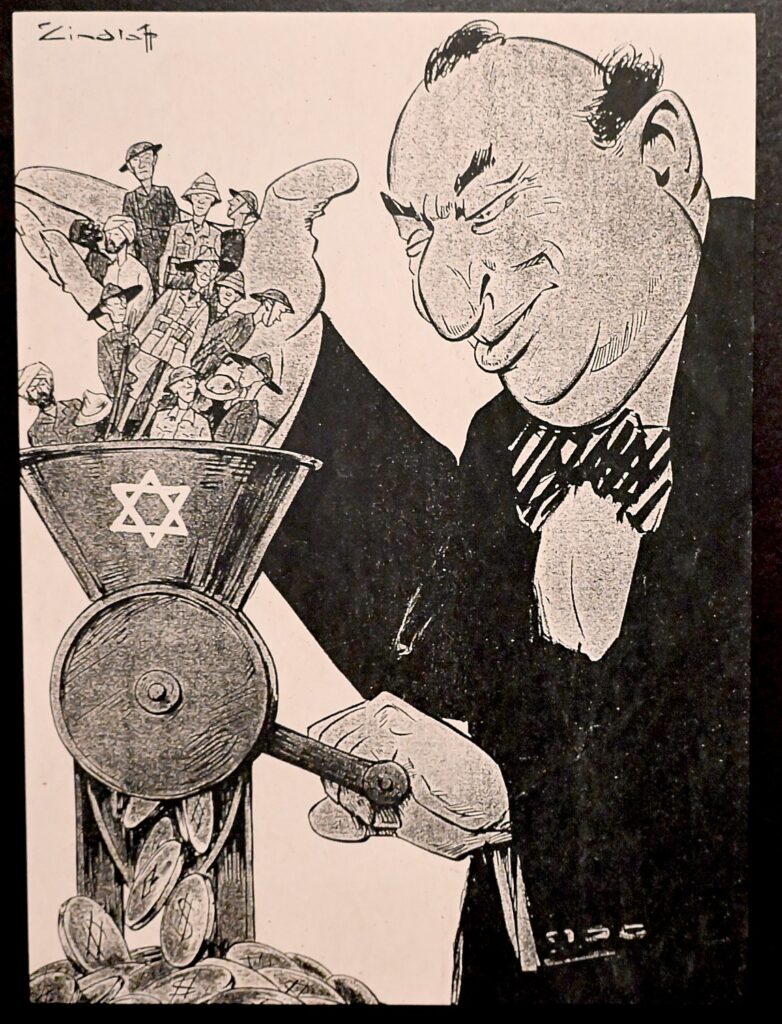
(Also on view is a letter of apology that Henry Ford was forced to write under a legal settlement after being sued by for by Jewish publisher Herman Bernstein for libel against himself and against the Jews of America. See https://mjhnyc.org/blog/herman-bernsteins-fight-for-truth/).
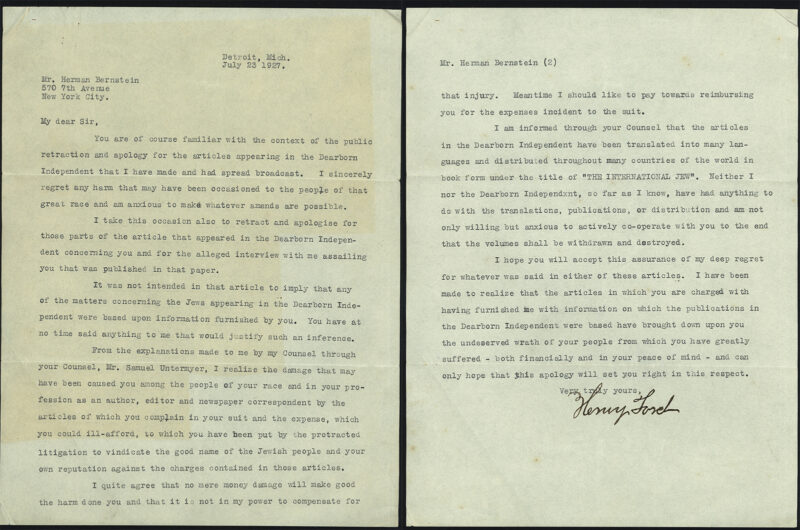
It is an important exercise to see how antisemitism is cultivated, developed, spread and used as a weapon of power – the theme that dominates the first floor of the exhibit – and then the effect on ordinary people, how their lives are upended, a dominant theme of the second-floor of the exhibit.
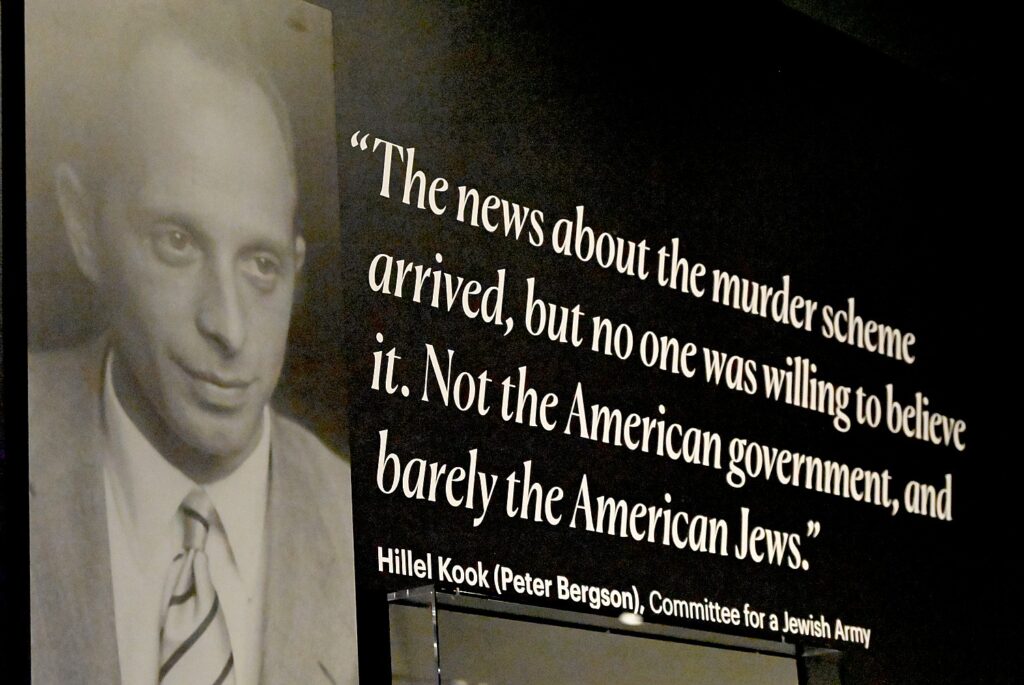
But there is a flip side – the story of resilience, resistance and survival – and ultimately the responsibility of the others – the leaders of other countries, the foundations and organizations, the bystanders. The exhibit concludes with the formation of Israel, the immigration of Jews to America and other places, the Nuremburg trials which were supposed to make Hitler-wannabes think twice.
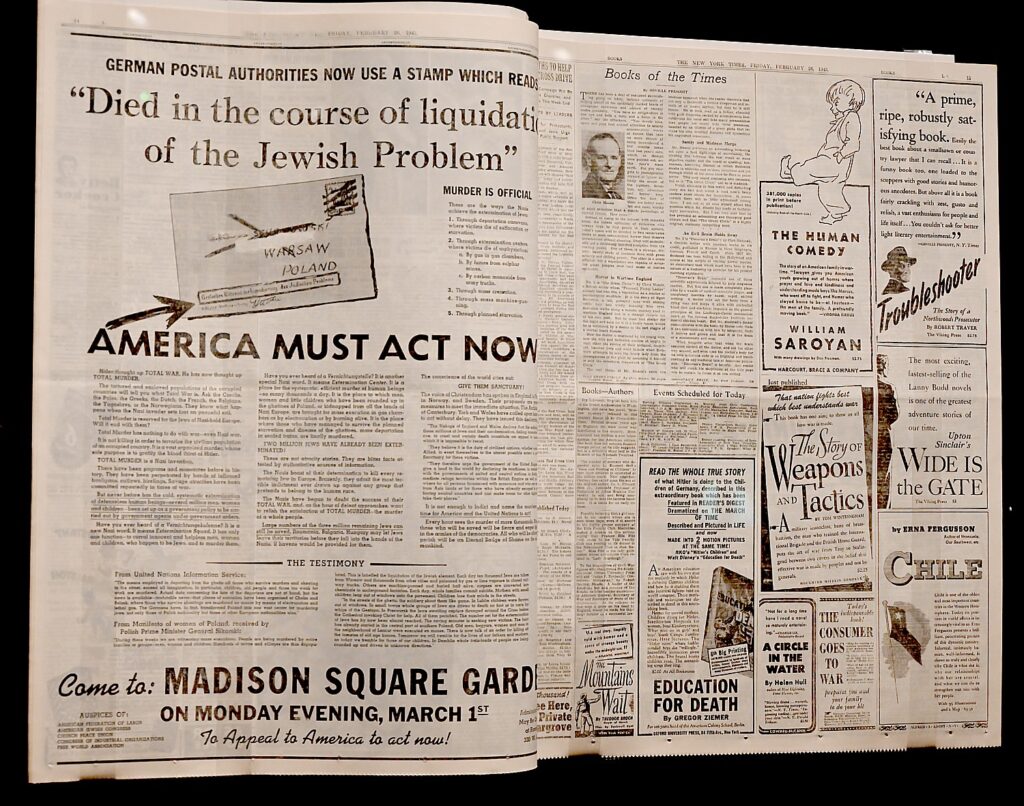
I learn for the first time of the Ritchie Boys – German-Jewish refugees, originally considered “enemy aliens” who were recruited to be an advanced intelligence combat unit. Trained at Fort Ritchie, Maryland, they were returned to Europe where they had just escaped, risking their lives to use their linguistic and cultural skills for combat, interrogation and lie detection. They fought in major battles and succeeded in gleaning tactical information from captured German soldiers. After the Allied victory, the Ritchie Boys interrogated thousands of war criminals and civilians. We meet “Ritchie Boy” Fred Neumann who emigrated to the US in the 1930s, enlisted in 1942, and worked as an interrogator and investigated the Ohrdruf and Buchenwald concentration camps.
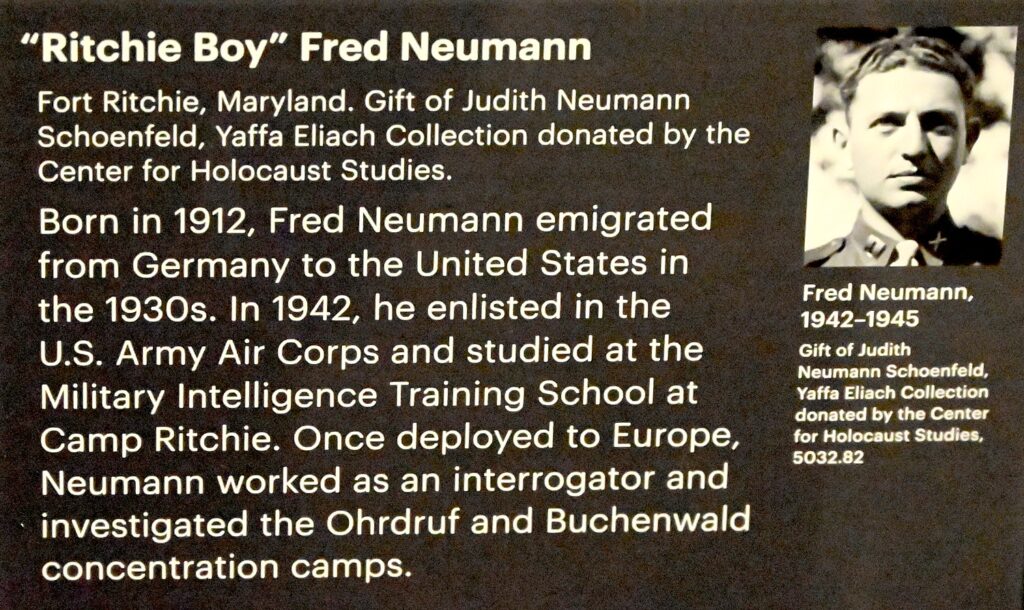
“Working on The Holocaust: What Hate Can Do has been one of the high points of my professional career,” says co-curator Judith Tydor Baumel-Schwartz, Professor and Director of Holocaust Research in the Department of Jewish History and Contemporary Jewry at Bar-Ilan University in Israel. “As a historian specializing in the Holocaust, I have always taught my students, through stories and documentation, about what happened, and why it happened. Here, for the first time, I can actually show people how it happened and to whom it happened through hundreds of objects and graphics, most from the Museum’s collection, via the stories of the people behind the artifacts, through wall texts and an audio guide, documentary films and survivor testimonies, all put together in a unique and thought-provoking display. The Holocaust may be part of the past, but hatred, and what it can do, are very much part of our present. This path-breaking exhibition serves as a stark reminder of what can happen if that hatred is not stopped in time.”
The exhibition was curated by a team of esteemed Holocaust scholars, historians, and Museum curators that included Professor Baumel-Schwartz, Scott Miller, Ilona Moradof, and Rebecca Frank, and consulting curators Professor Michael Berenbaum and Paul Salmons. The Scholars Advisory Group included Dr. Mehnaz M. Afridi, Dr. Charles L. Chavis, Jr., Rabbi Sholom Friedmann, Atina Grossman, and Paul Wasserman.
“It is a particular point of pride for our institution that this exhibition gives new life to the Museum’s collection. The hundreds of artifacts, many of them donated by survivors, that visitors will experience were all donated to our institution with extraordinary trust and vision, and we are grateful. Each offers up its own story, and together these artifacts present an irrefutable record of history,” says the Museum’s Chairman of the Board of Trustees, Bruce Ratner.
The Holocaust: What Hate Can Do is the Museum’s first exhibition to open in its core galleries since its award-winning and widely acclaimed Auschwitz. Not Long ago. Not far away. concluded last spring.
“We are proud and honored to be long-time supporters of The Museum of Jewish Heritage, an eternal memorial to those who perished, but also a beacon of hope: the hope that through learning from history we can avoid repeating the tragedies of the past. We are privileged to support this important new exhibition and the expansion of the Museum’s vital educational mission,” says Lily Safra, Chairwoman of the Edmond J. Safra Foundation, a lead funder of the exhibition.
“The Holocaust: What Hate Can Do is an important exhibit, highlighting the impact of unchecked hatred. It is imperative that future generations understand that the Holocaust was not only a state-sponsored murder of the Jews but was, in many cases, also a communal act of complacency. Only through education can we begin to understand the outcomes bigotry and social silence inflicted on the Jewish people during the Holocaust. It is our job to give voice to the 6 million Jews who were murdered in that annihilation and to help future generations avoid the same complacency,” says Gideon Taylor, President of the Conference on Jewish Material Claims Against Germany, a lead funder of the exhibition.
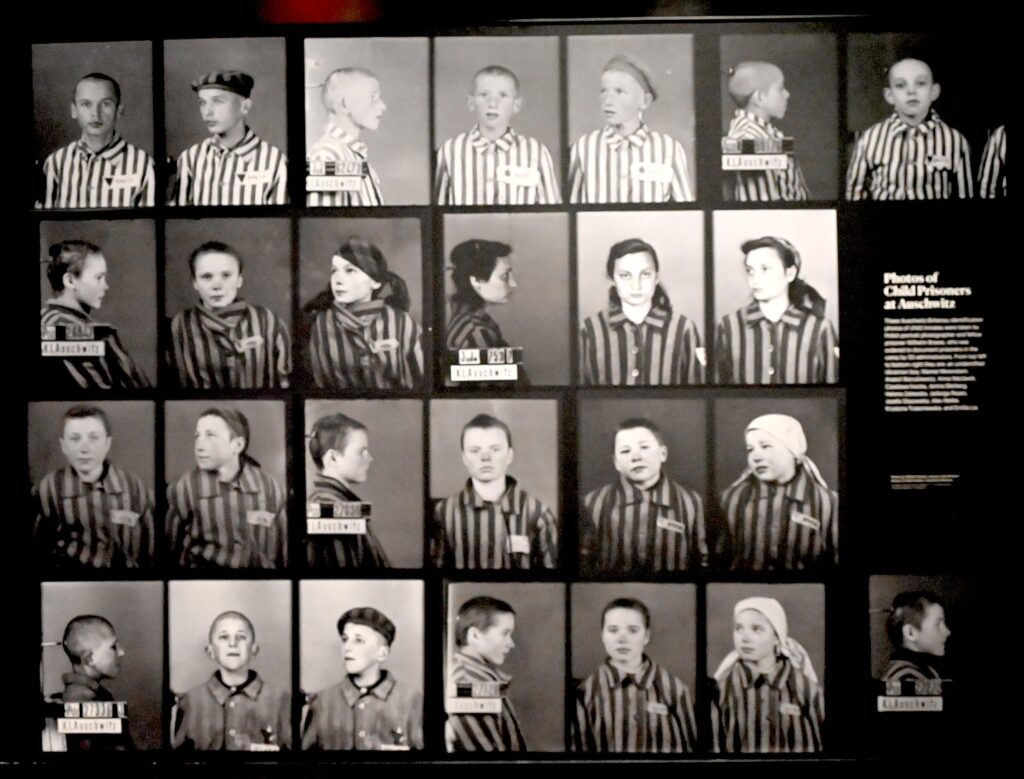
“We were eight brothers and one sister with loving parents; only me and my brother Yankel survived. I am from Lodz and was in the Lodz and Warsaw ghettos, the Deblin and Auschwitz death camps, and on the death march from Magdeburg. As a survivor, number 189897, I feel a responsibility to teach the lessons of the Holocaust—that hate is an insidious murderer of humanity. May we never forget those who perished in the Holocaust, and may we always be courageous in standing up to hate. This is why I am so happy to support the work that the Museum of Jewish Heritage is doing, especially in such an important city like New York, that embraces its diversity as a strength,” says benefactor David Wiener.
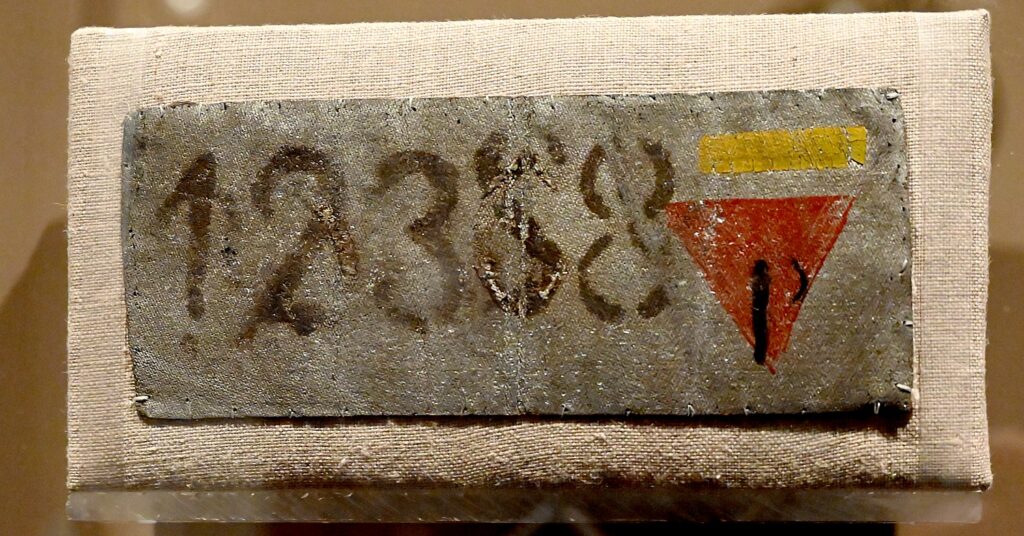
“Eighty years ago, on May 29,1942, my great grandparents Berel and Sara Fish Hy”d and Velvel and Zissel Poltorak Hy”d perished in mass shootings alongside 287 other Jewish families (over 800 people), all of whom were relatives and friends in Yanushpol (renamed Ivanapol after the War), Ukraine,” says Eli Gurfel, a major donor. “I honor their memories with my support of the Museum of Jewish Heritage, and the importance it places on diverse Holocaust scholarship to broaden Holocaust awareness and education. As Elie Weisel said, ‘Whoever listens to a witness, becomes a witness.’ Especially given current events in Ukraine, my hope is visitors will see this exhibition and come away with broader understandings of what happens when hate and bigotry go unchecked.”
The audio tour guide accompanying the exhibition, available for download through the free Bloomberg Connects app, features narration from actress Julianna Margulies, winner of eight Screen Actors Guild Awards, three Primetime Emmy Awards, and a Golden Globe, and Eleanor Reissa, the Tony-nominated director, Broadway and television actress, prize-winning playwright, author of the memoir “The Letters Project: A Daughter’s Journey,” and former artistic director of the National Yiddish Theatre Folksbiene. Anthony Mordechai Tzvi Russell, acclaimed vocalist and Yiddishist, and actress Lauren Lebowitz are also featured on the audio guide, for which Paul Salmons Associates provided creative development (Paul Salmons, tour concept and historical interpretation; Leah Kharibian, scriptwriter).
The Holocaust: What Hate Can Do is made possible with leadership support from The Conference on Jewish Material Claims Against Germany, The Oster Family, Patti Askwith Kenner and Family, Edmond J. Safra Foundation, and Evelyn Seroy in memory of her parents Julius & Ruth Eggener.
For more information or to purchase tickets, click here ($18/Adults, $12 ADA/Access, Seniors, Students, Veterans; FREE to children under 12 and NYC DOE K-12 students; FREE to Holocaust Survivors, active members of the military, first responders).
Museum hours: Sunday, Wednesday, Friday: 10AM to 5PM; Thursday: 10AM to 8PM; closed on all other days, on Jewish Holidays, and on Thanksgiving.
A Living Memorial to the Holocaust
The Museum of Jewish Heritage – A Living Memorial to the Holocaust is New York’s contribution to the global responsibility to never forget. The Museum is committed to the crucial mission of educating diverse visitors about Jewish life before, during, and after the Holocaust. The third-largest Holocaust museum in the world and the second-largest in North America, the Museum of Jewish Heritage anchors the southernmost tip of Manhattan, completing the cultural and educational landscape it shares with the Statue of Liberty and Ellis Island.
The Museum of Jewish Heritage maintains a collection of almost 40,000 artifacts, photographs, documentary films, and survivor testimonies and contains classrooms, a 375-seat theater (Edmond J. Safra Hall), special exhibition galleries, a resource center for educators, and a memorial art installation, Garden of Stones, designed by internationally acclaimed sculptor Andy Goldsworthy. The Museum is the home of National Yiddish Theatre Folksbiene and JewishGen.
In addition to The Holocaust: What Hate Can Do, also on view is Boris Lurie: Nothing To Do But To Try, a first of its kind exhibition on the 20th century artist and Holocaust survivor on view through November 6, 2022.
Each year, the Museum presents over 60 public programs, connecting our community in person and virtually through lectures, book talks, concerts, and more. For more info visit: mjhnyc.org/events.
The Museum receives general operating support from the New York City Department of Cultural Affairs and New York State Council on the Arts.
Museum of Jewish Heritage – A Living Memorial to the Holocaust, 36 Battery Place, New York City, mjhnyc.org,646-437-4202.
__________________________
© 2022 Travel Features Syndicate, a division of Workstyles, Inc. All rights reserved. Visit goingplacesfarandnear.com, www.huffingtonpost.com/author/karen-rubin, and travelwritersmagazine.com/TravelFeaturesSyndicate/. Blogging at goingplacesnearandfar.wordpress.com and moralcompasstravel.info. Visit instagram.com/going_places_far_and_near and instagram.com/bigbackpacktraveler/ Send comments or questions to [email protected]. Tweet @TravelFeatures. ‘Like’ us at facebook.com/NewsPhotoFeatures
